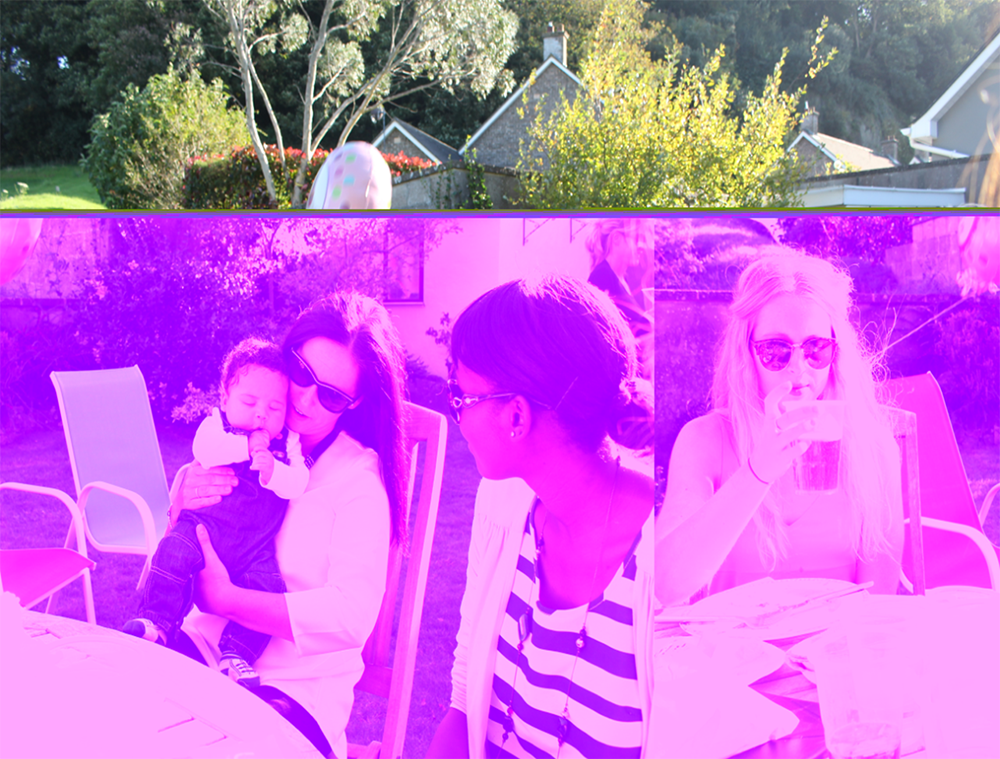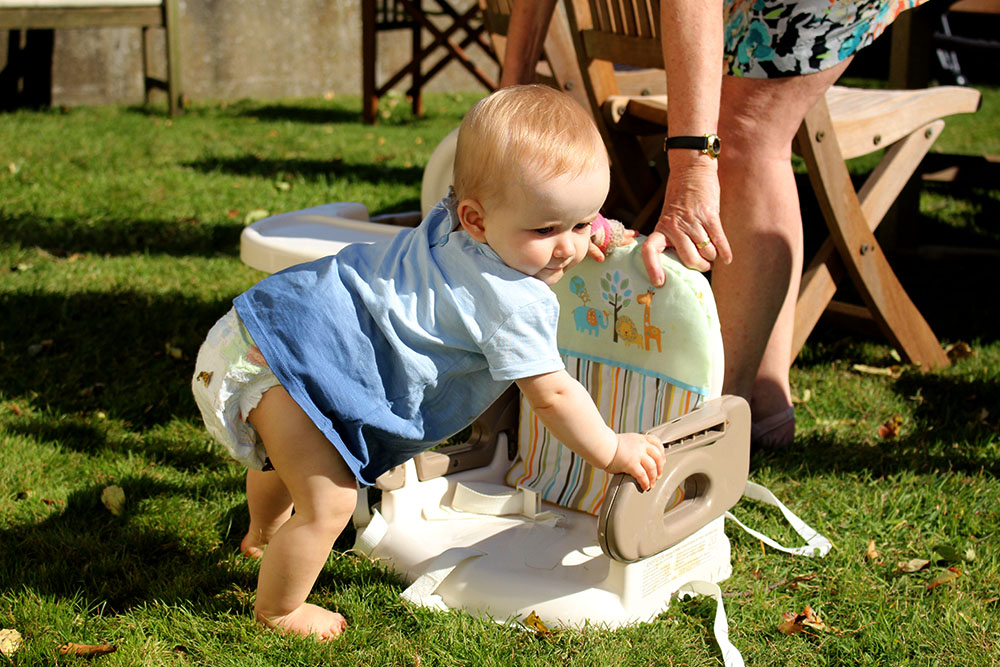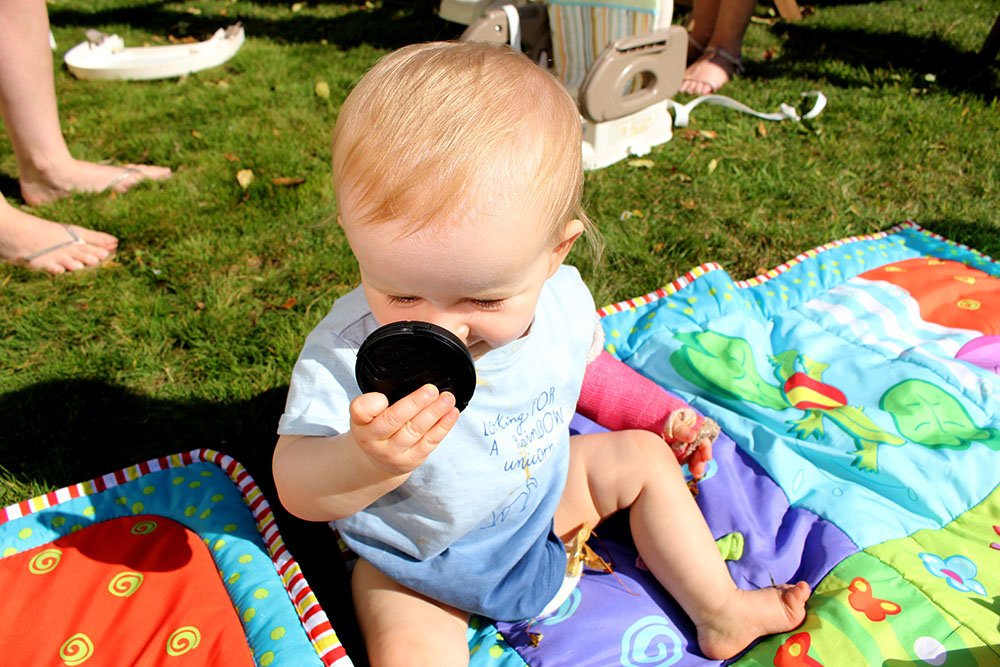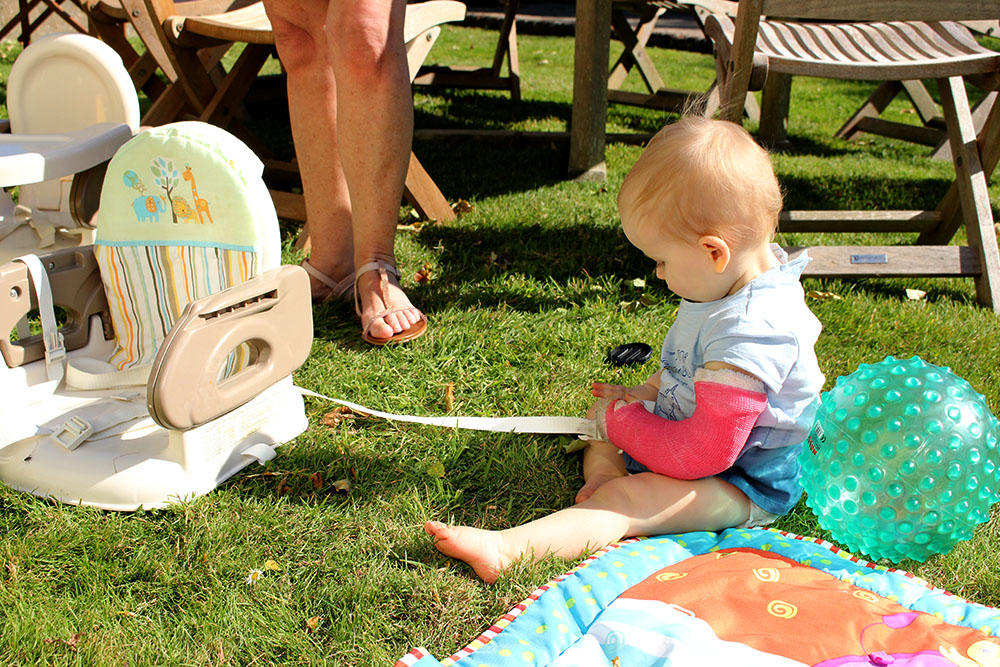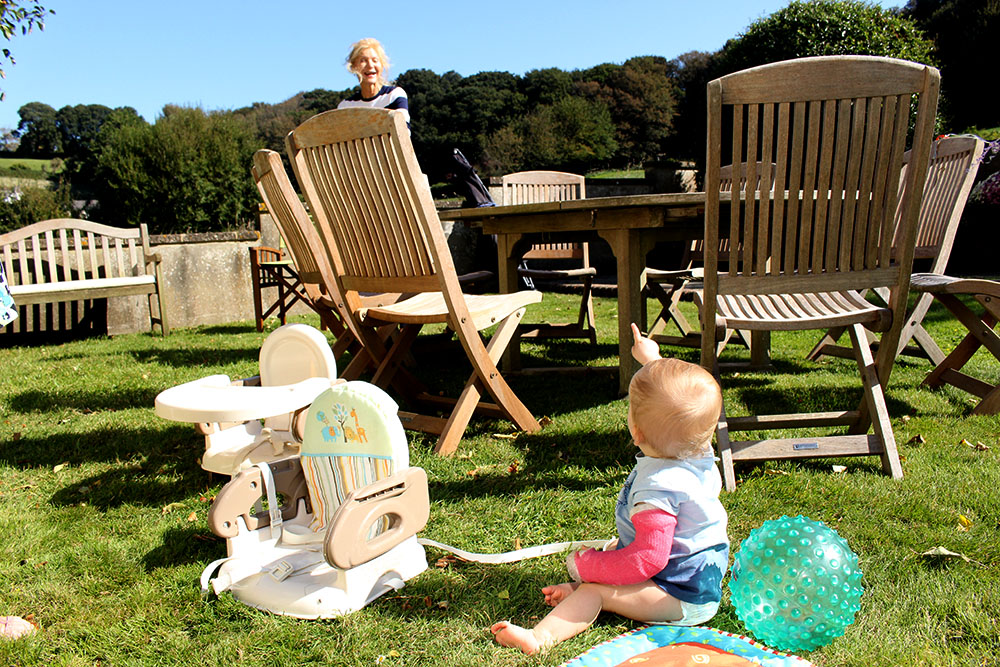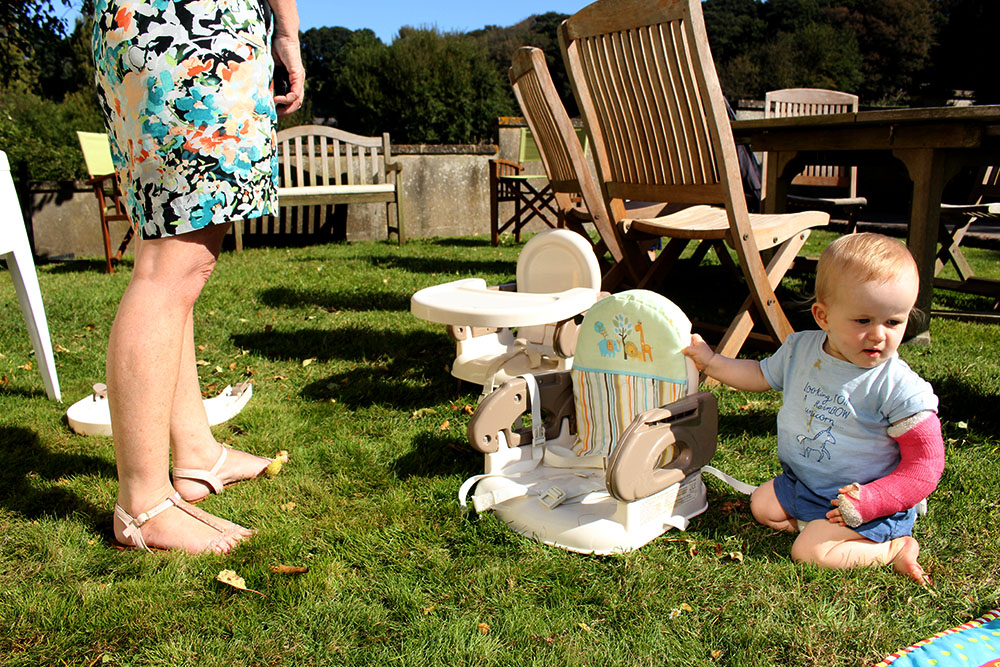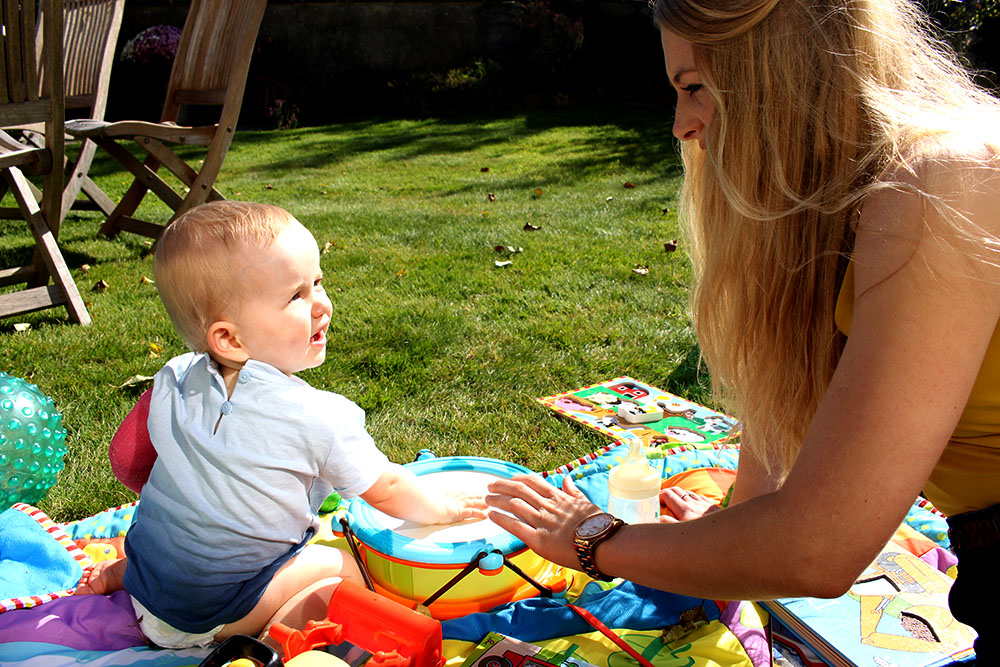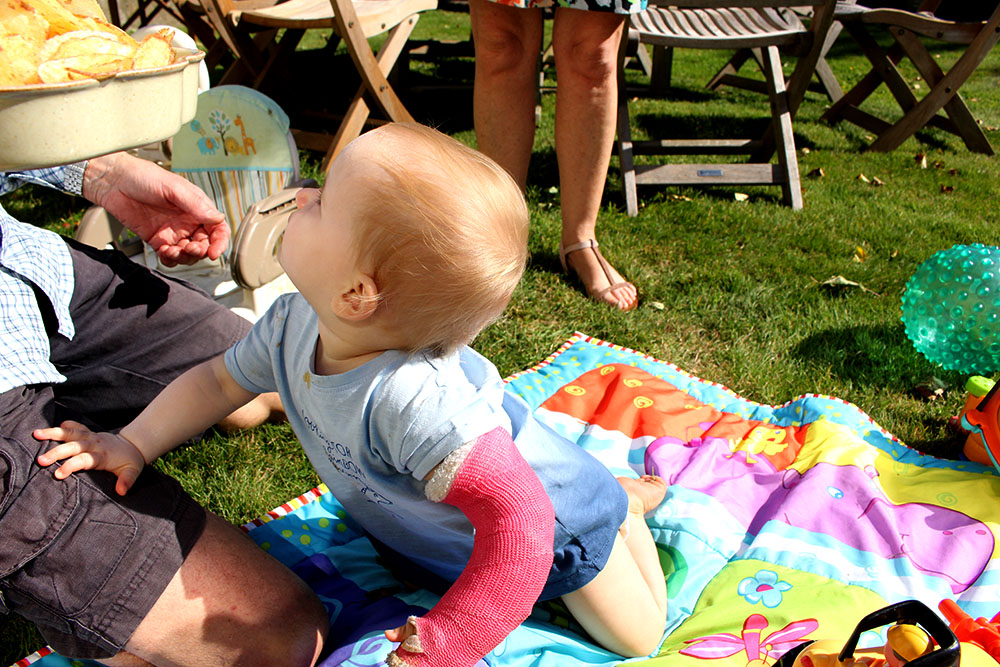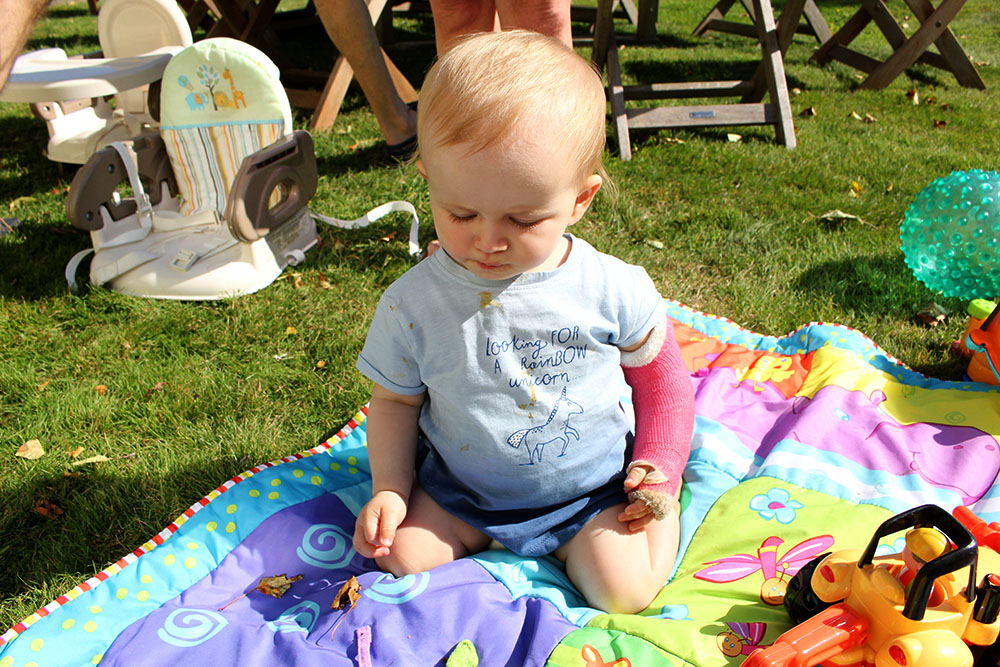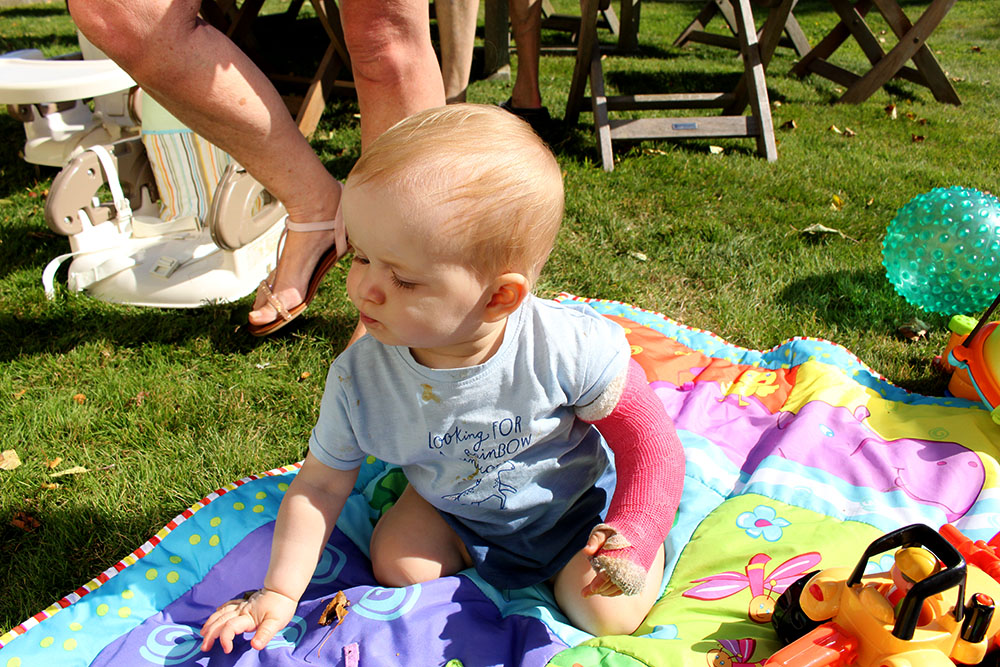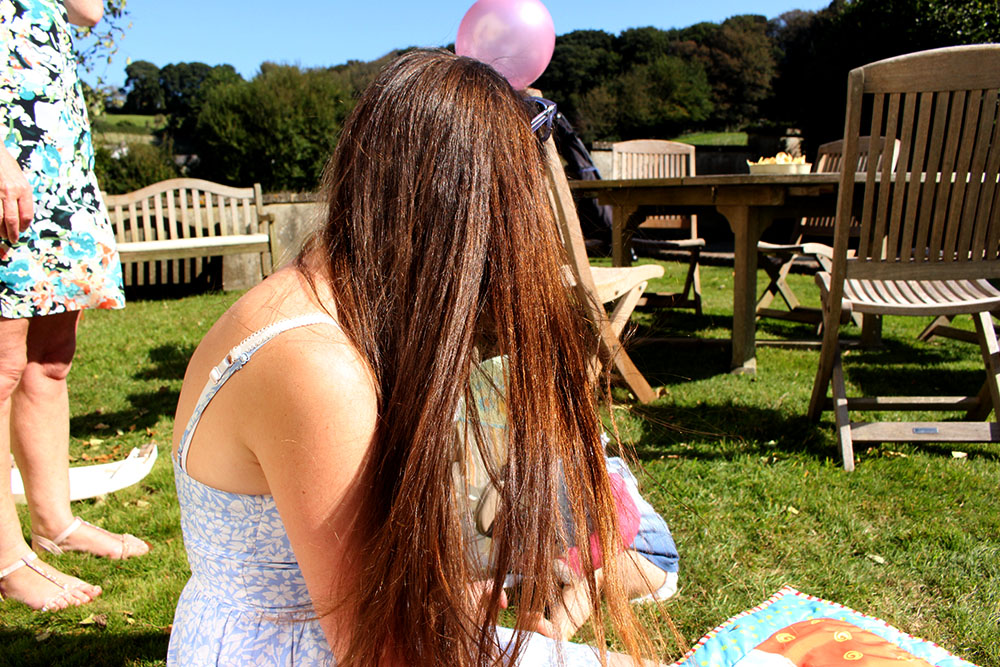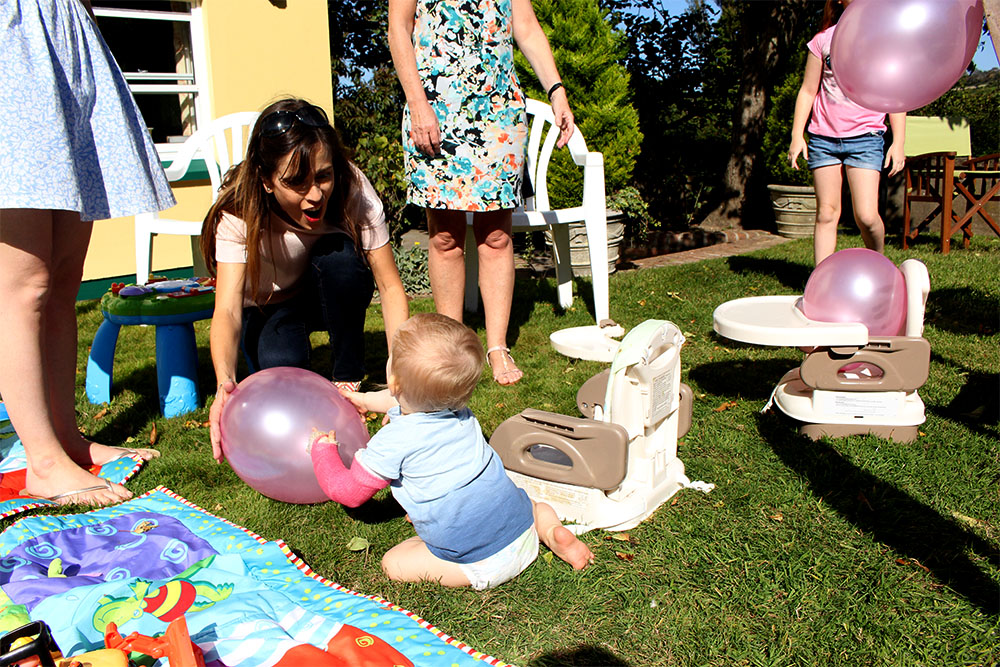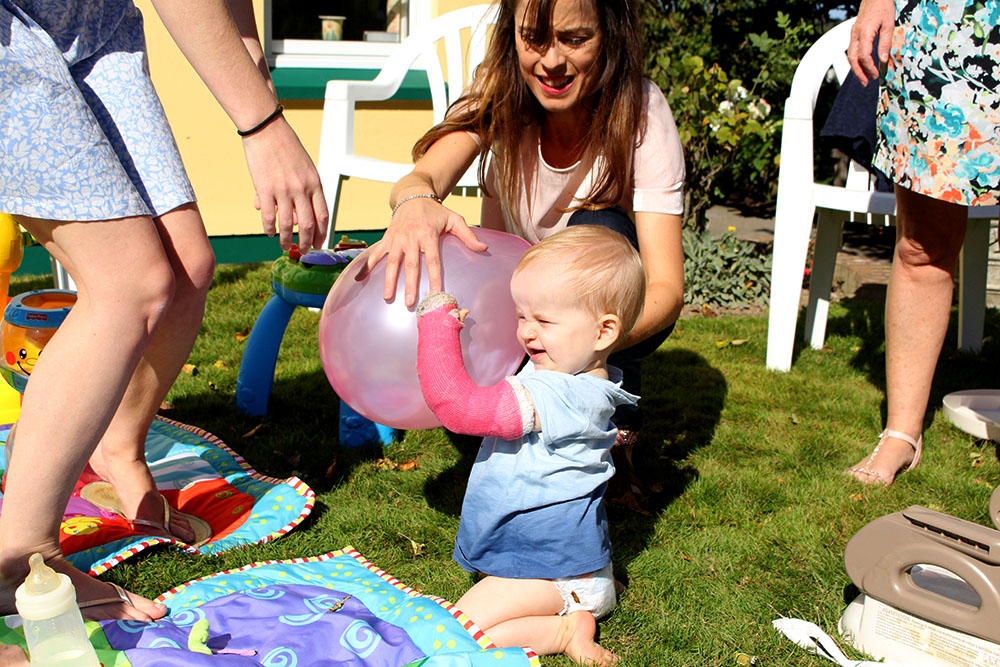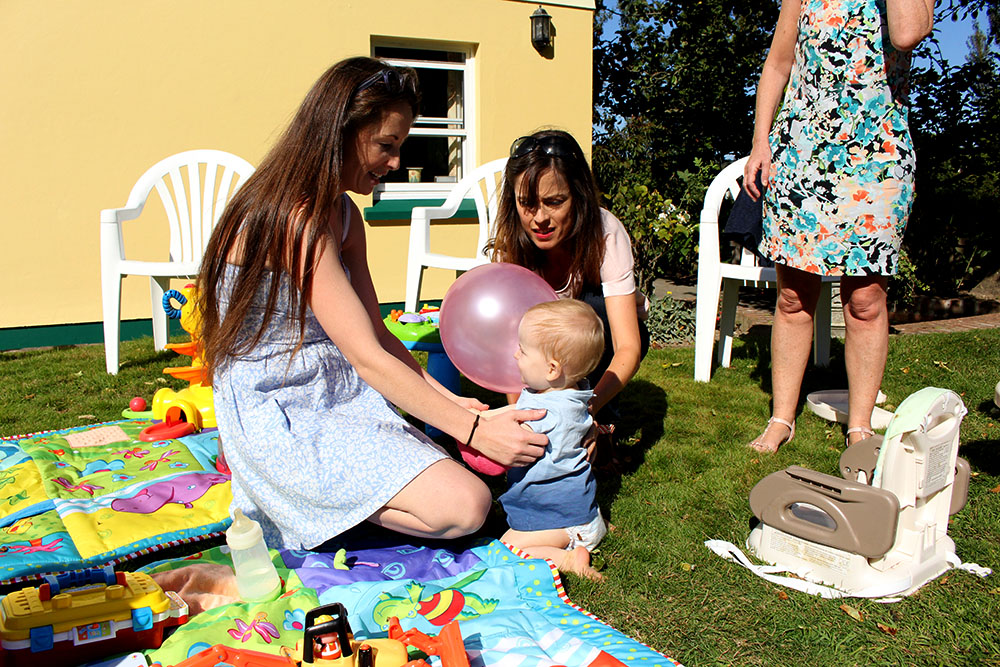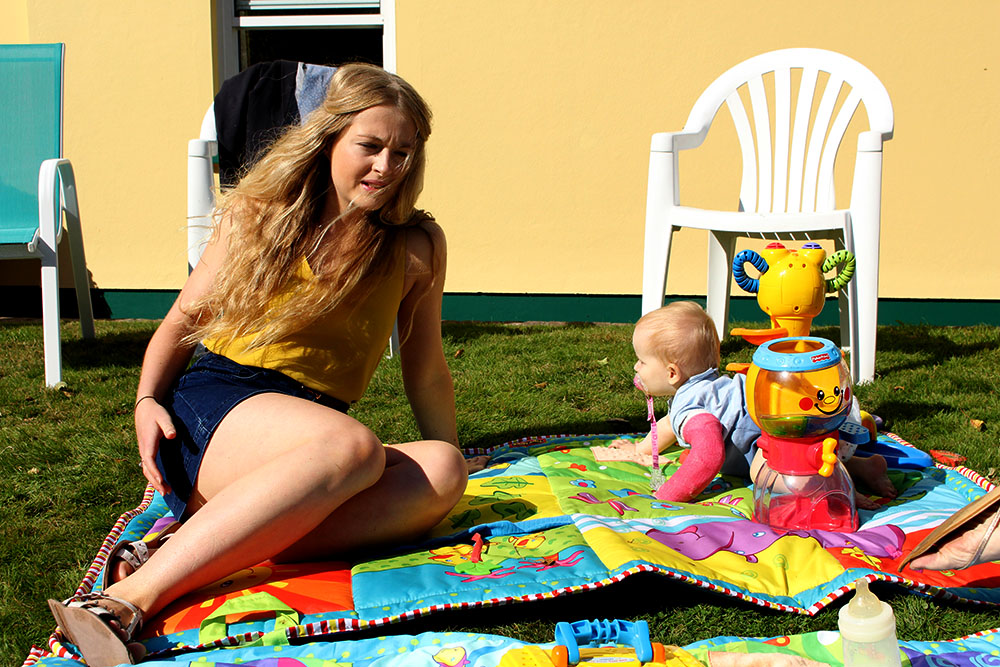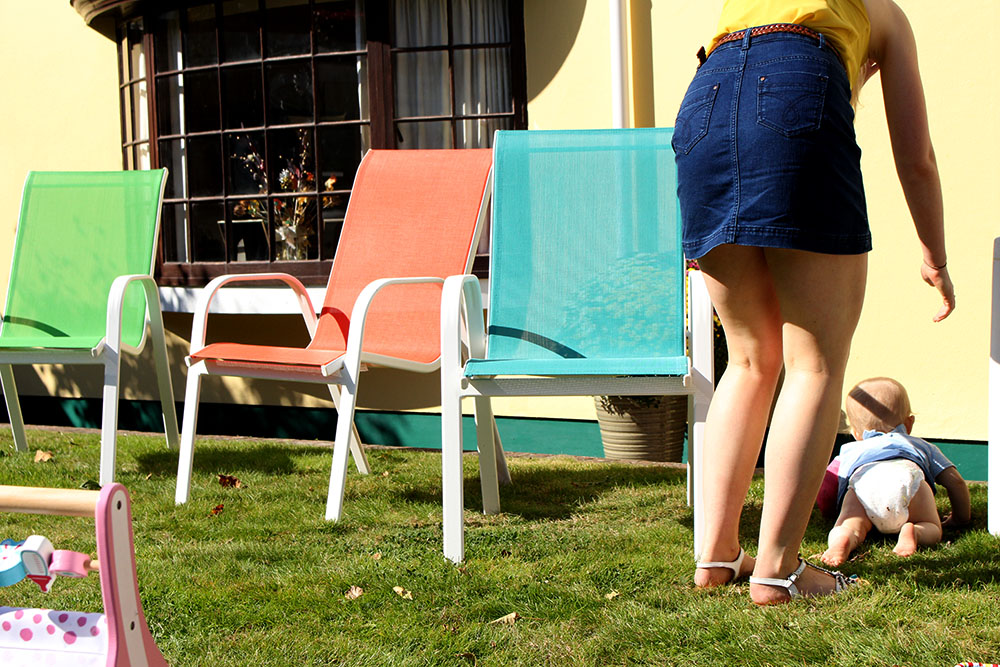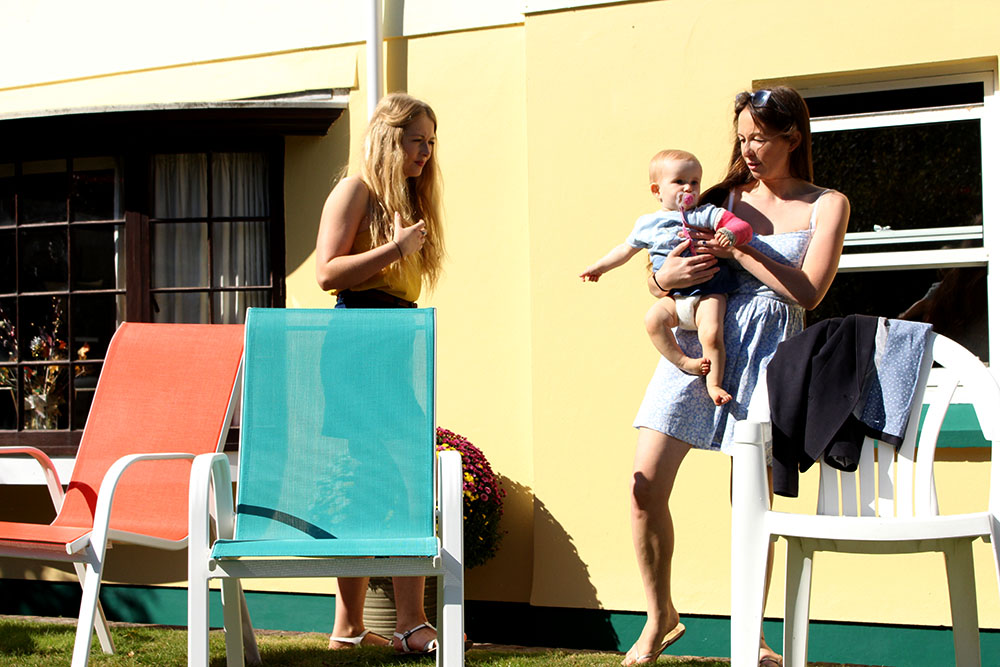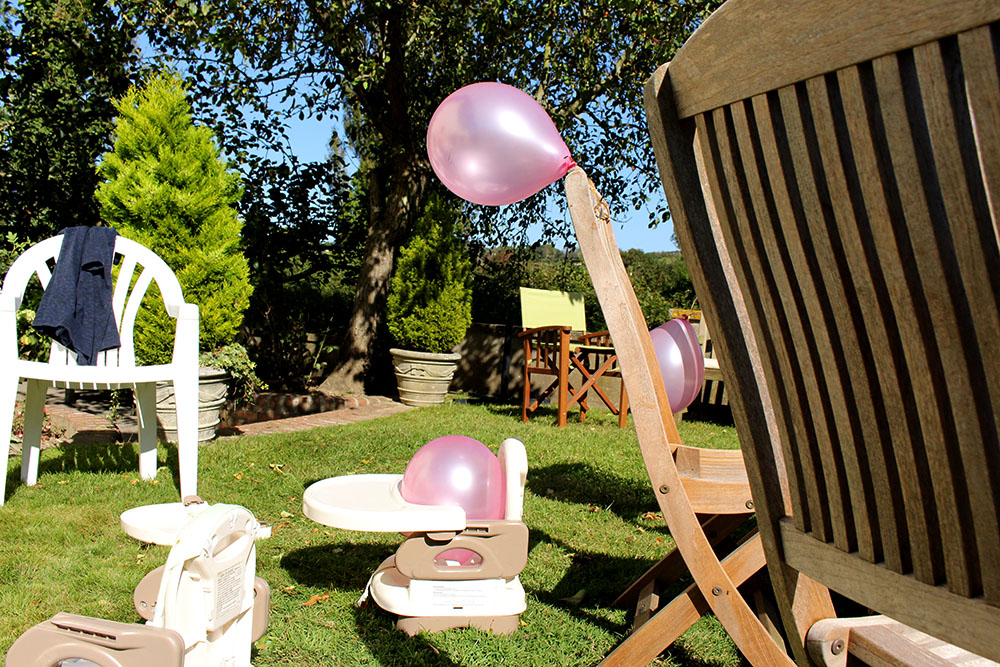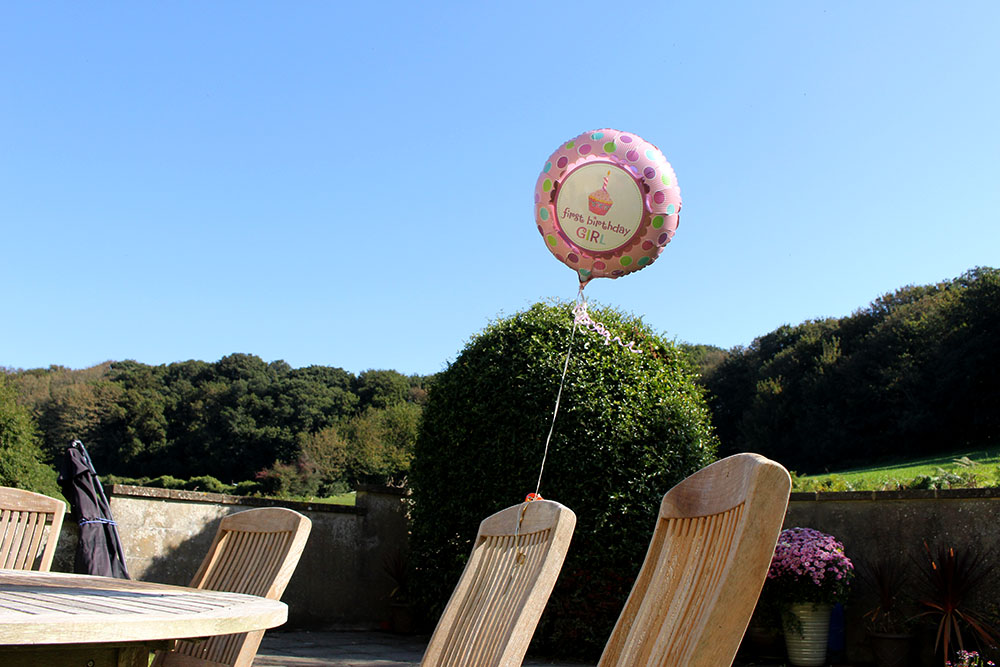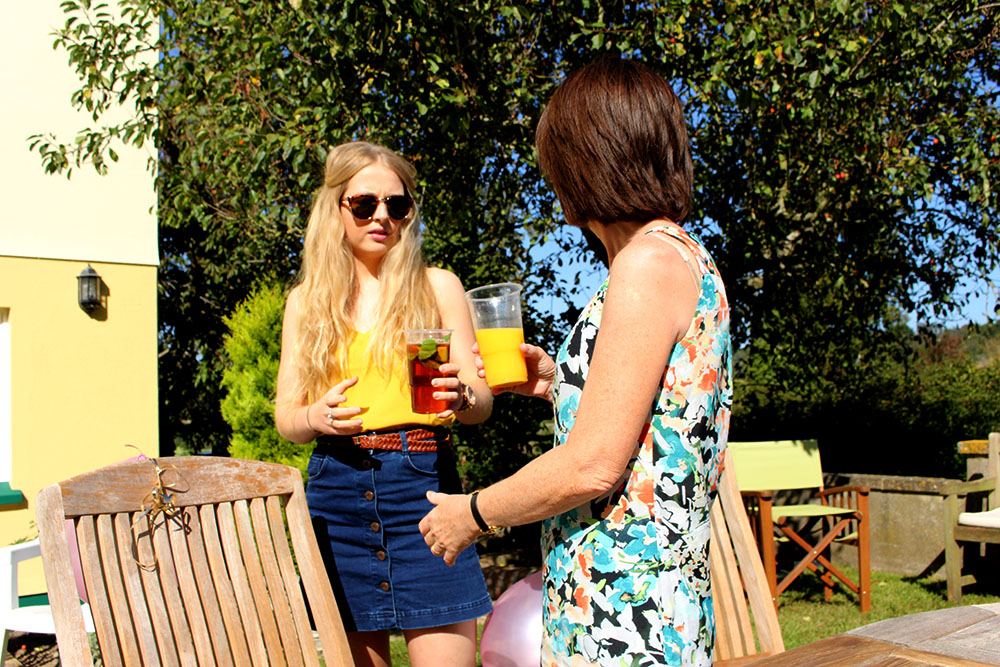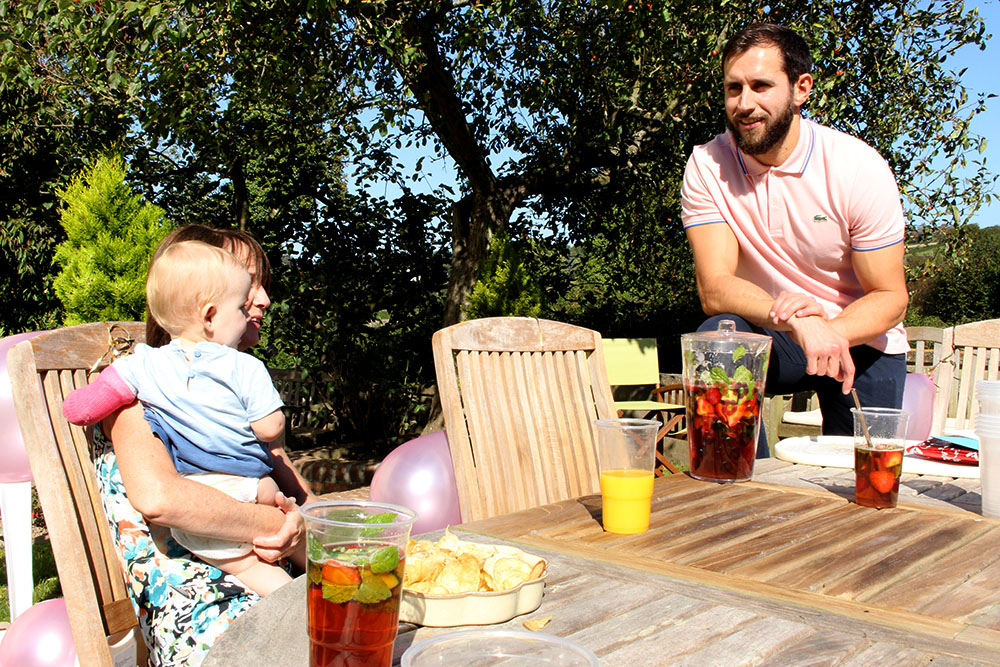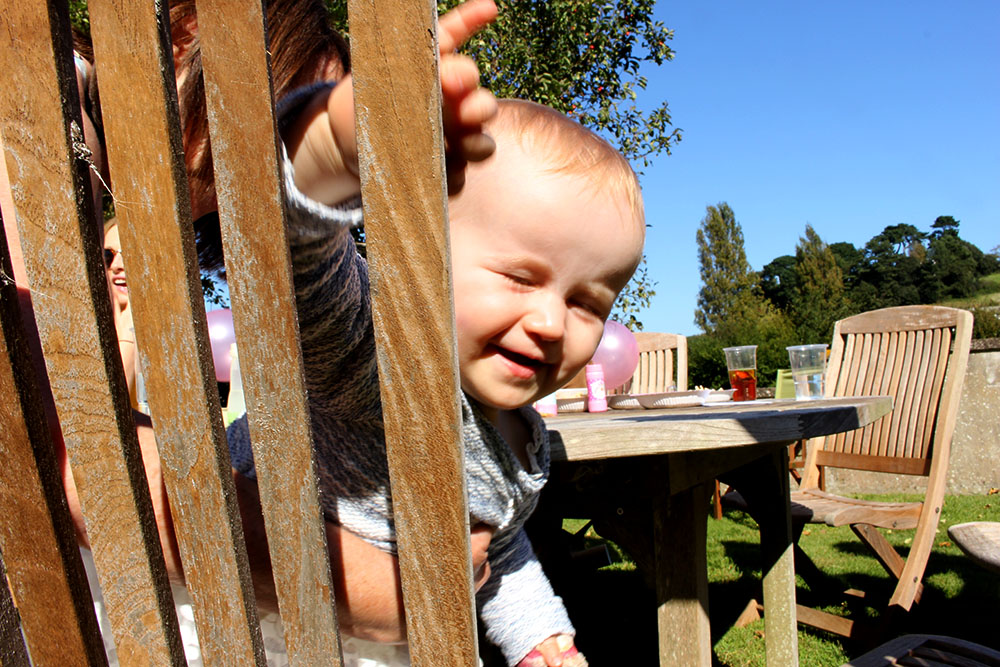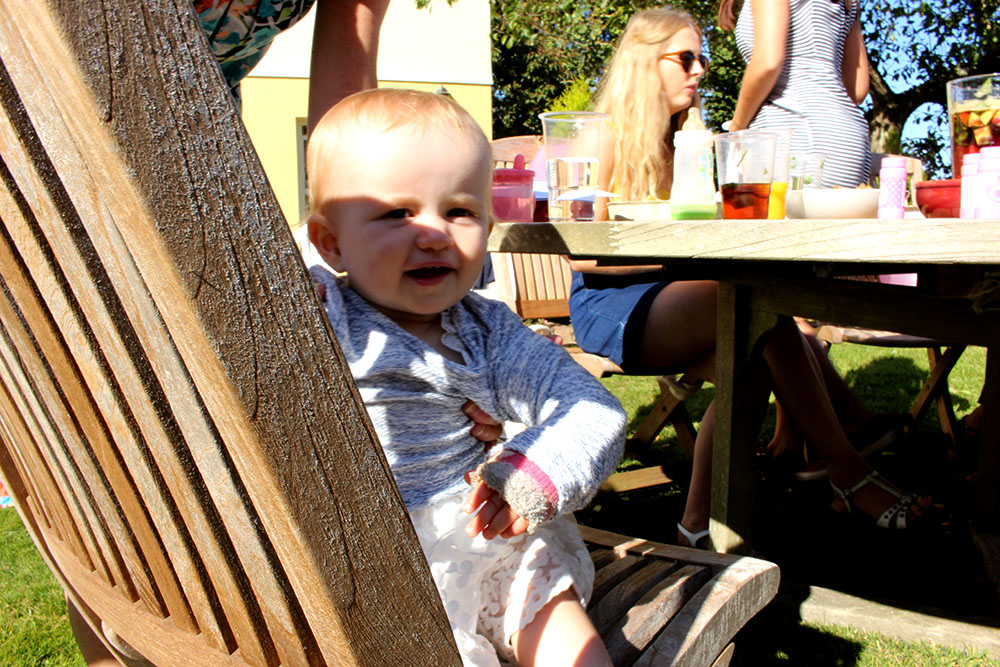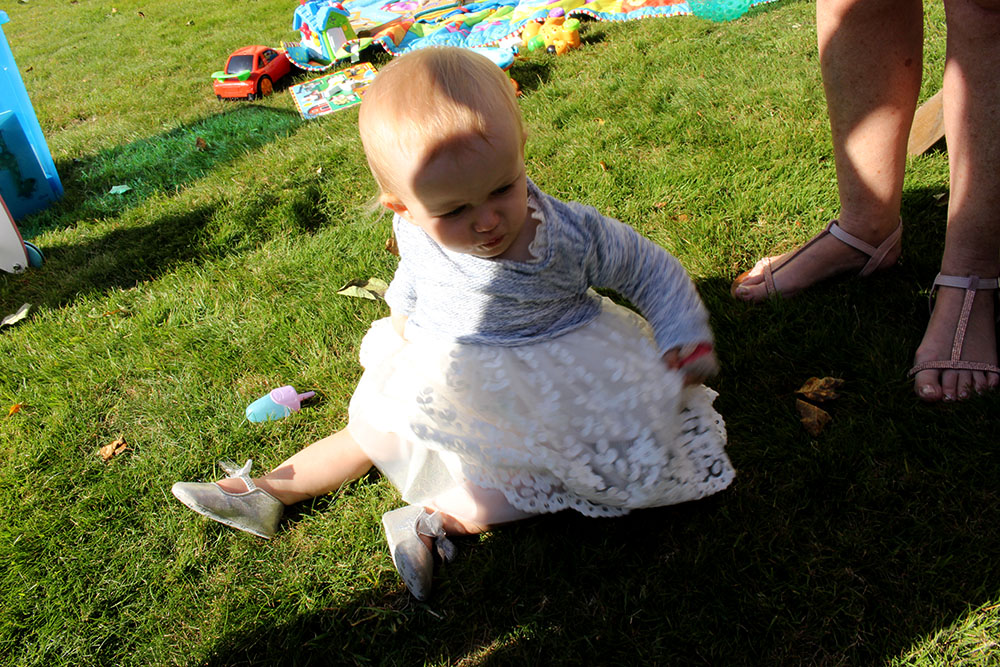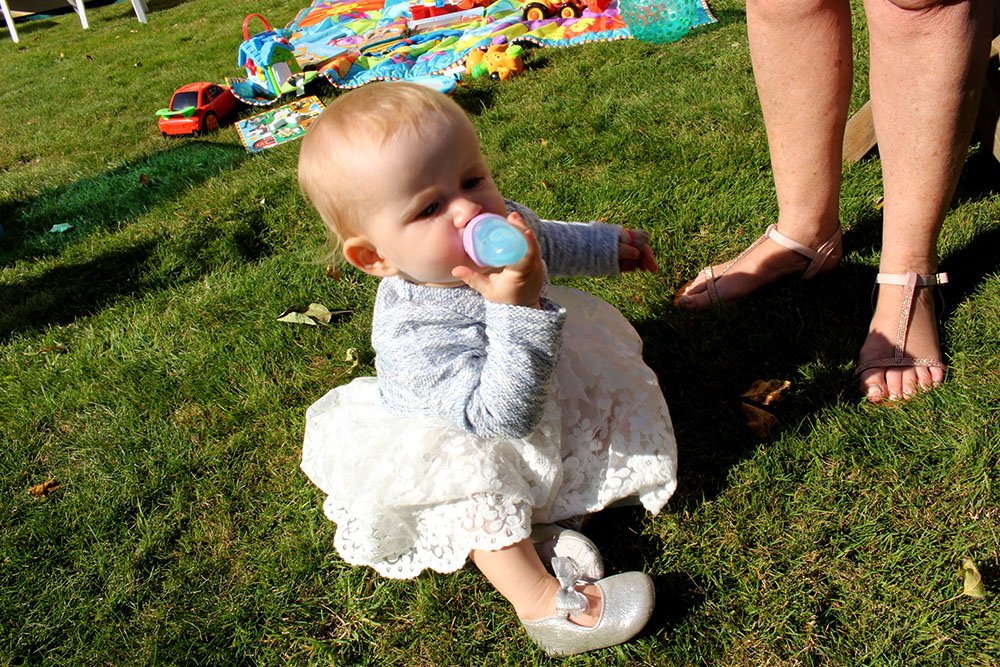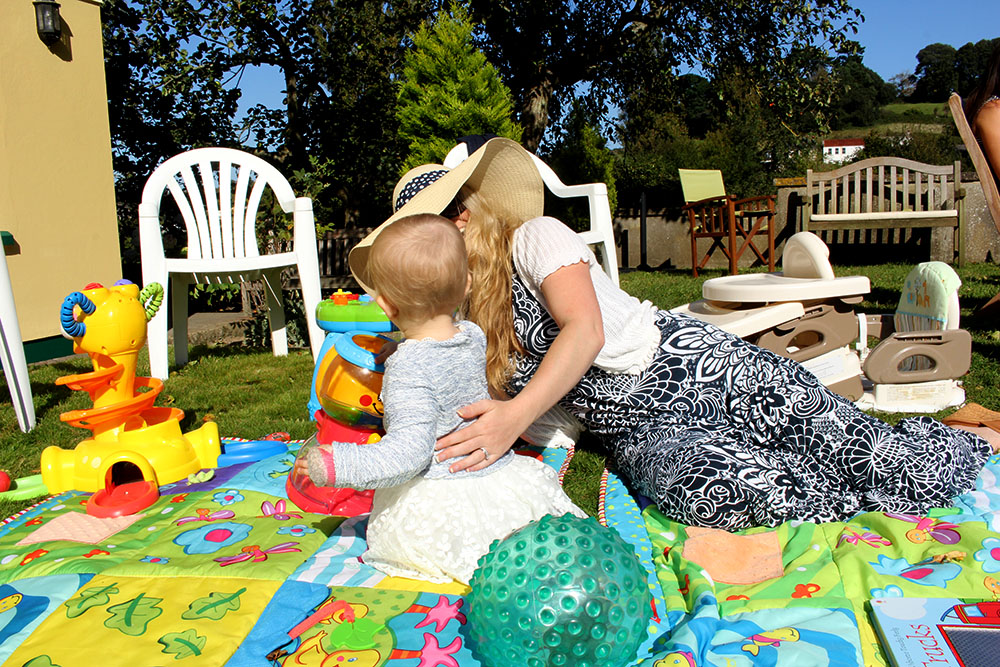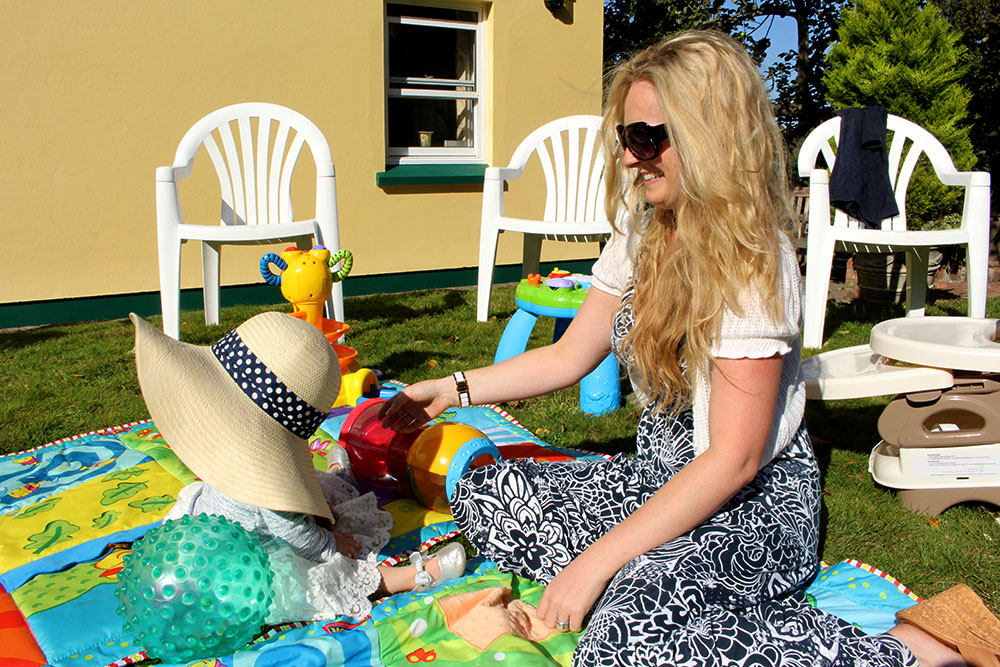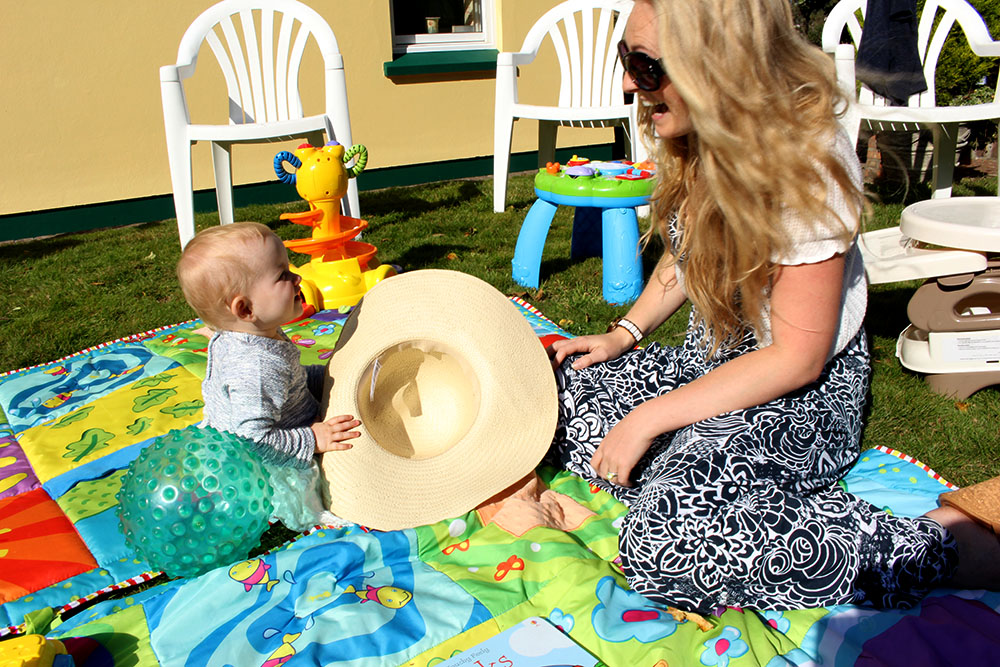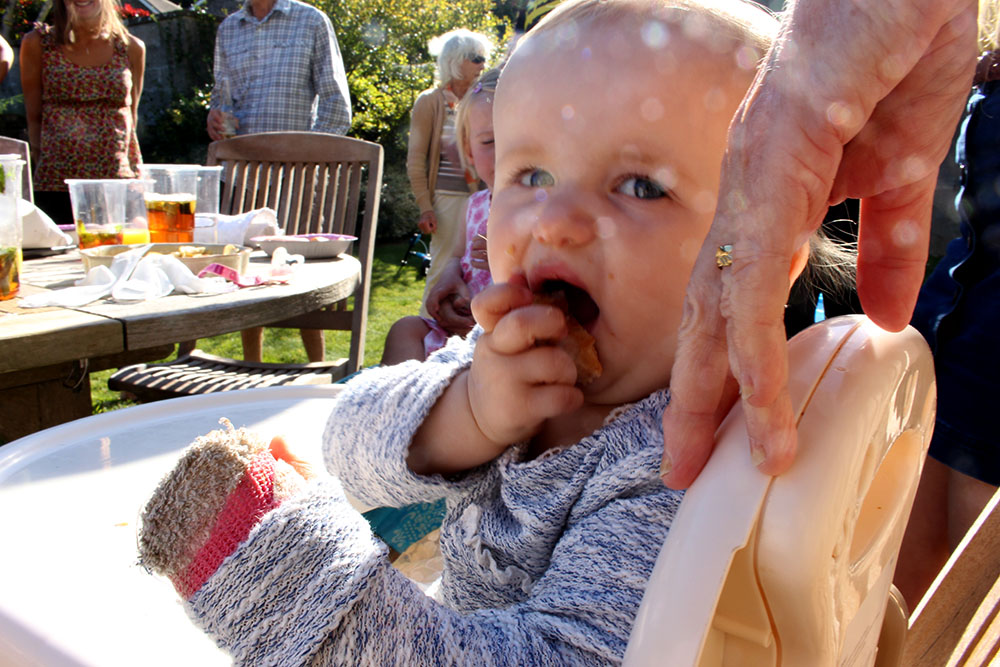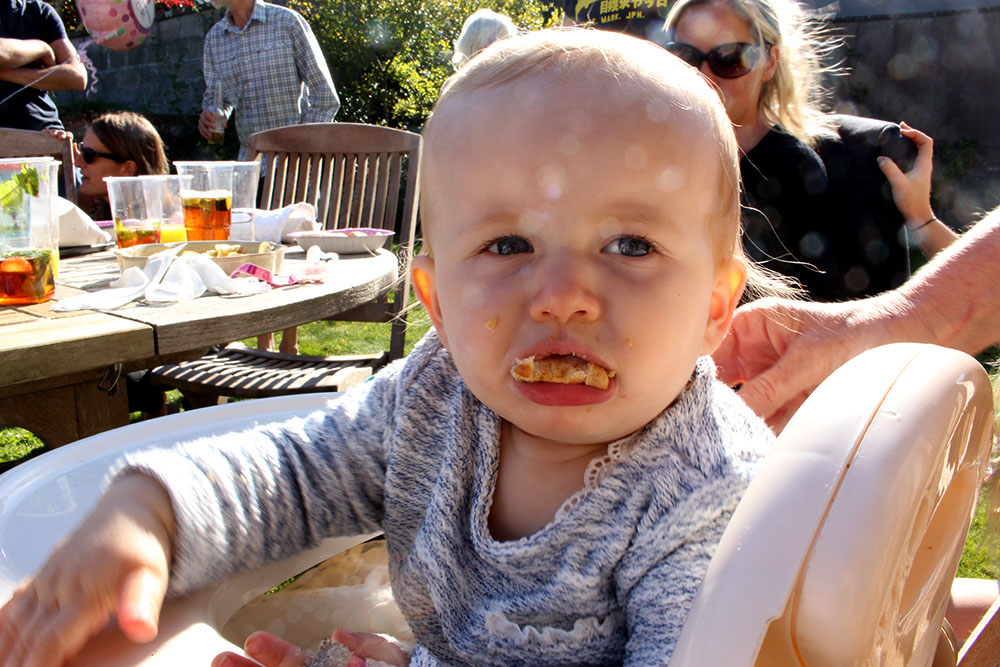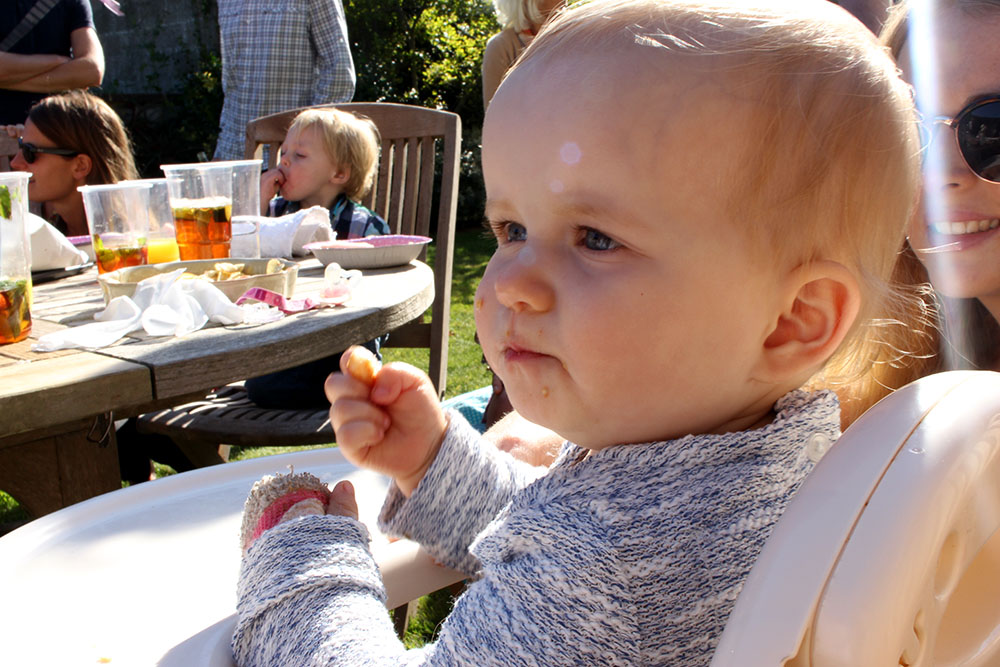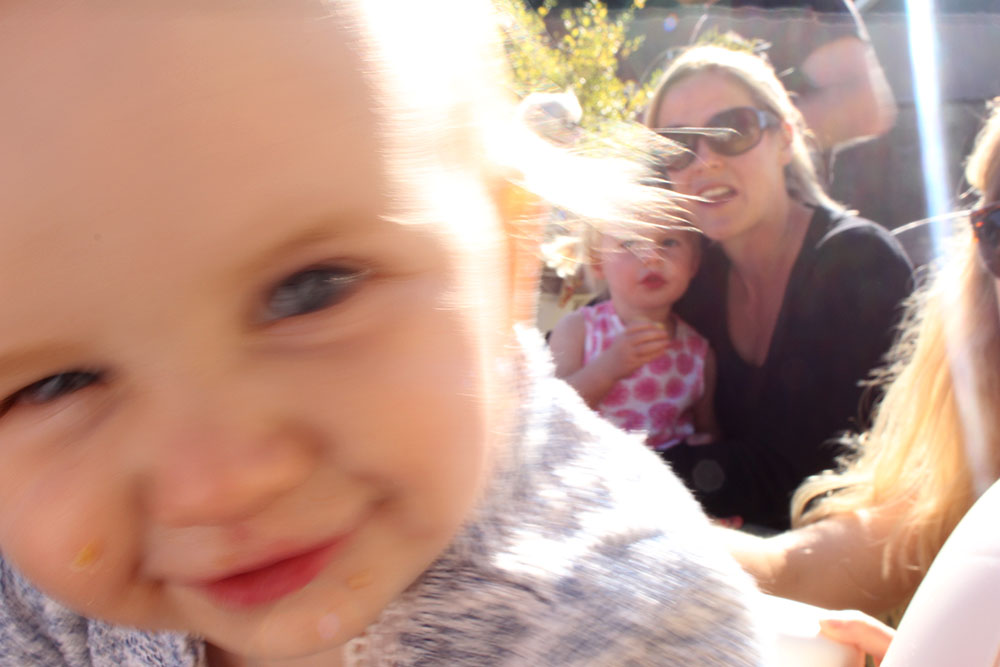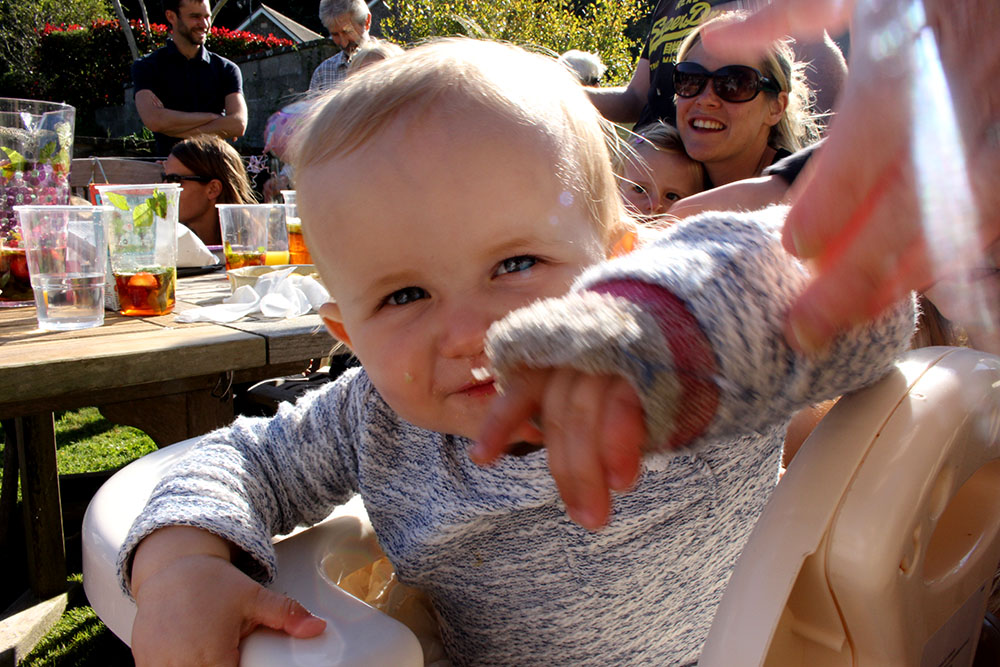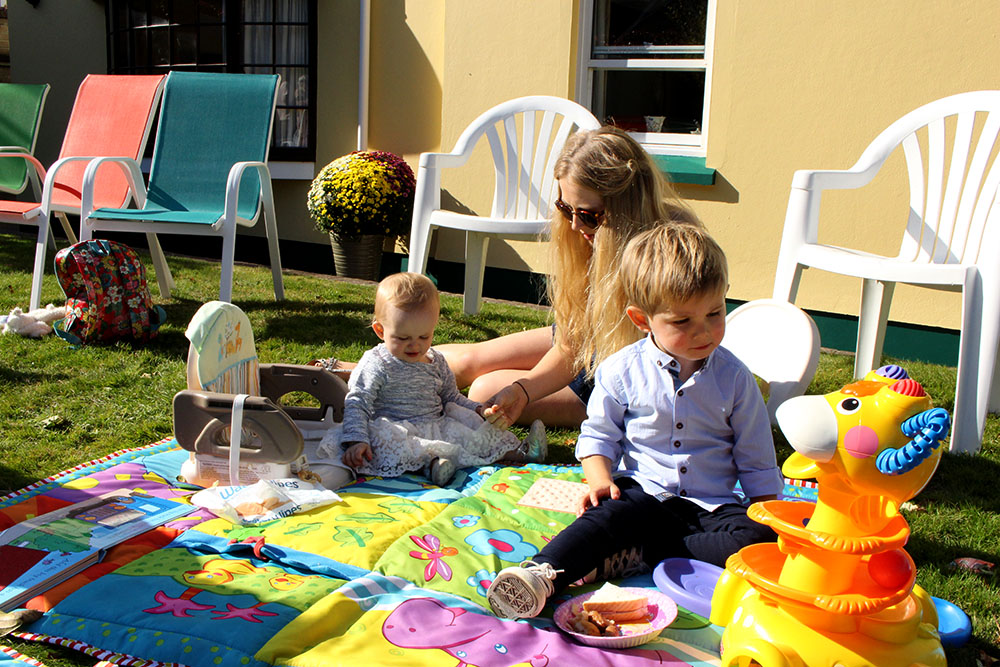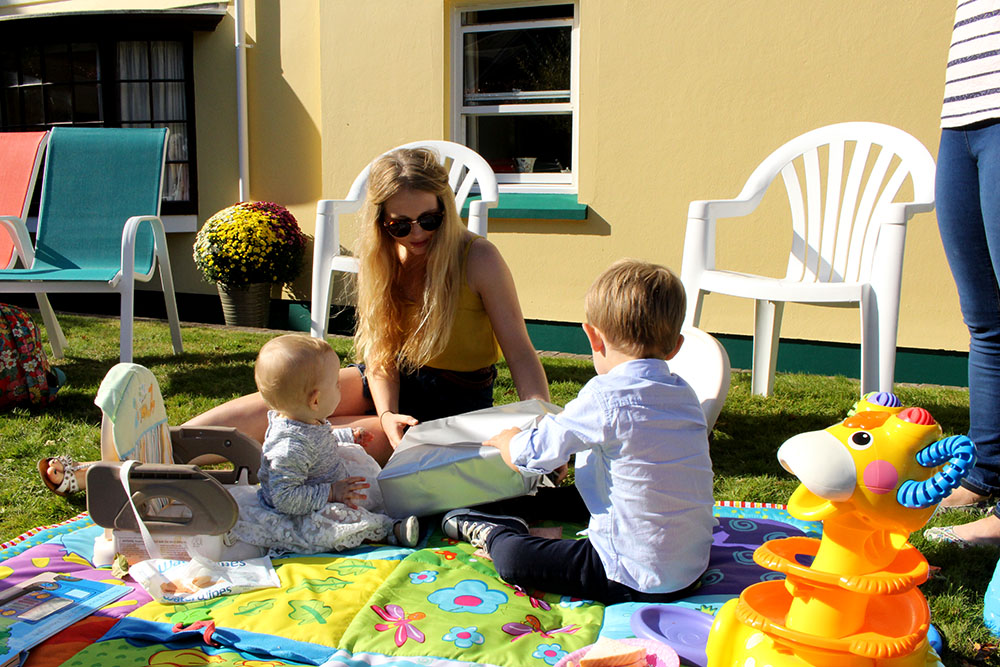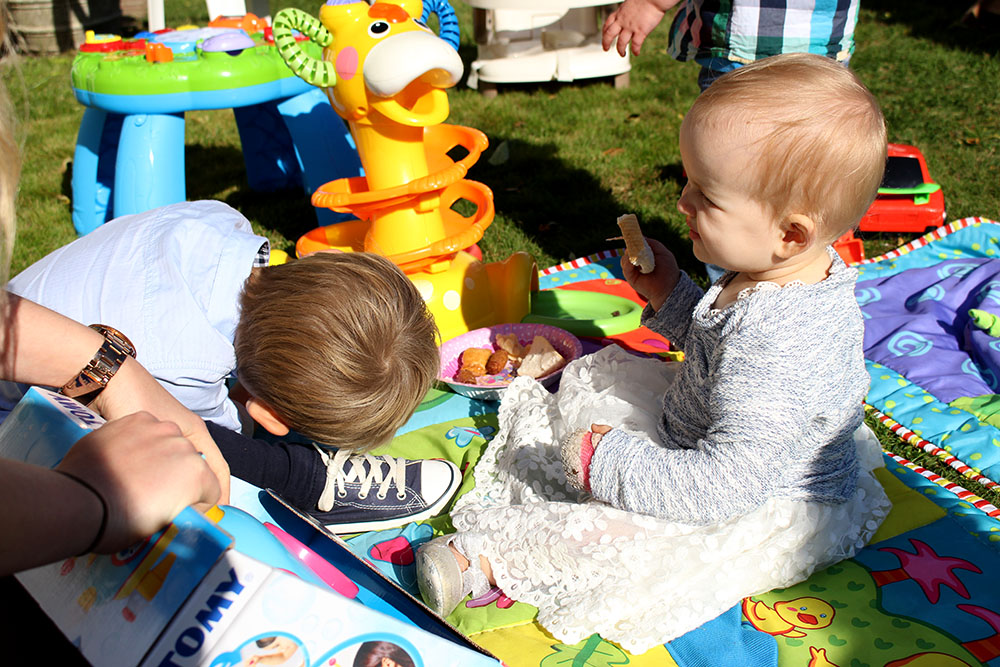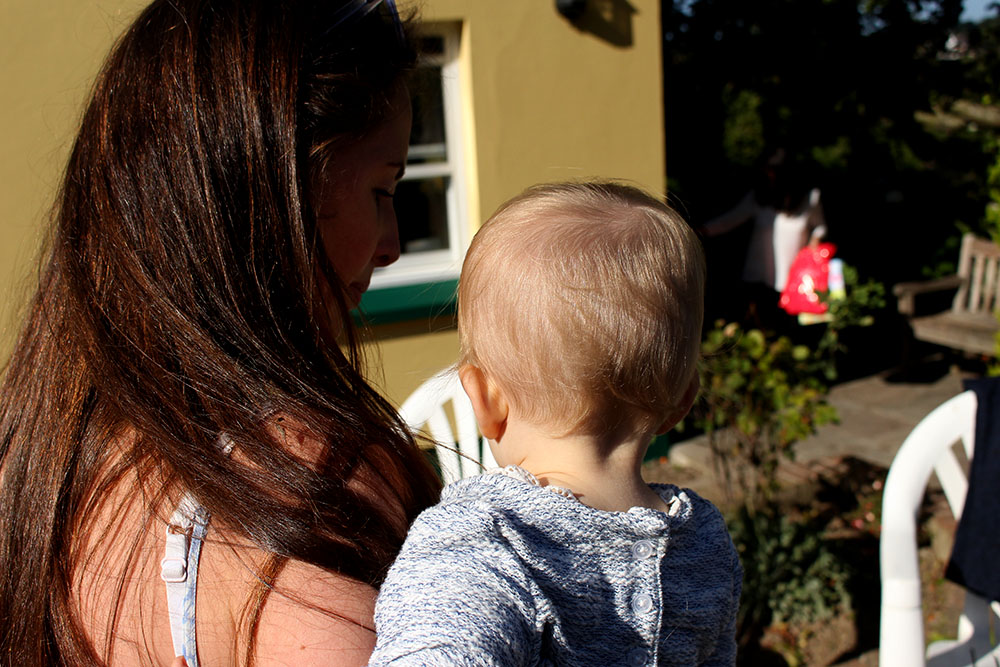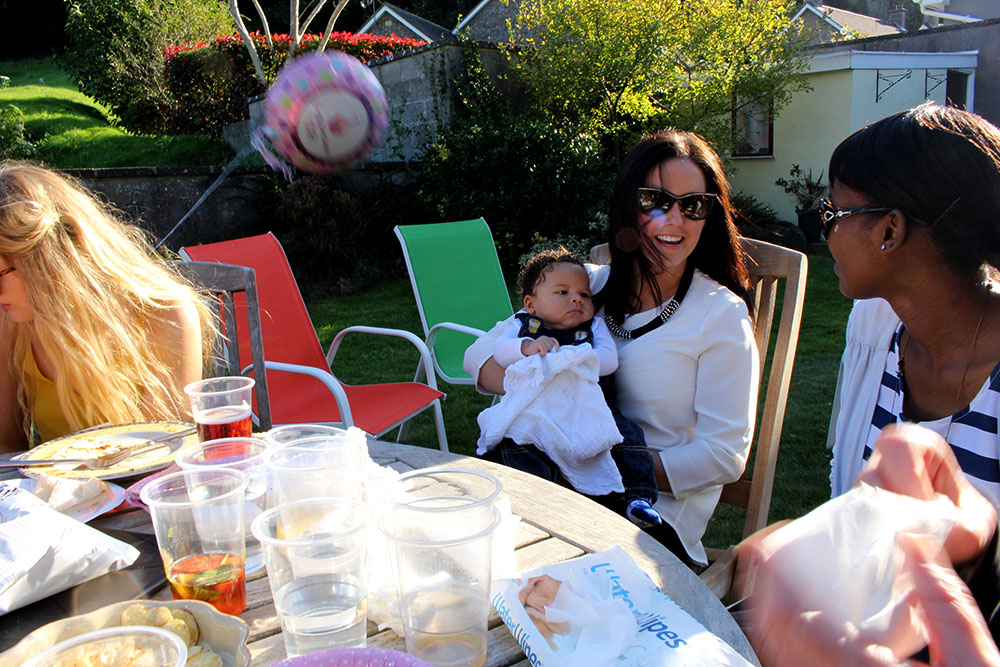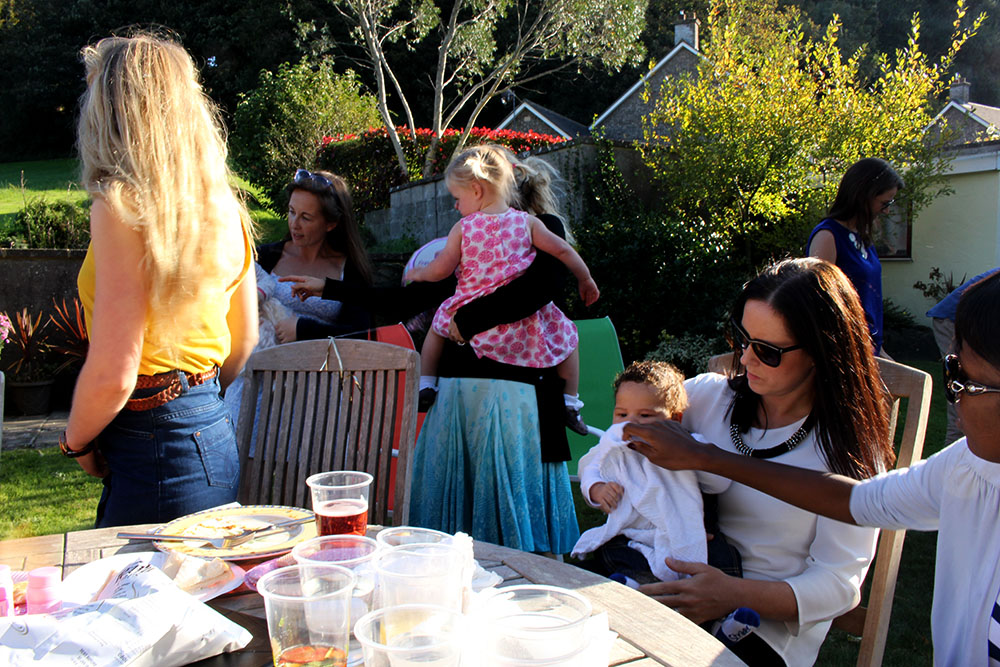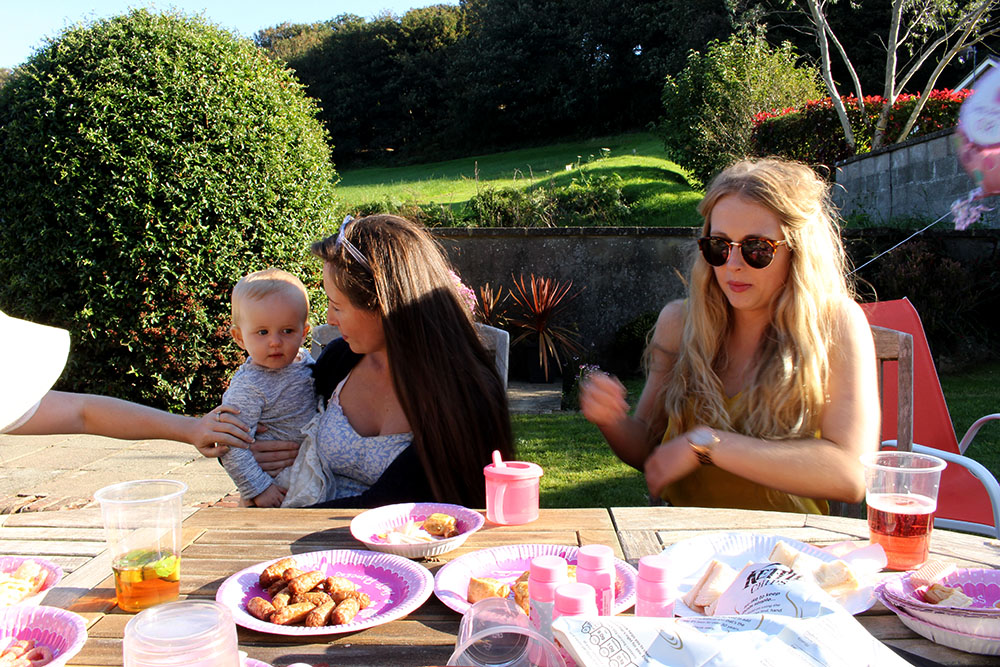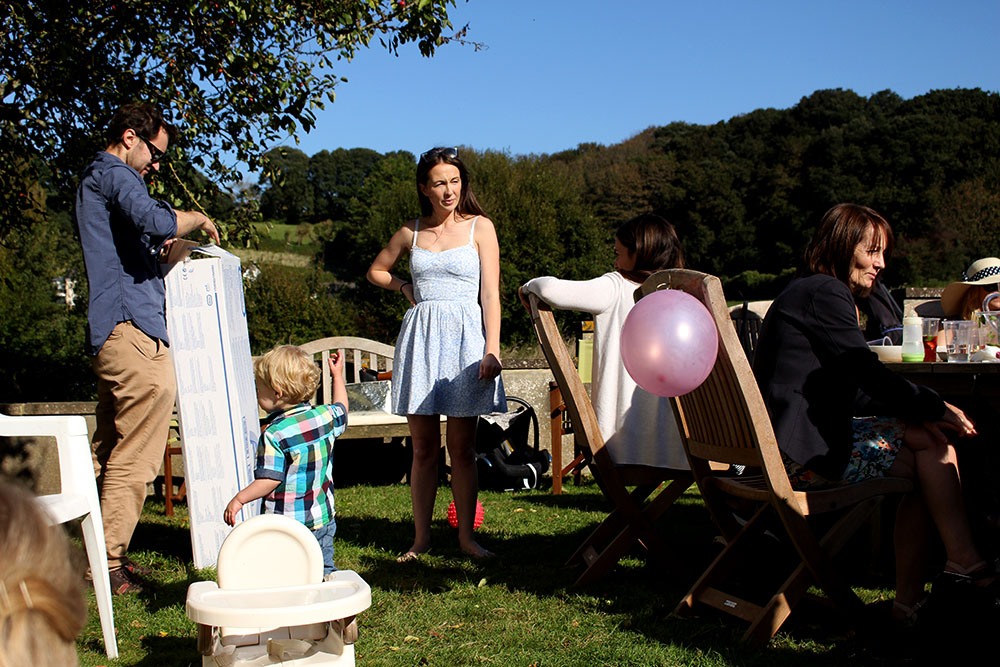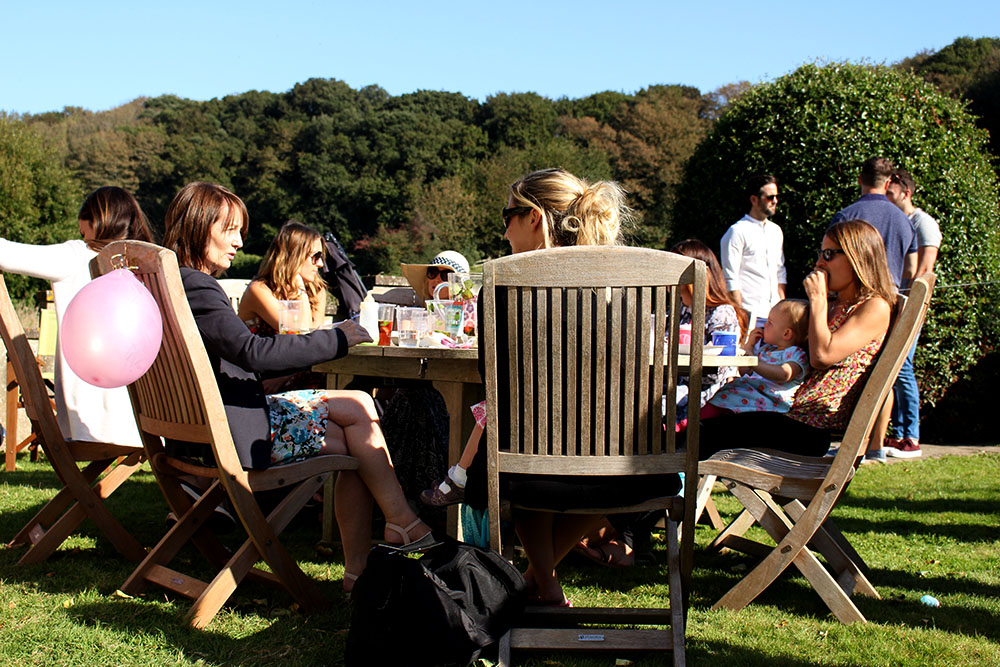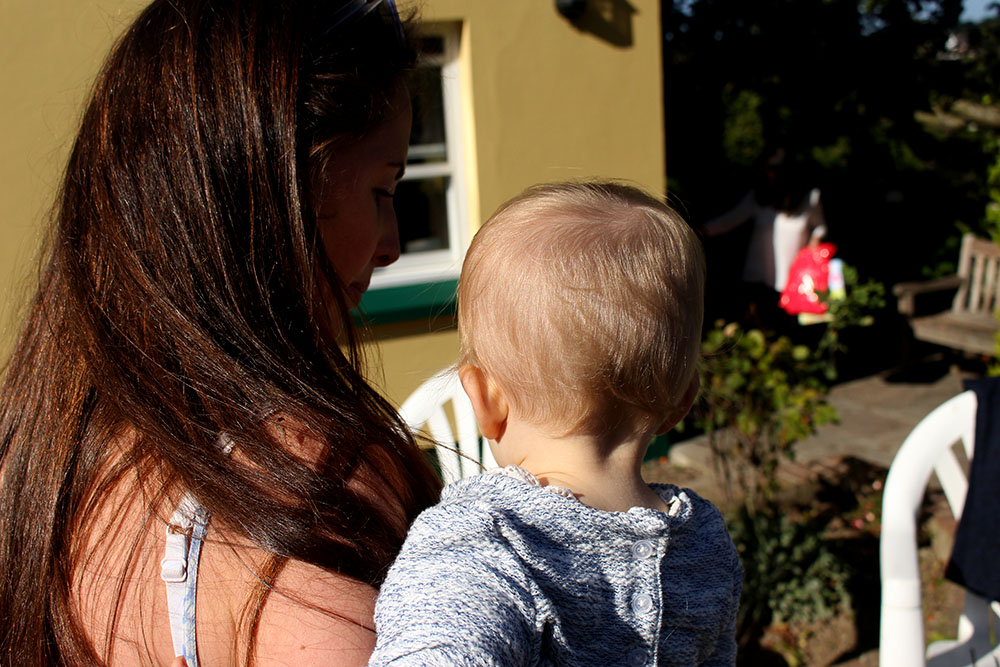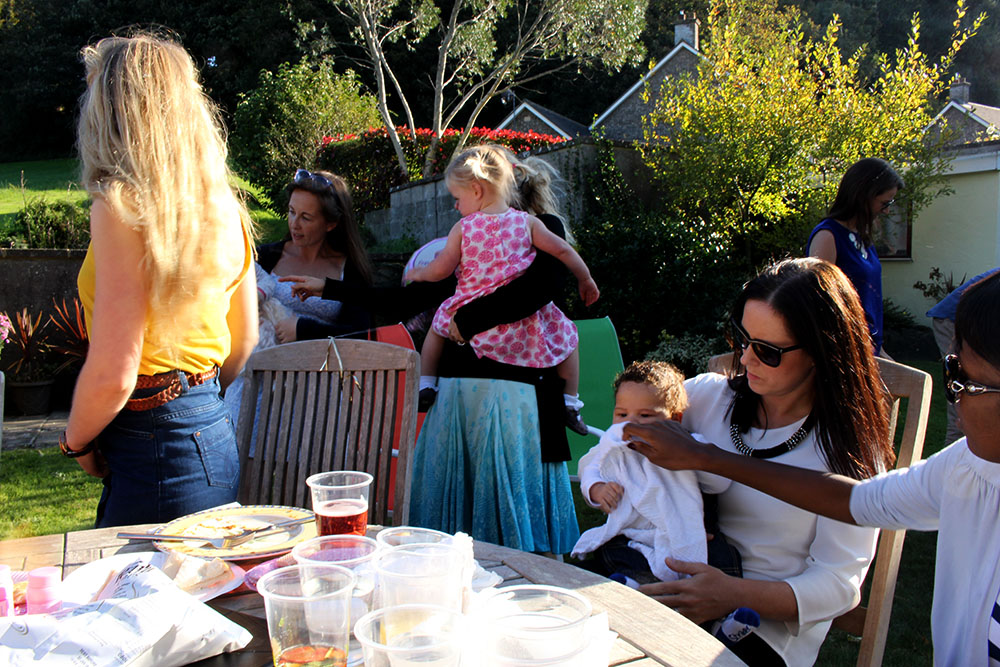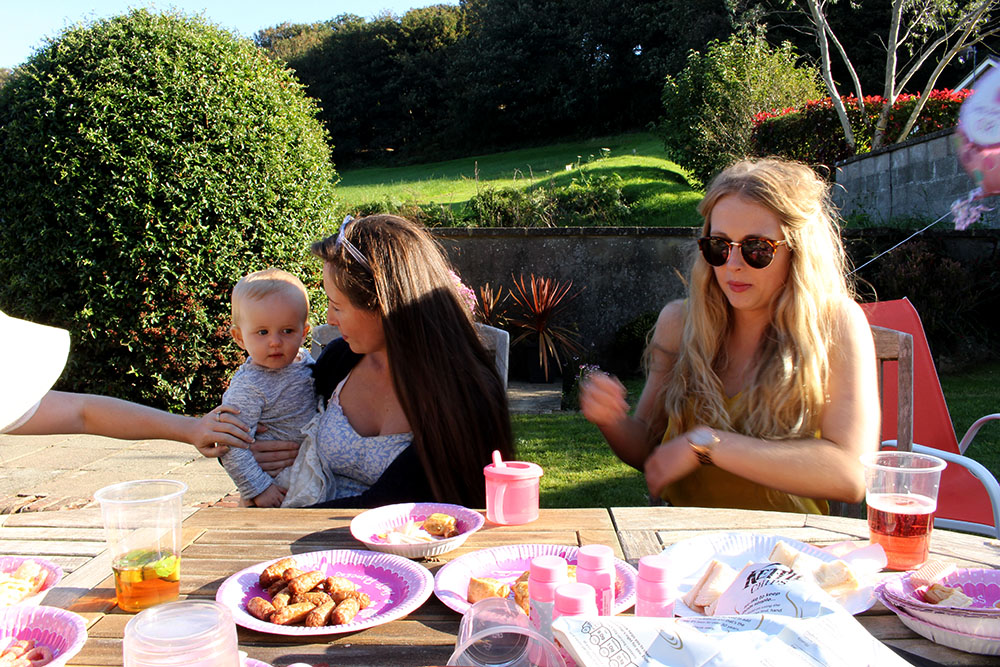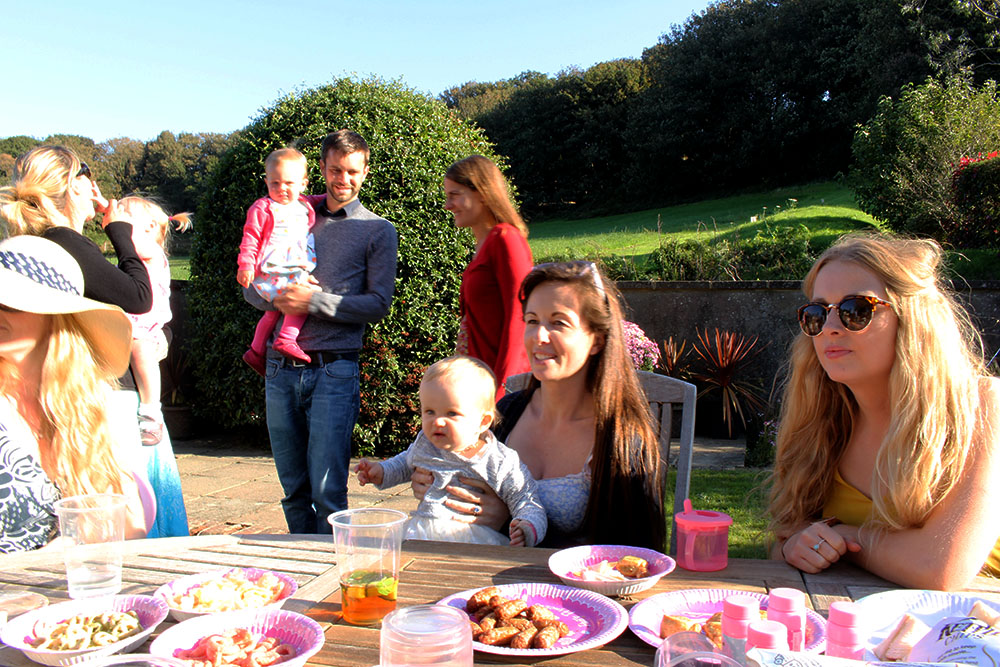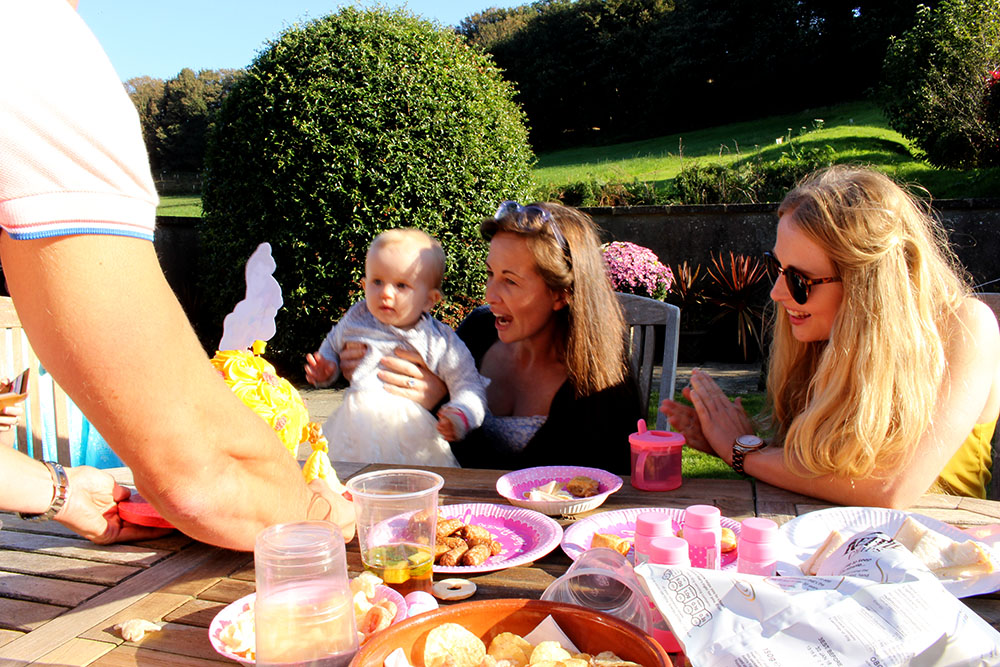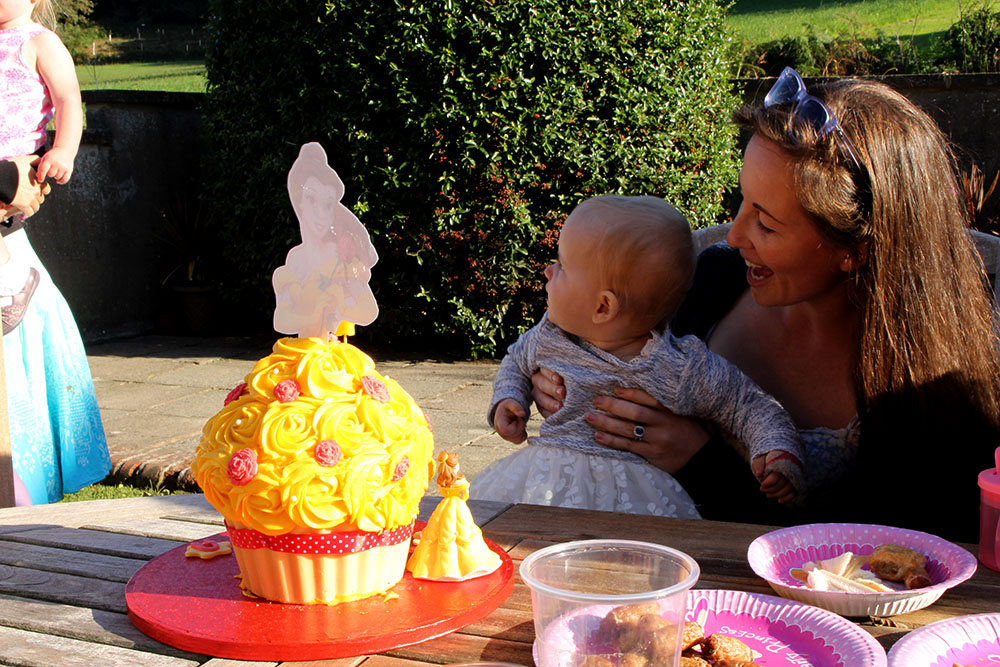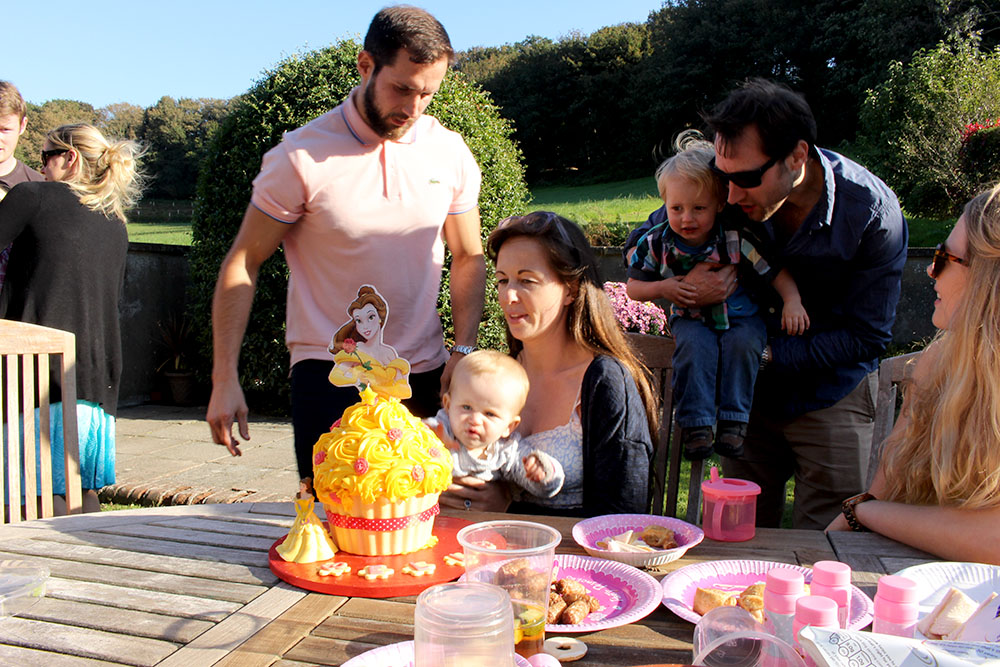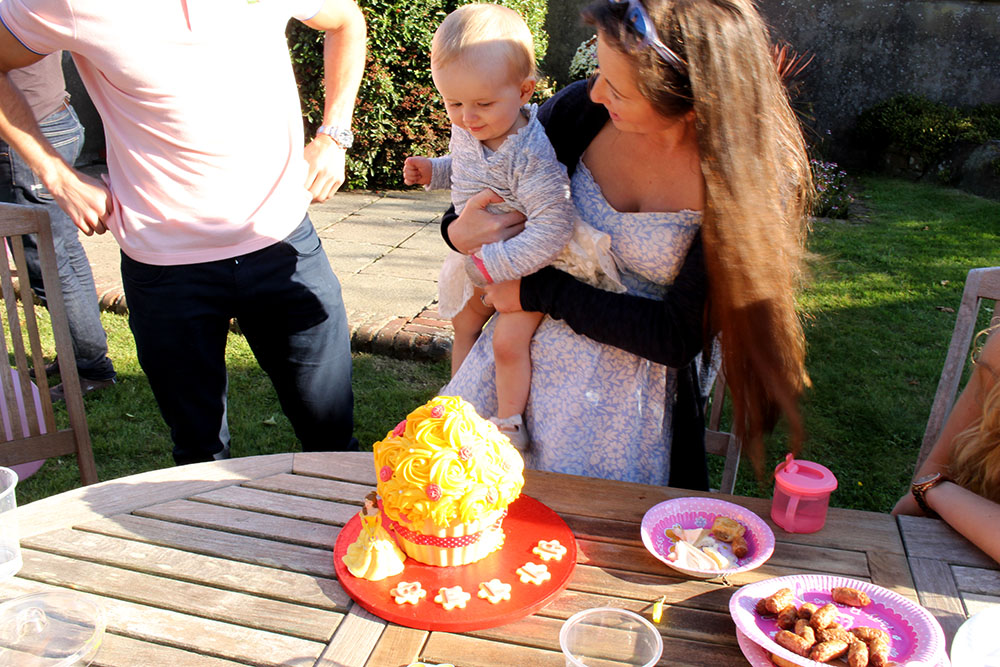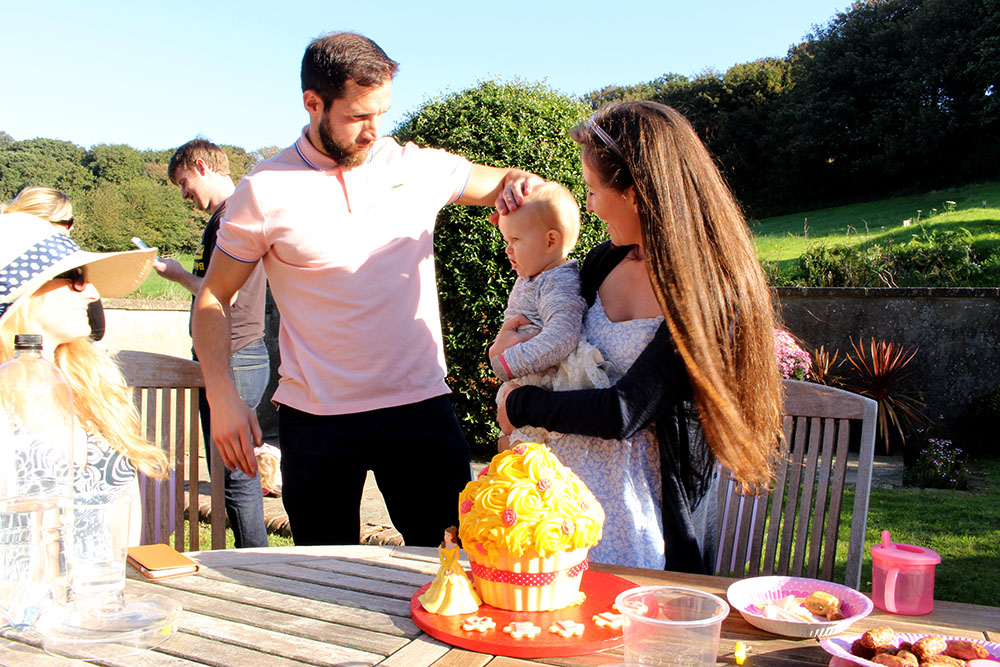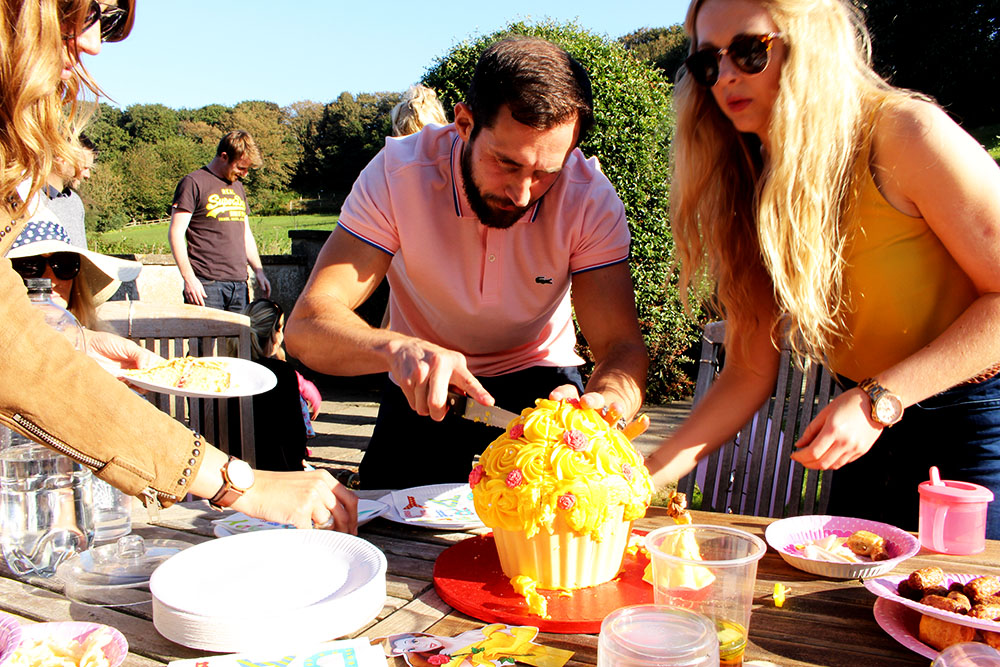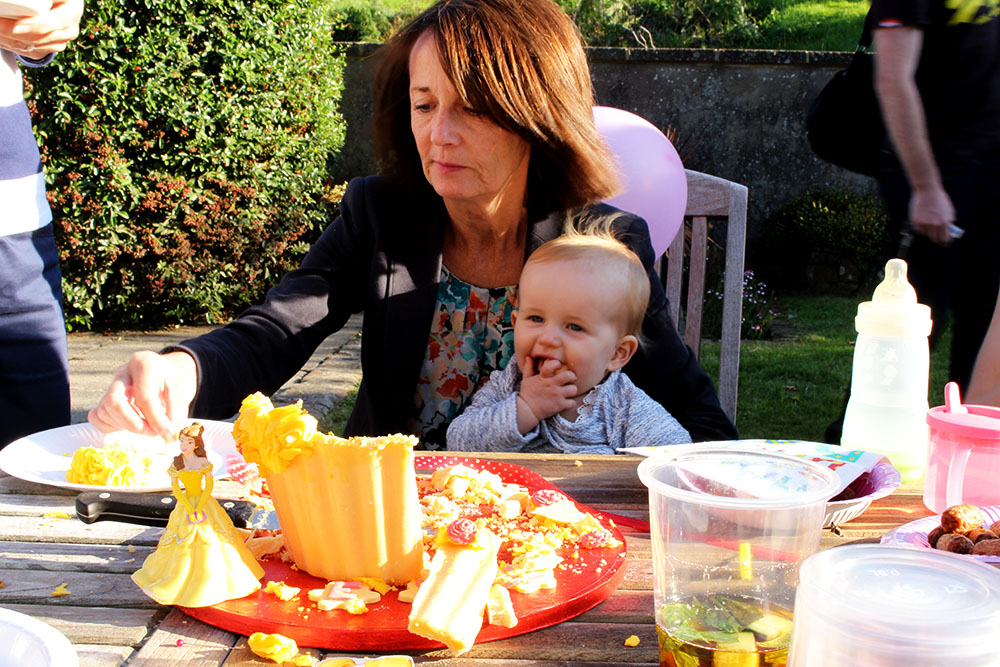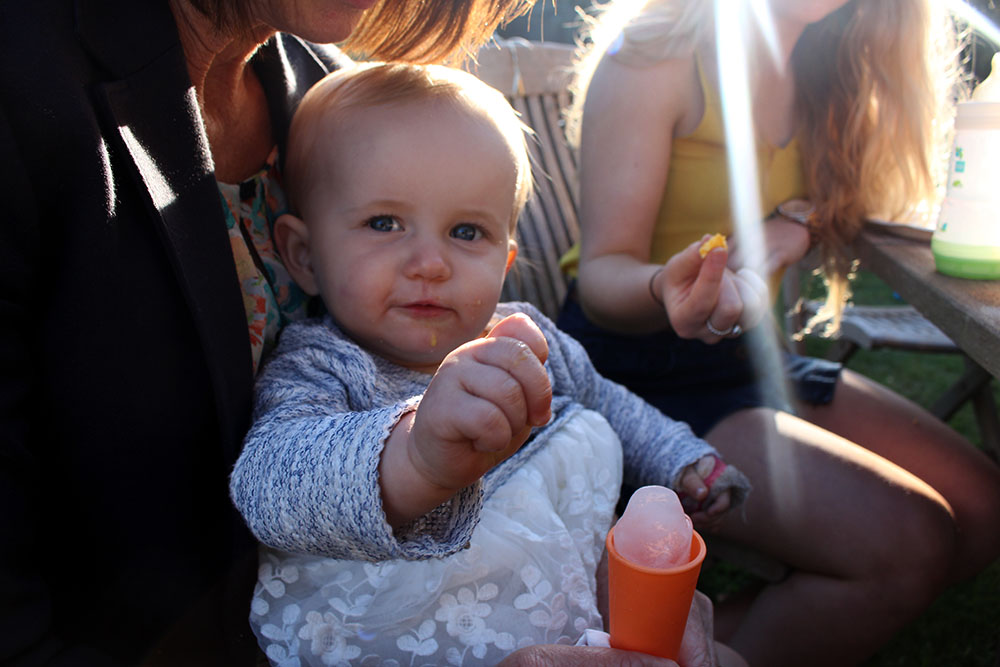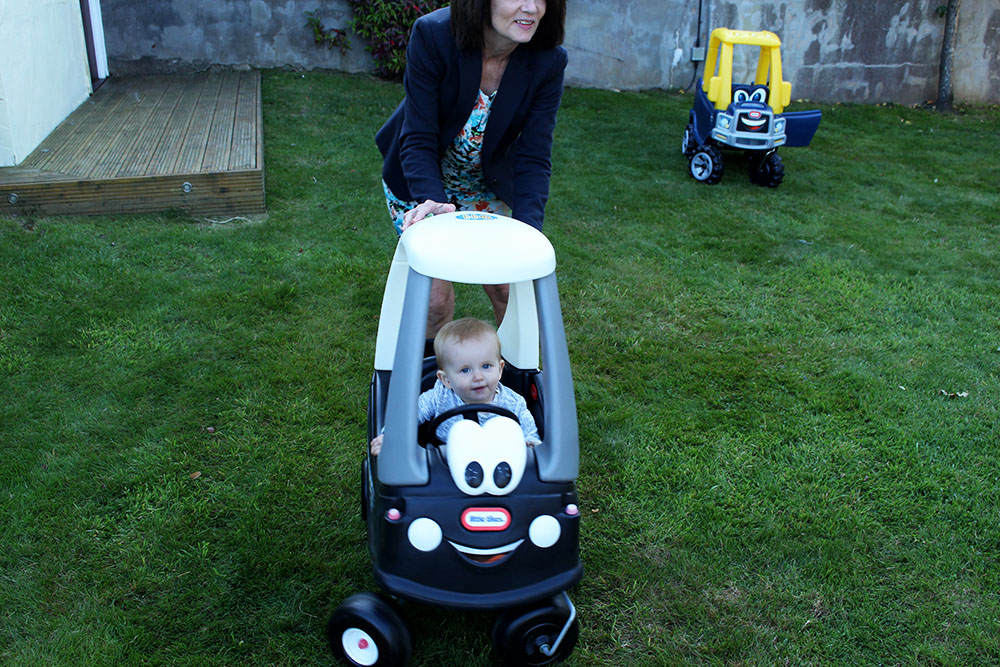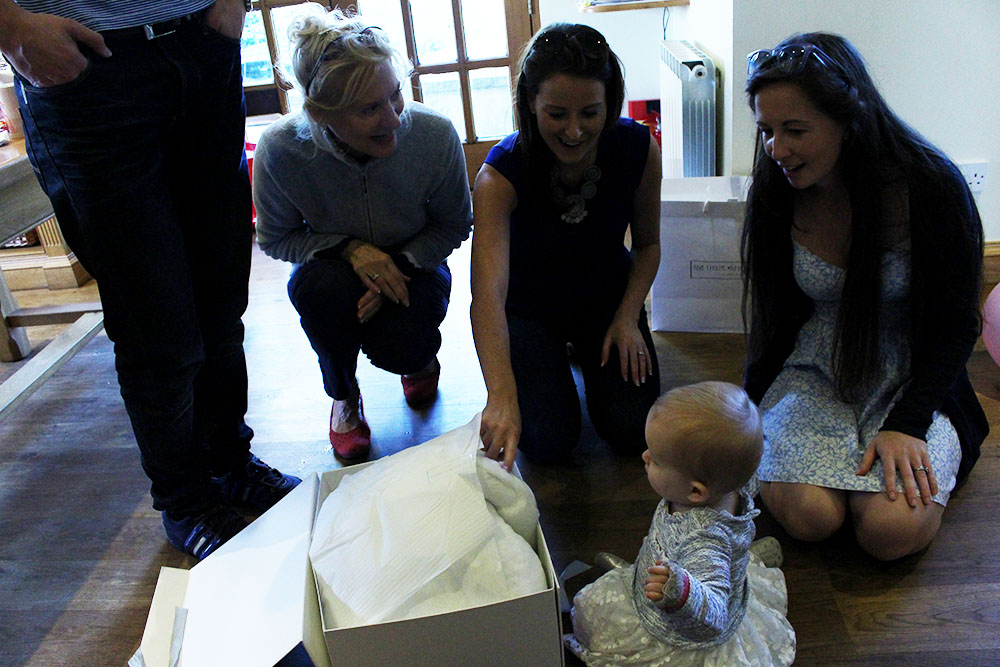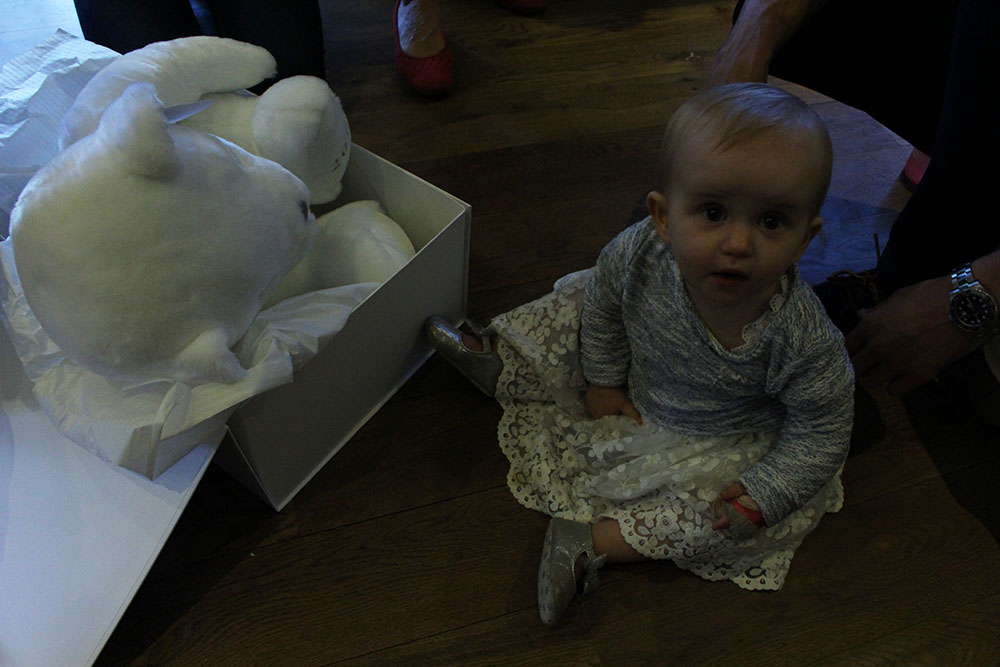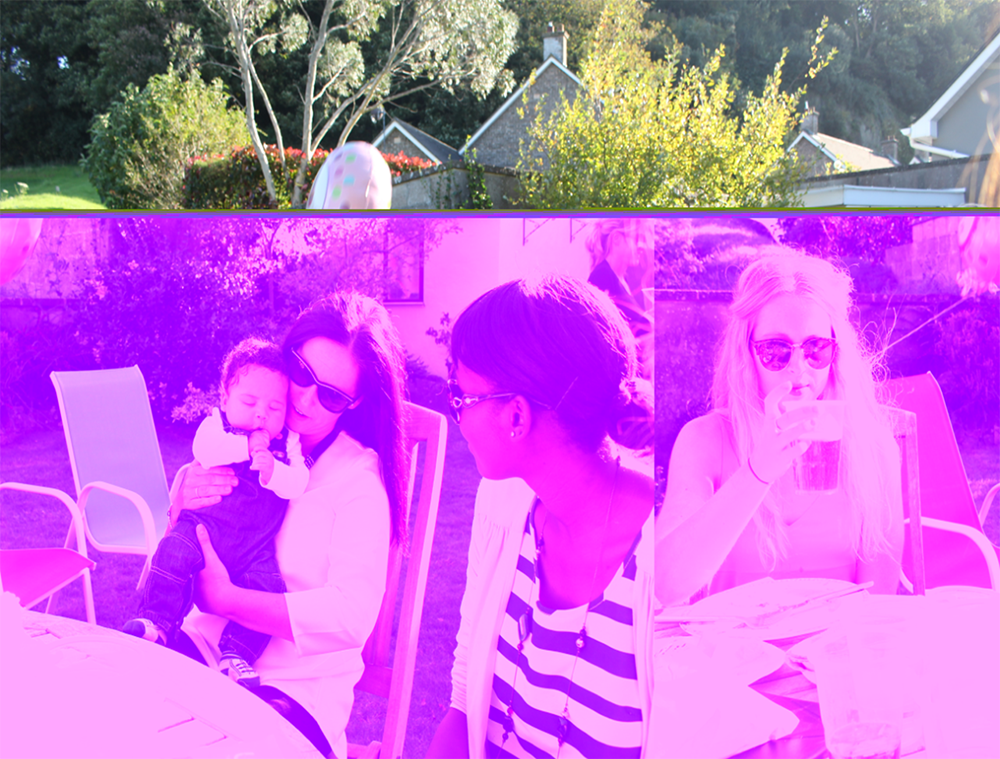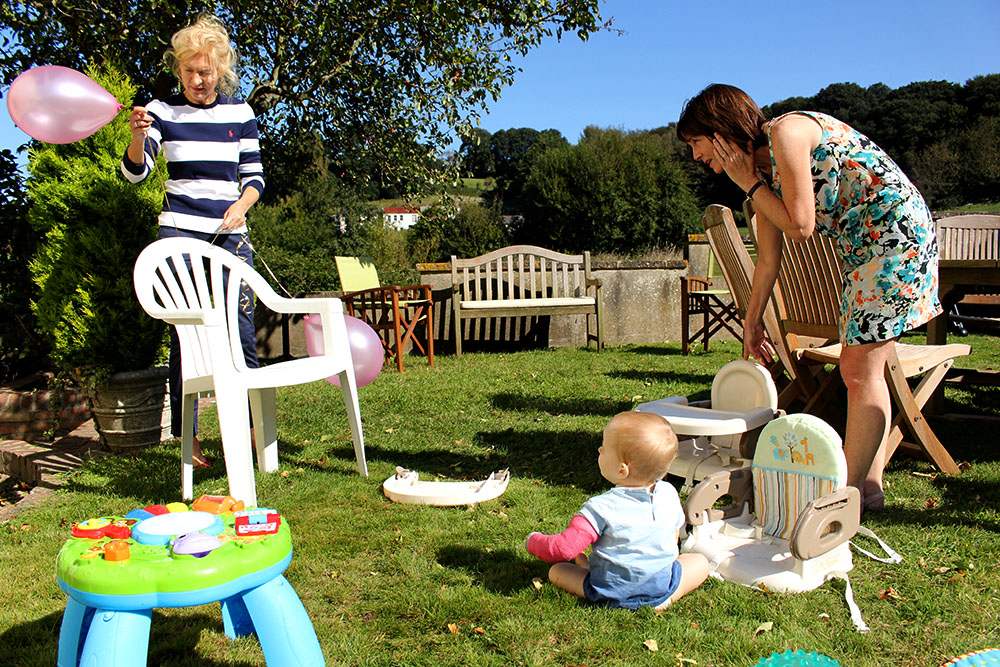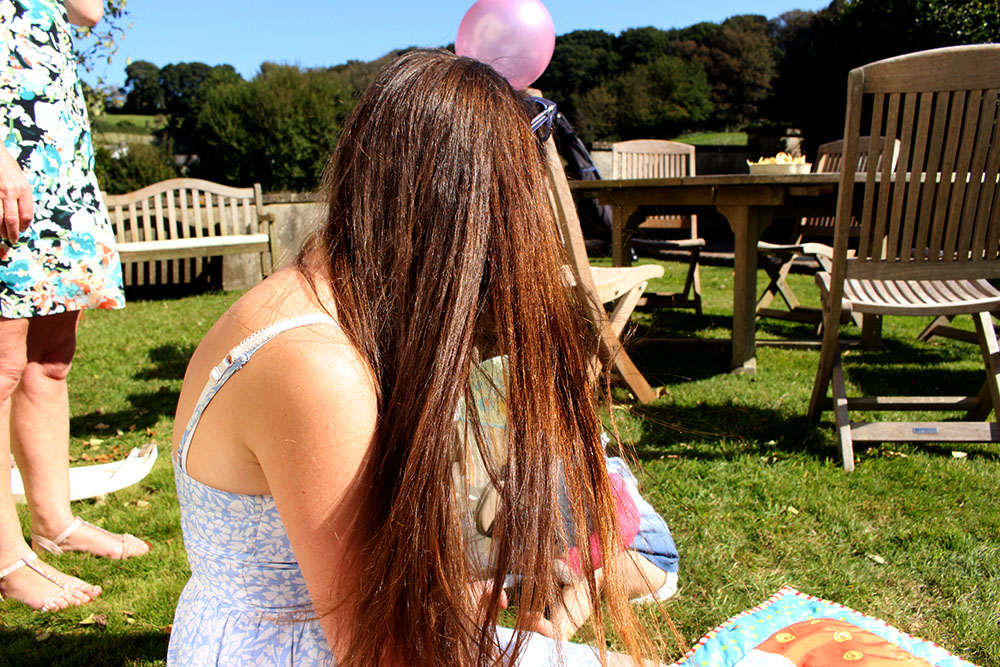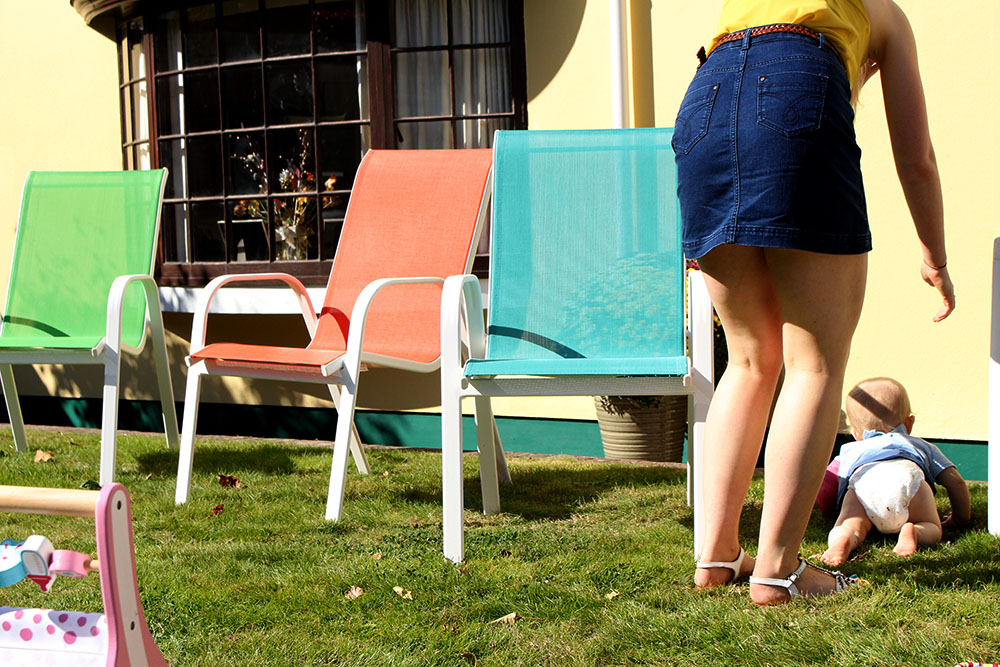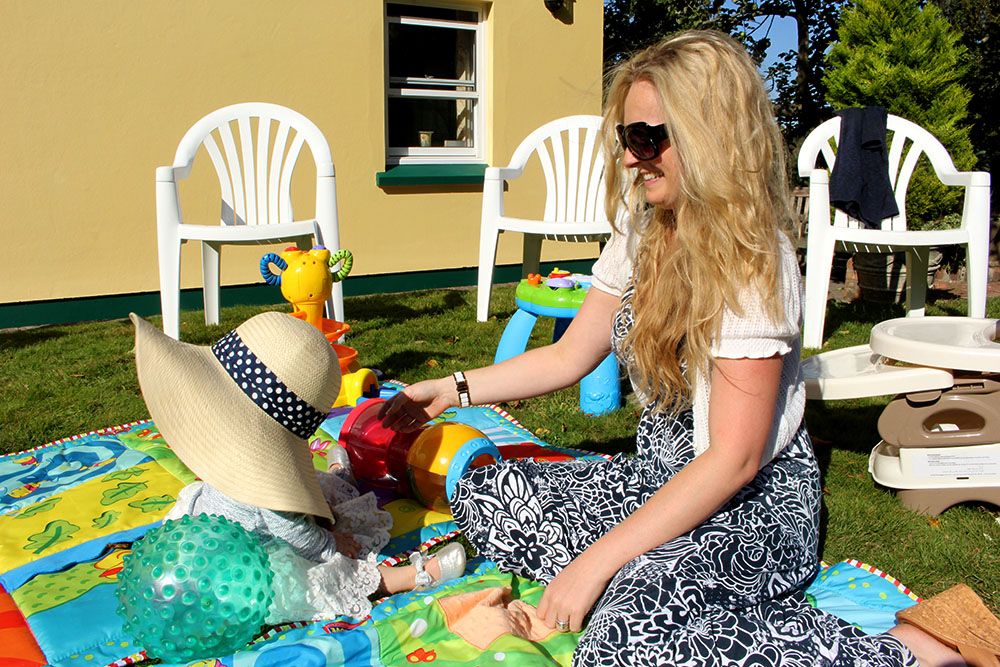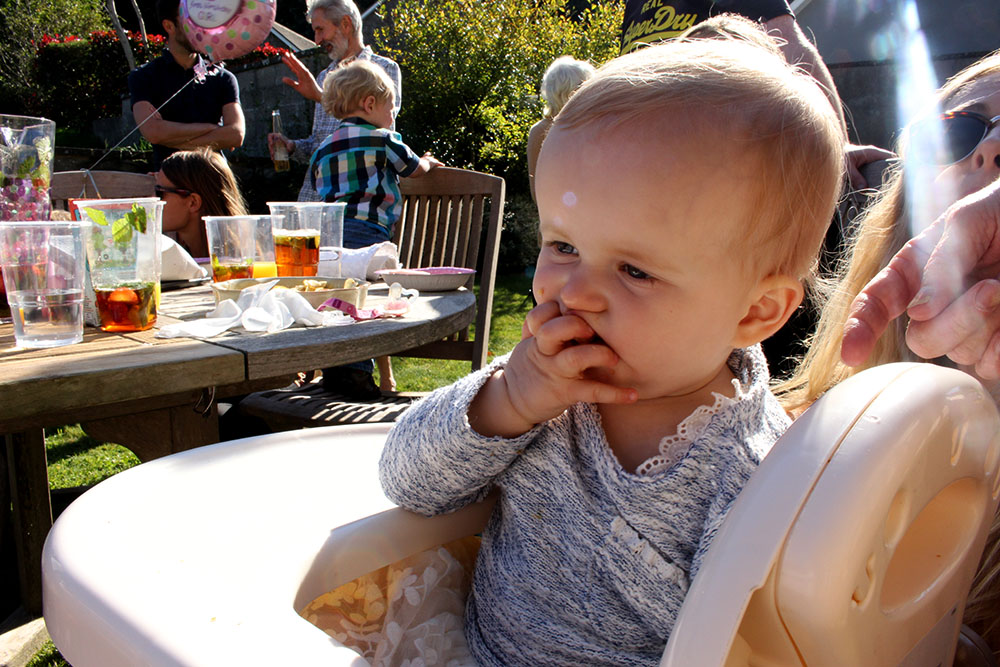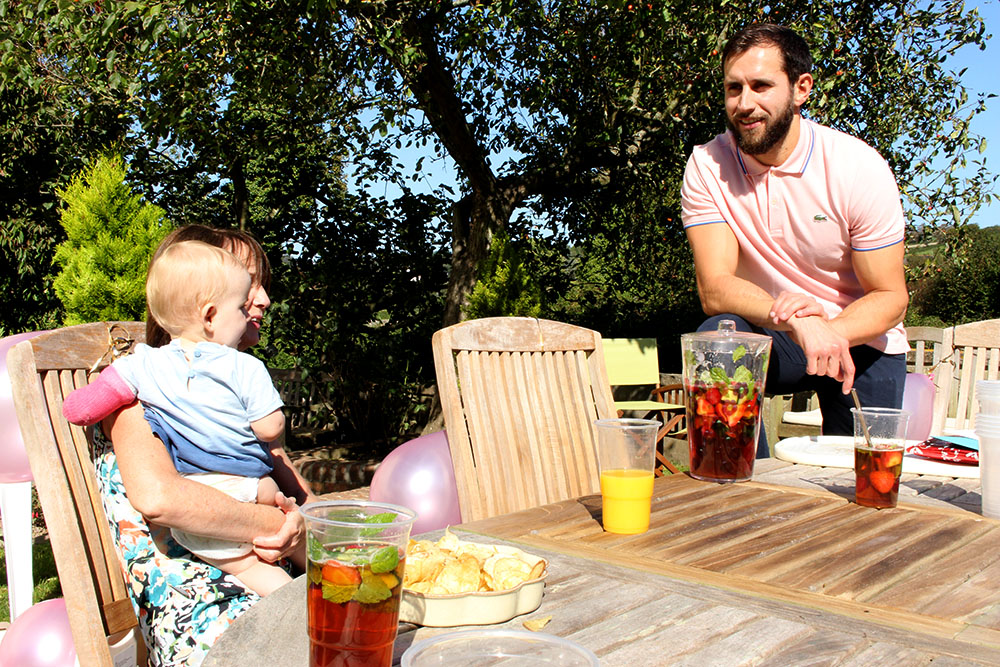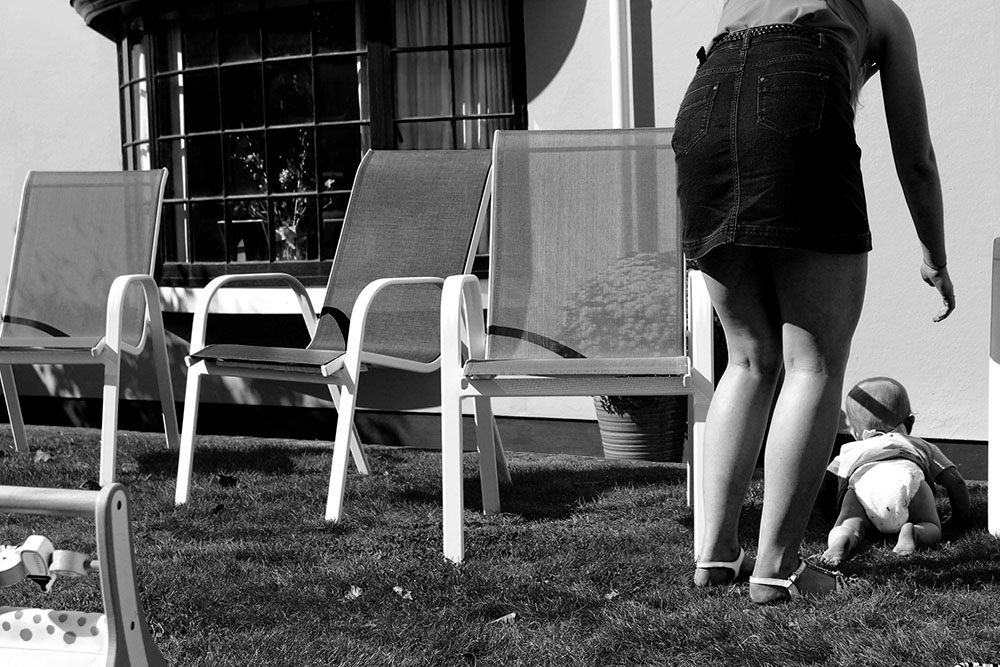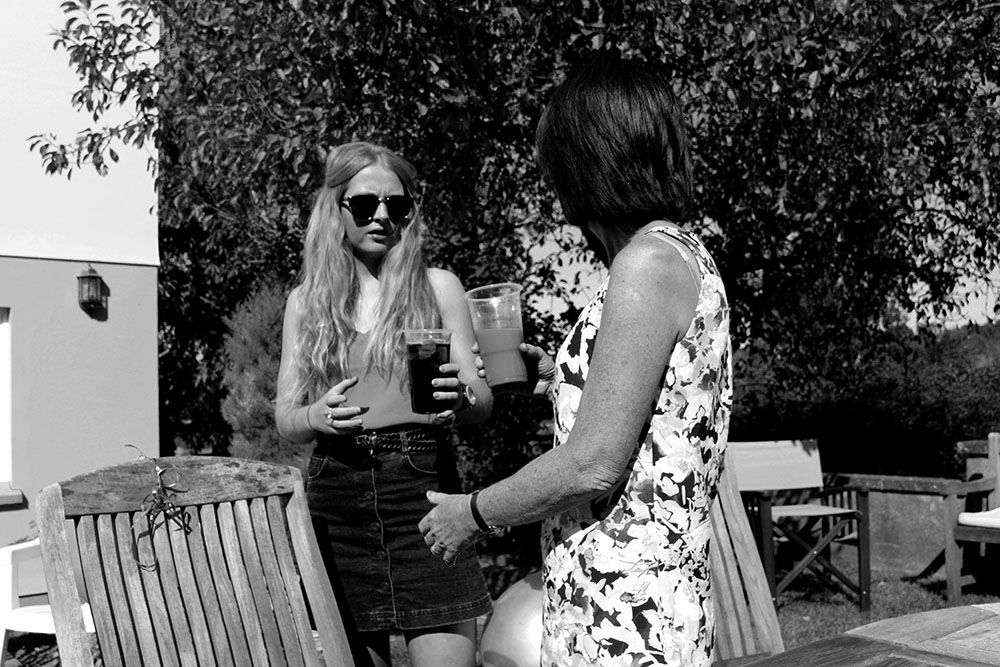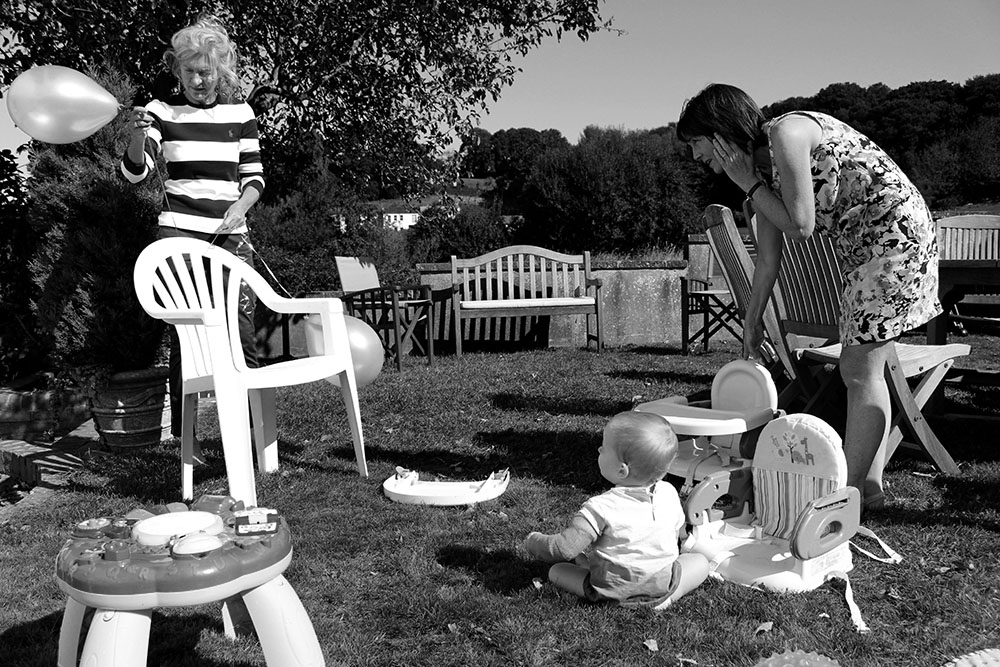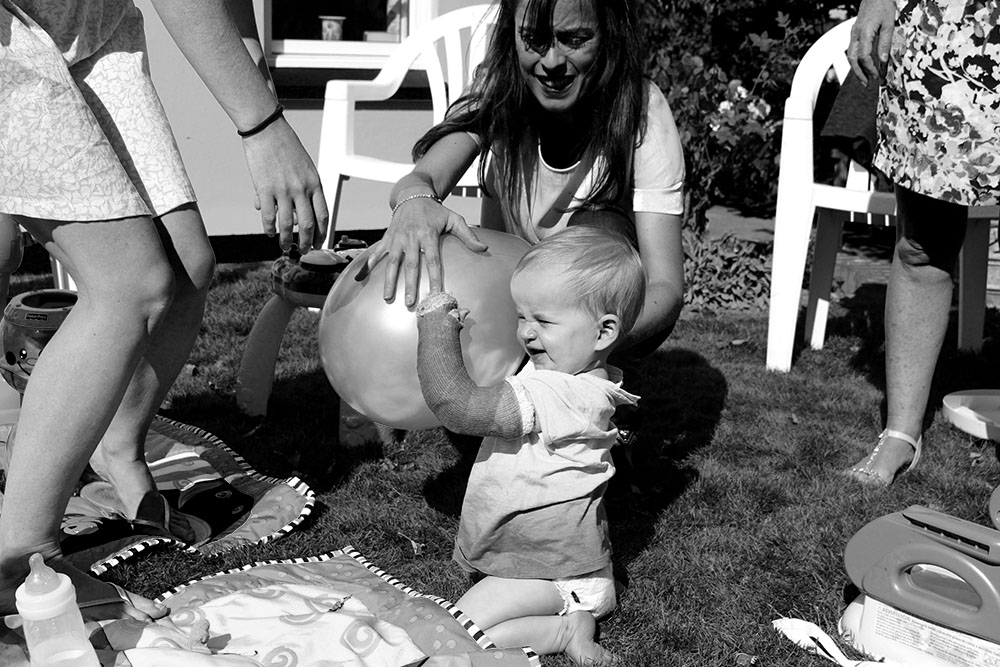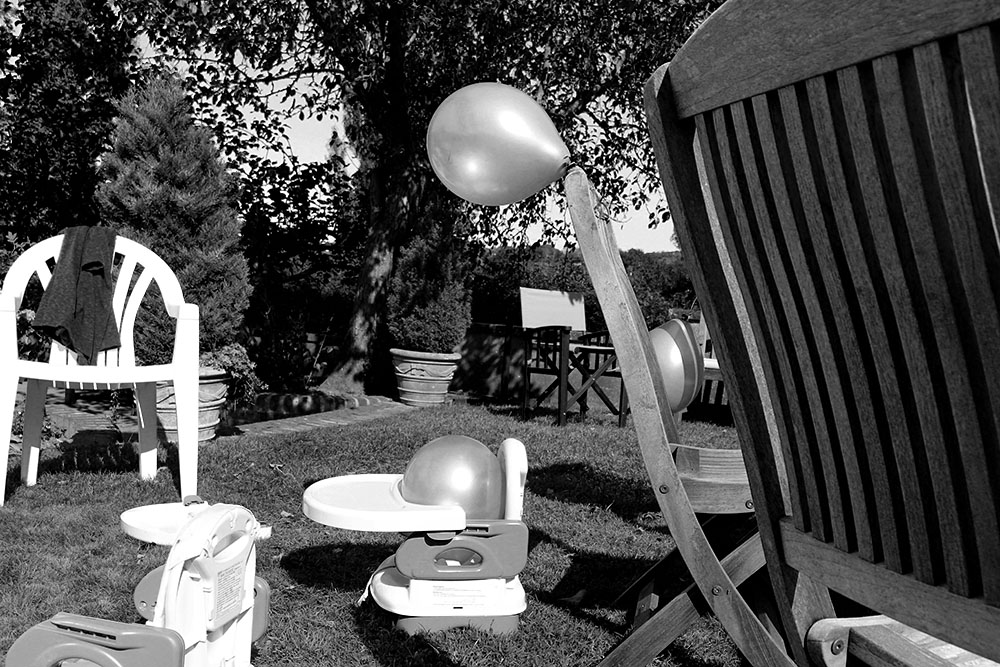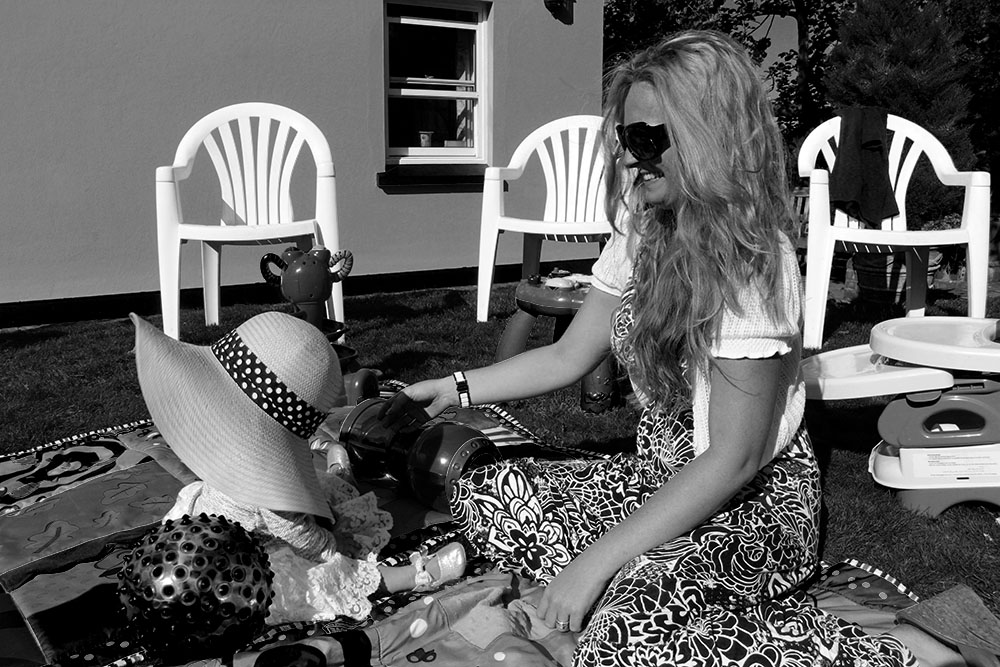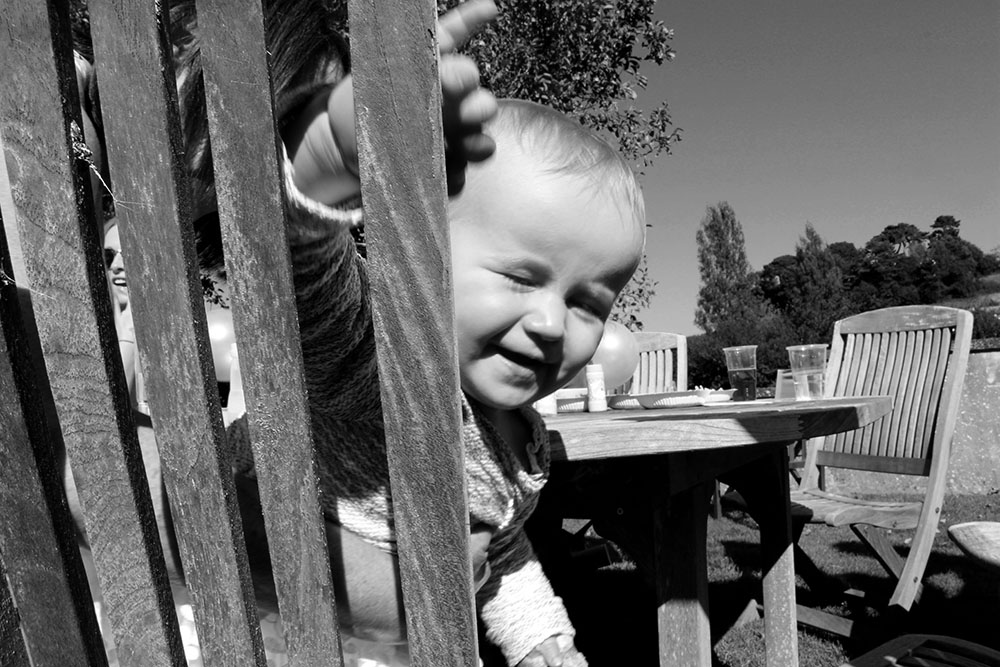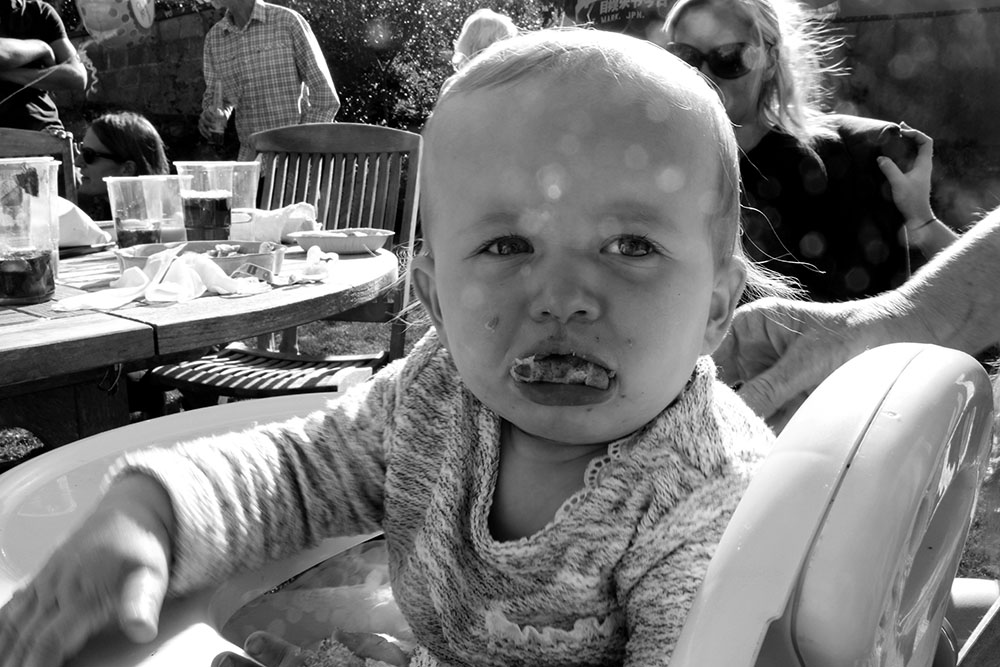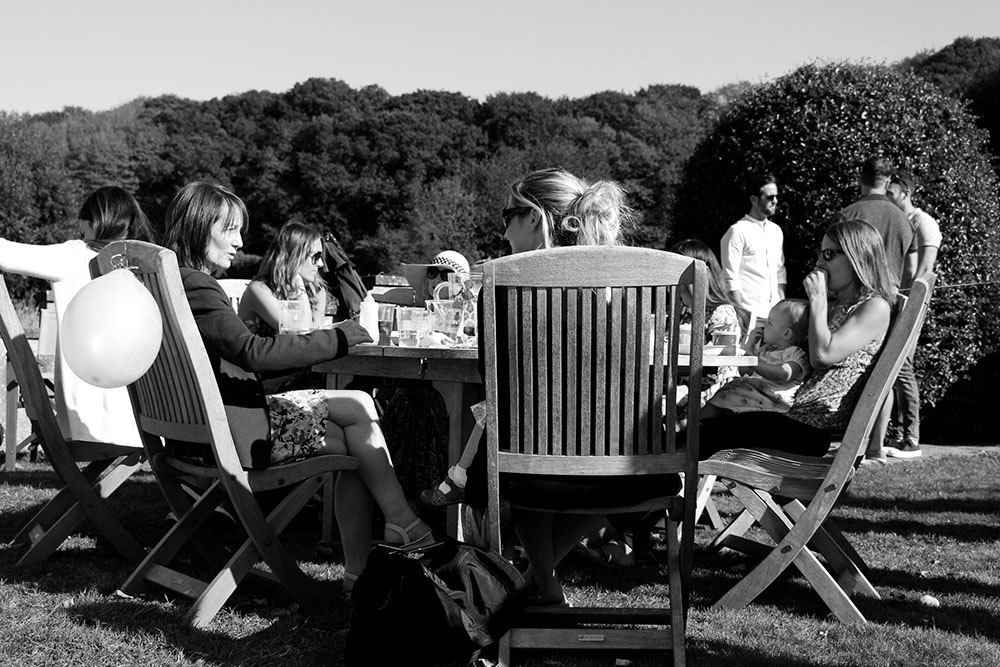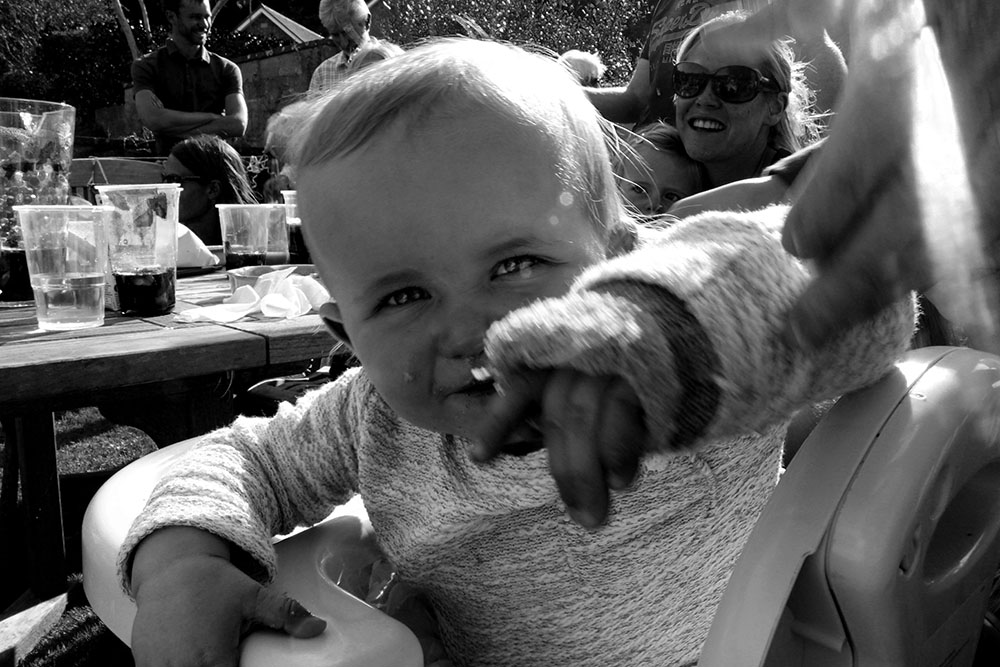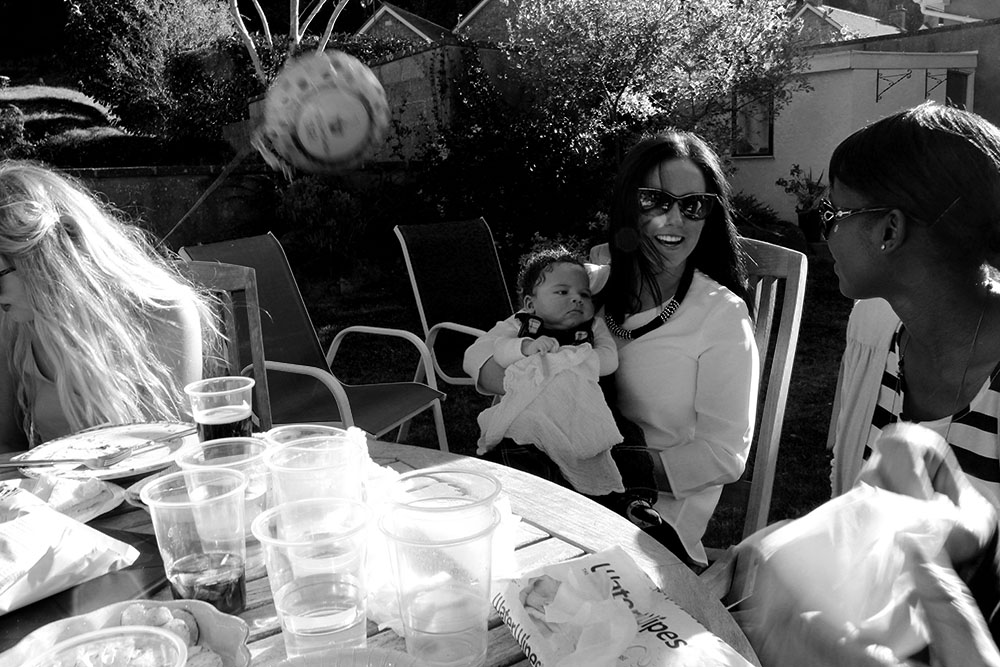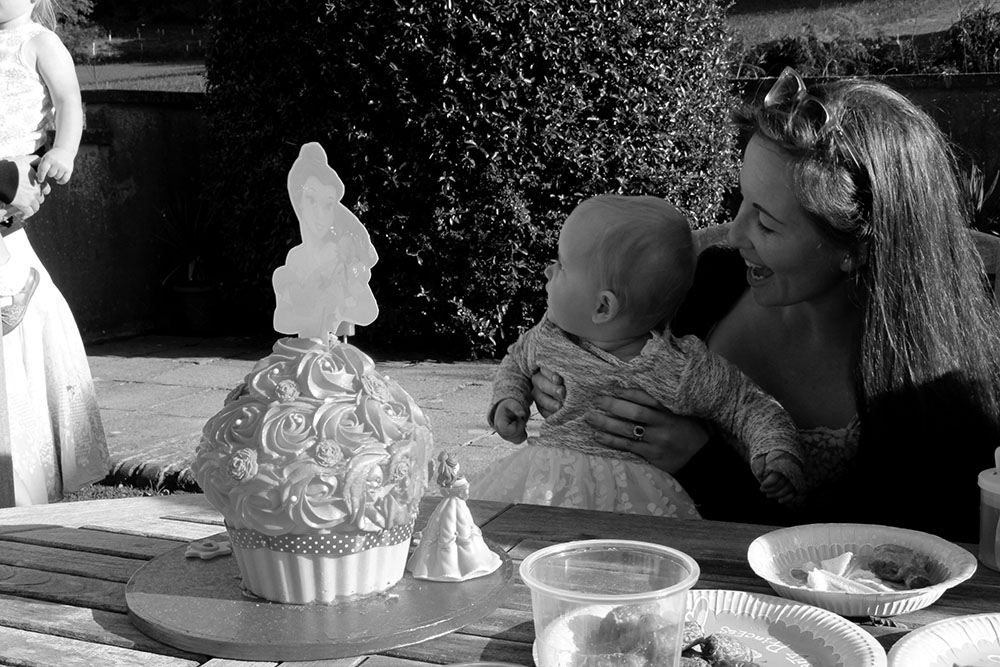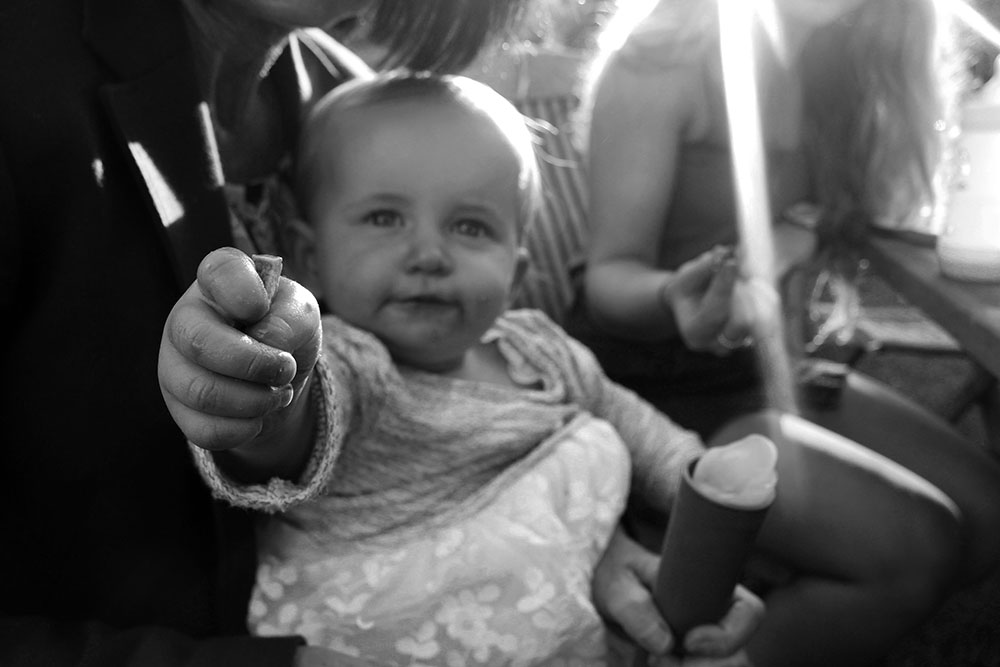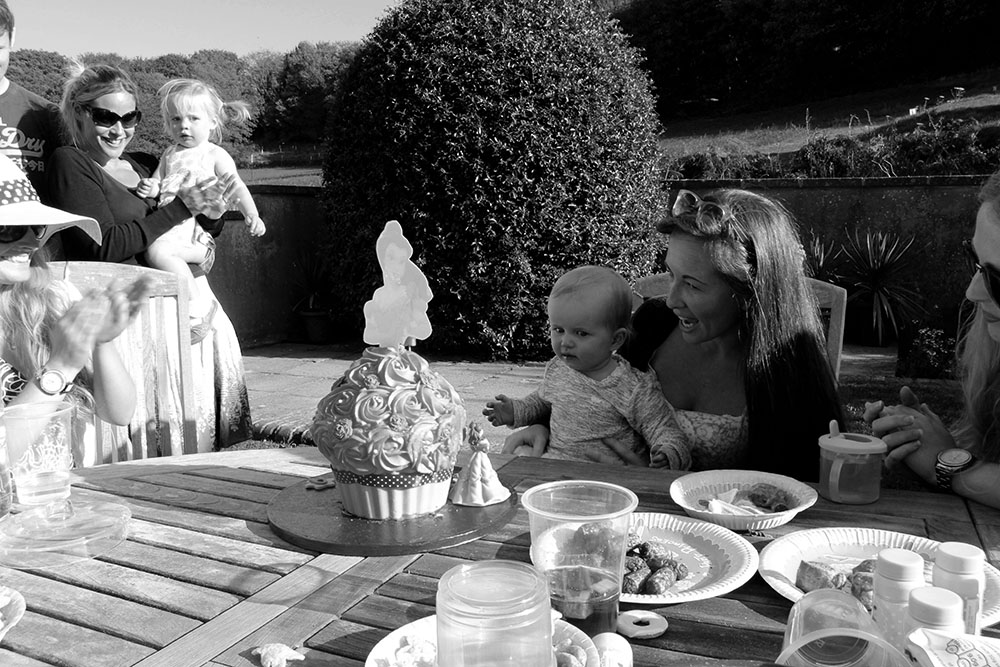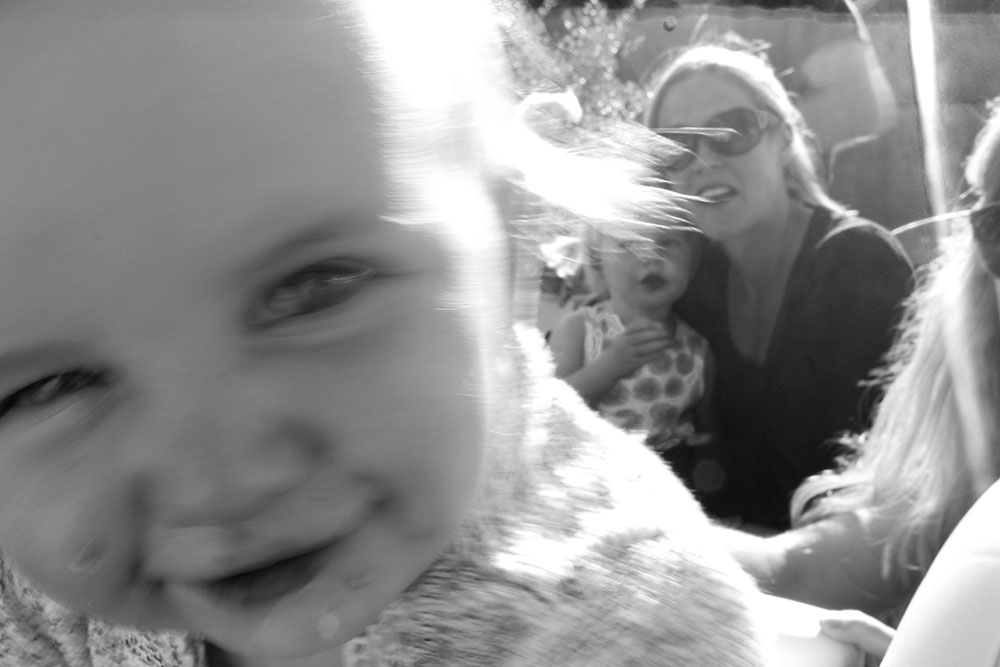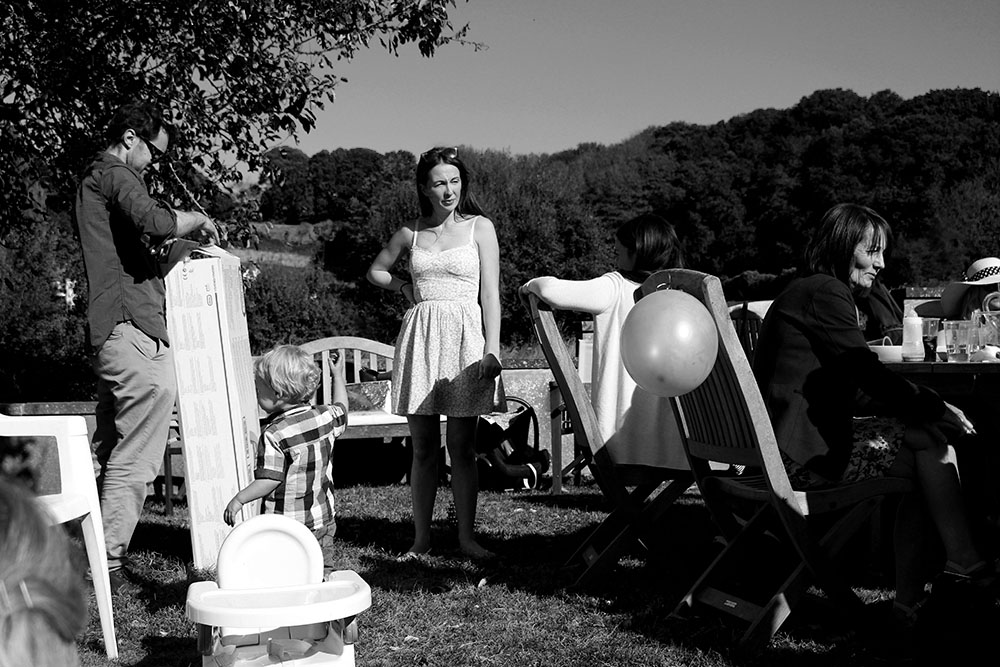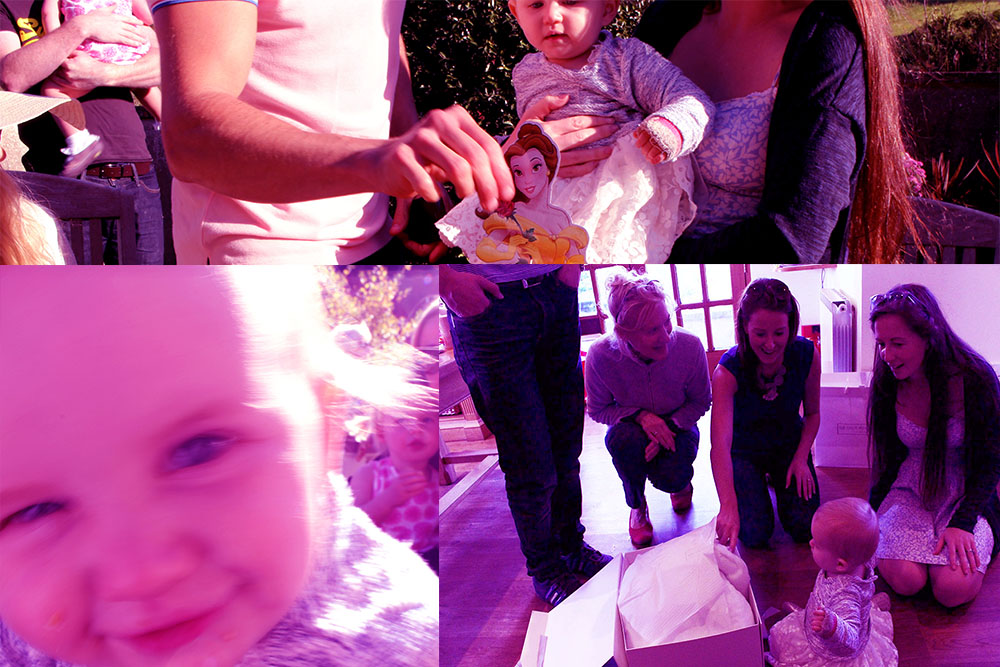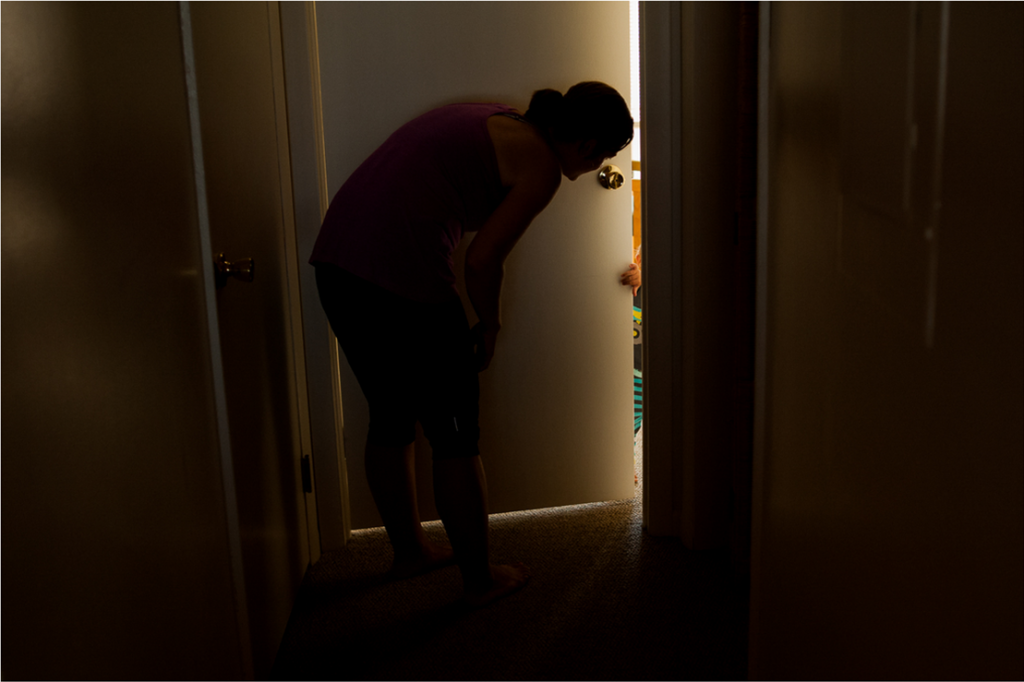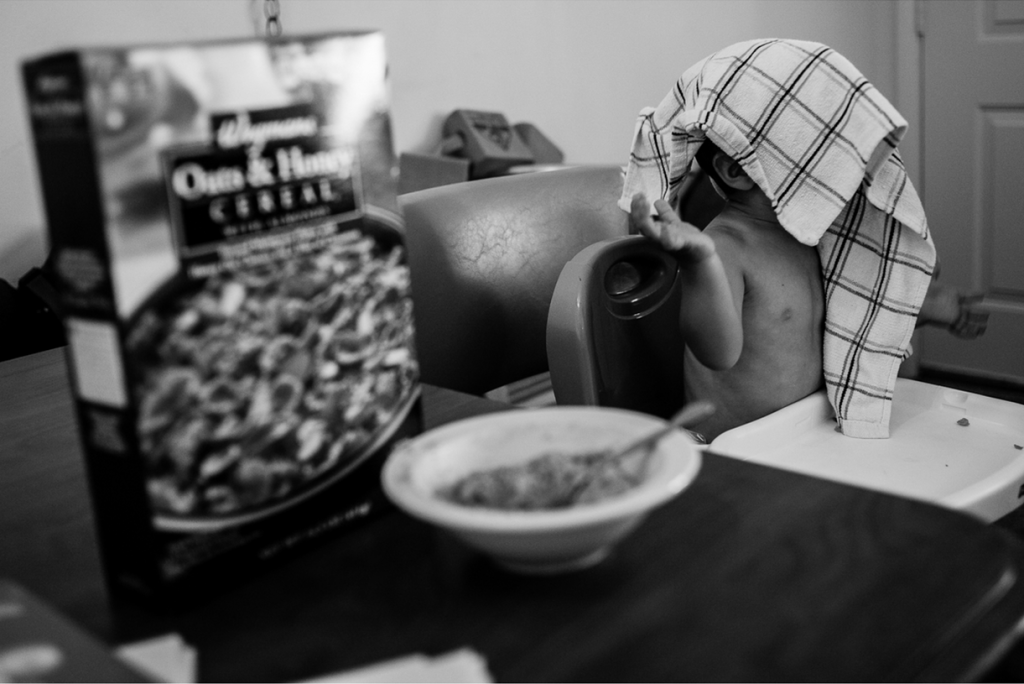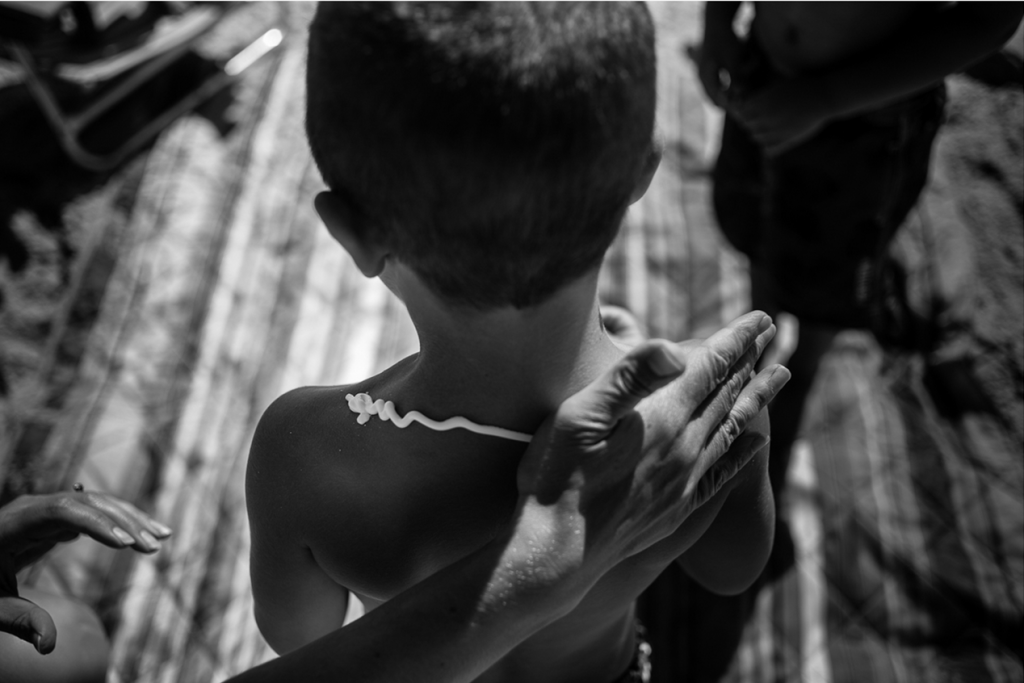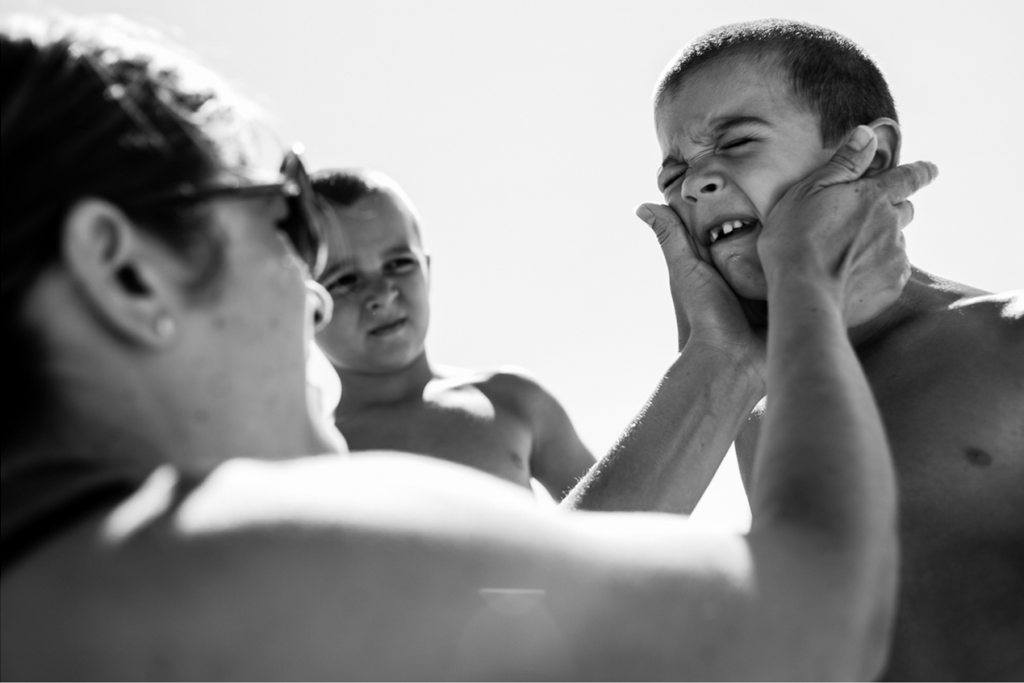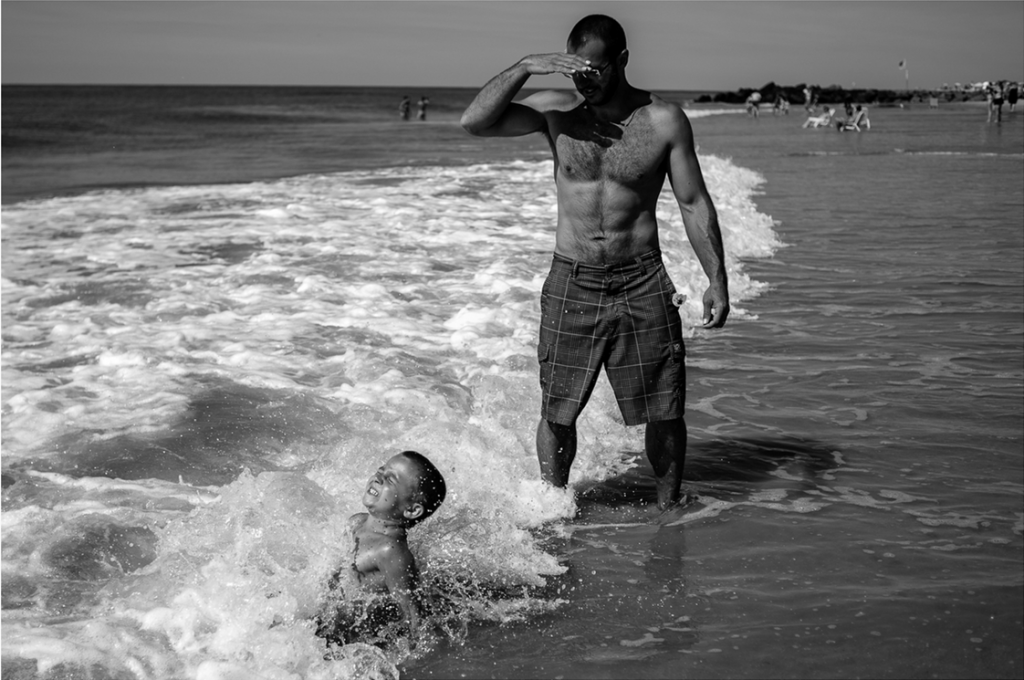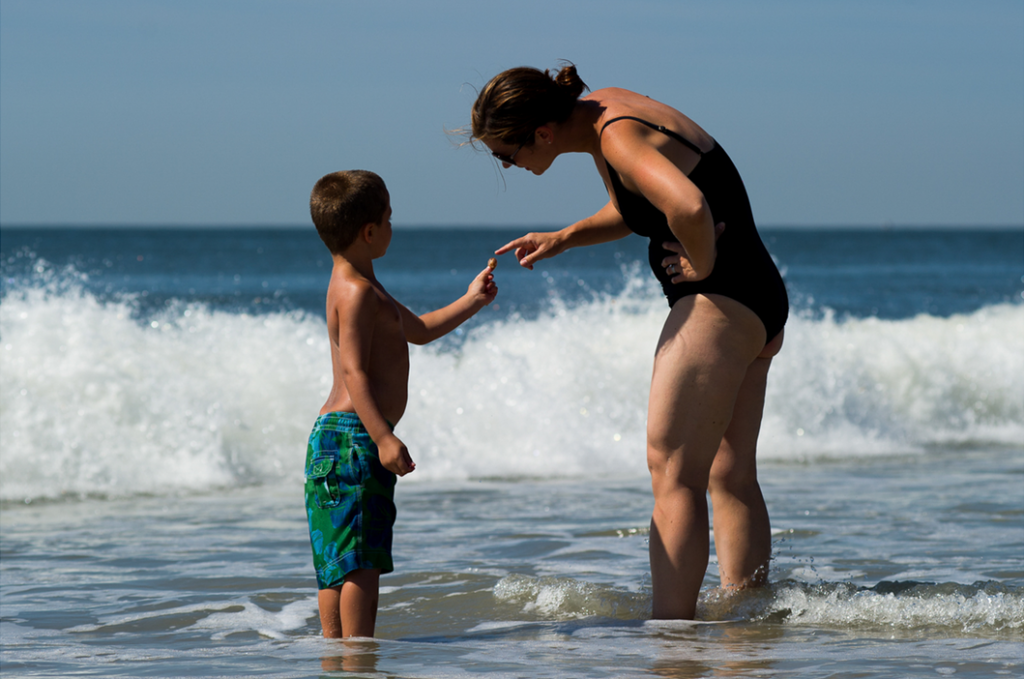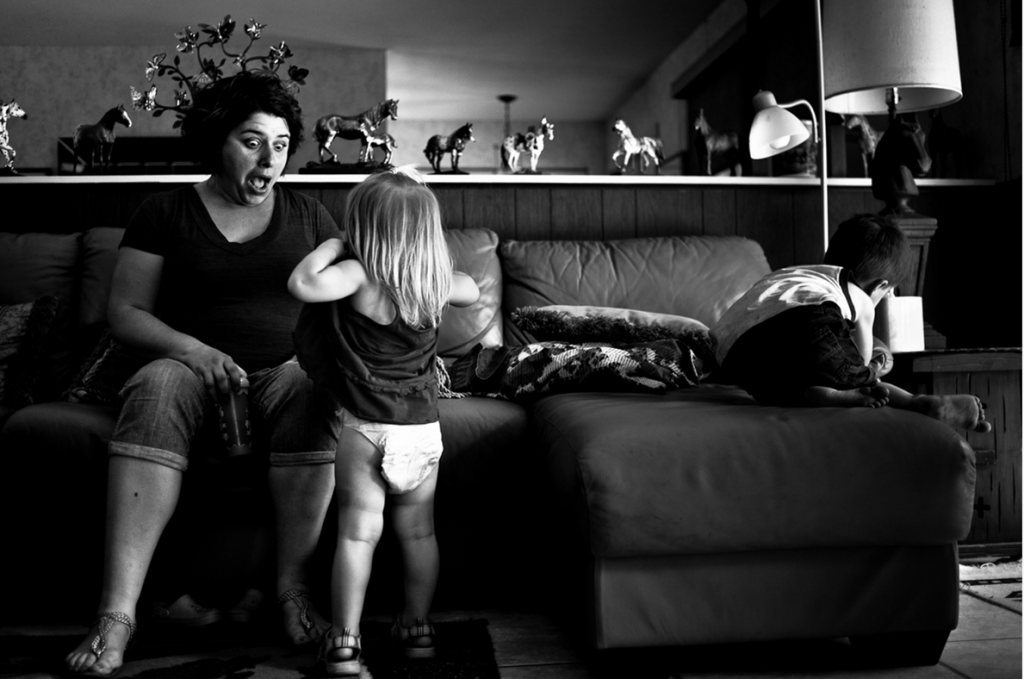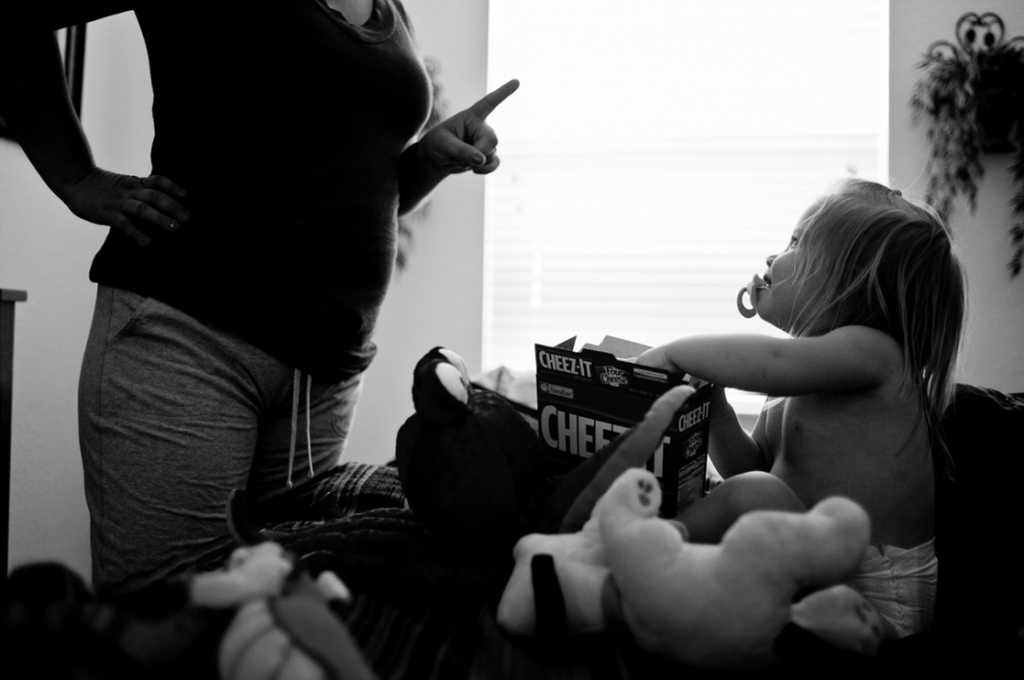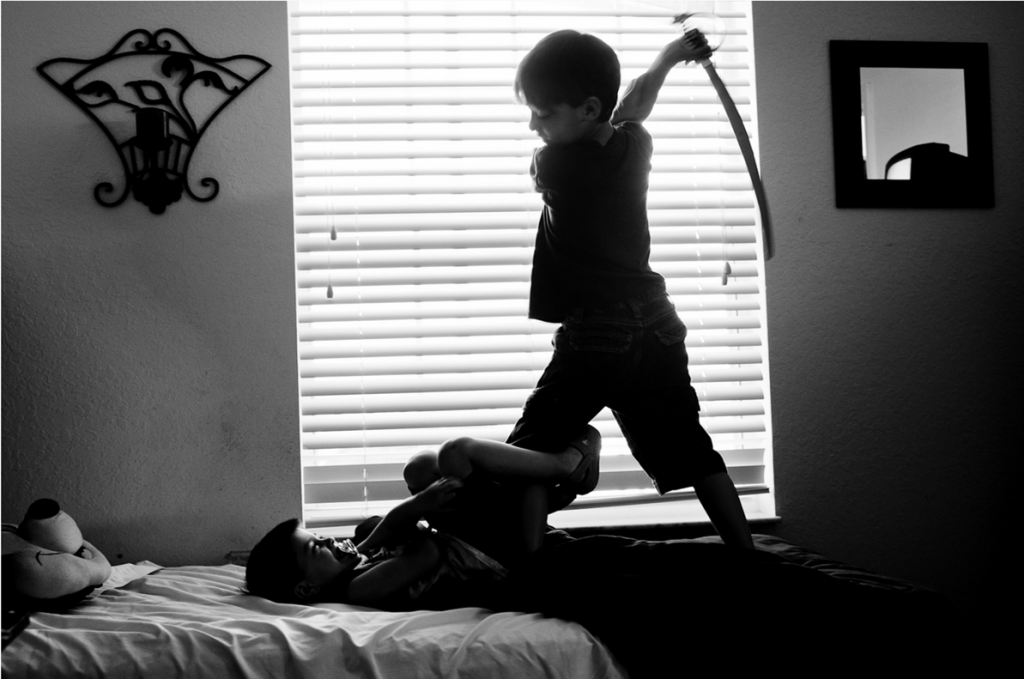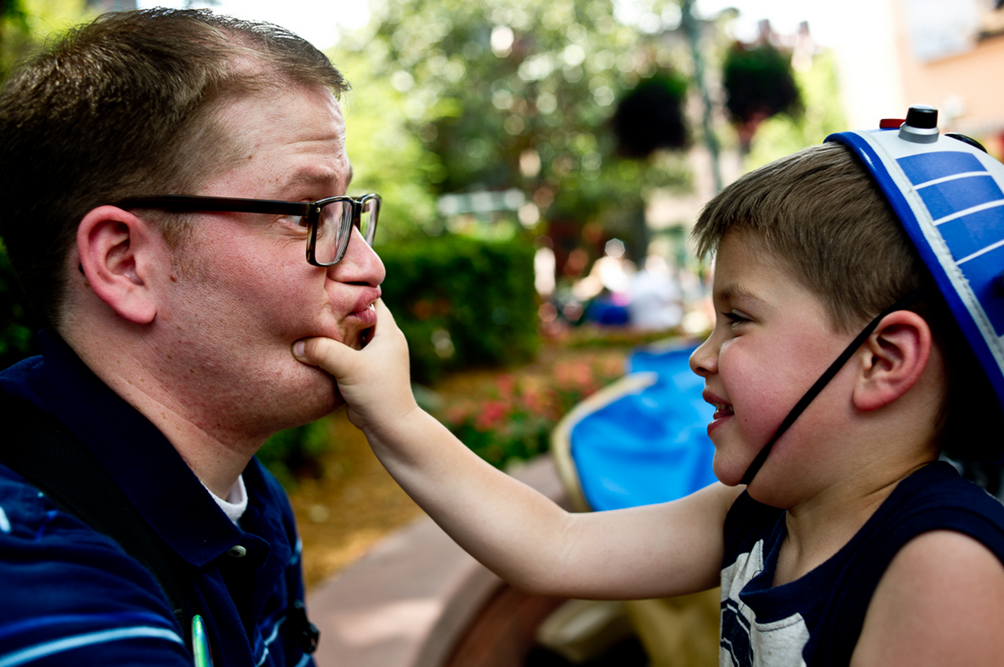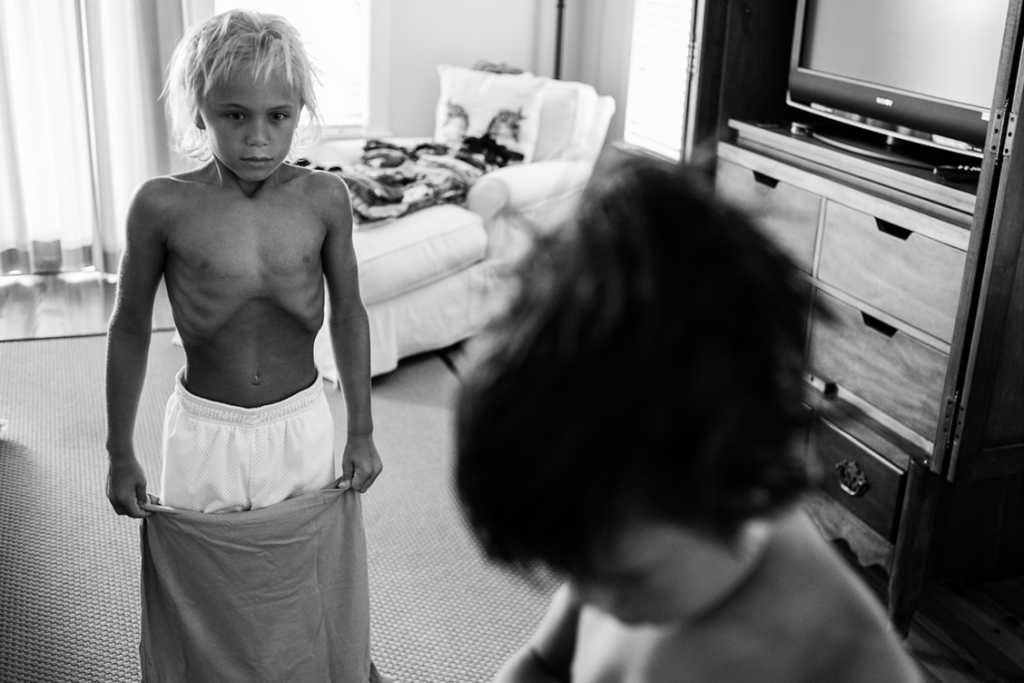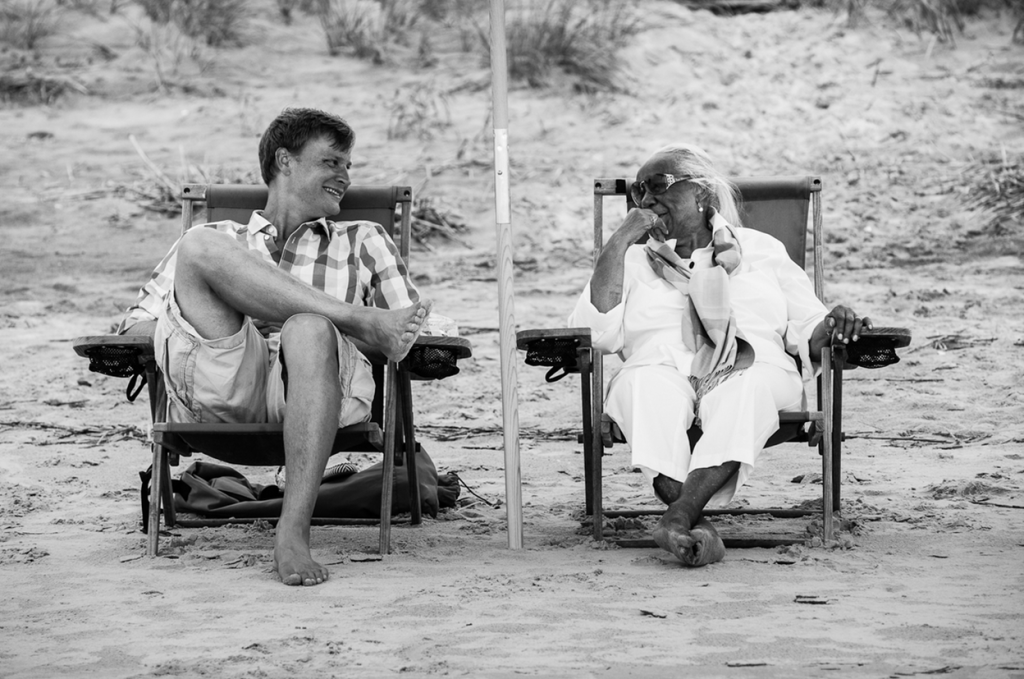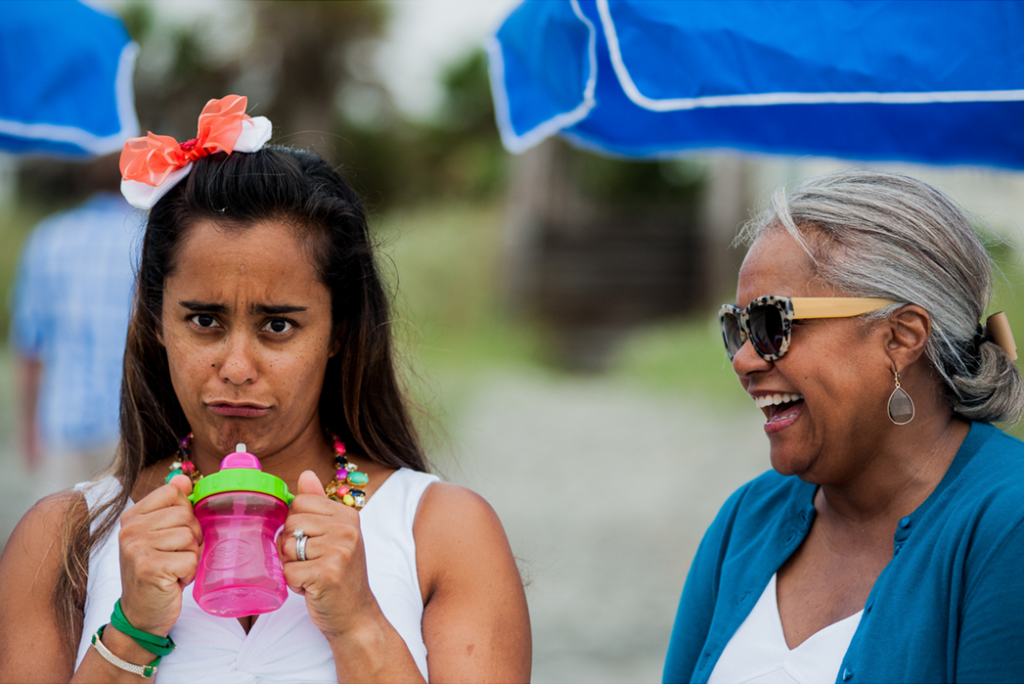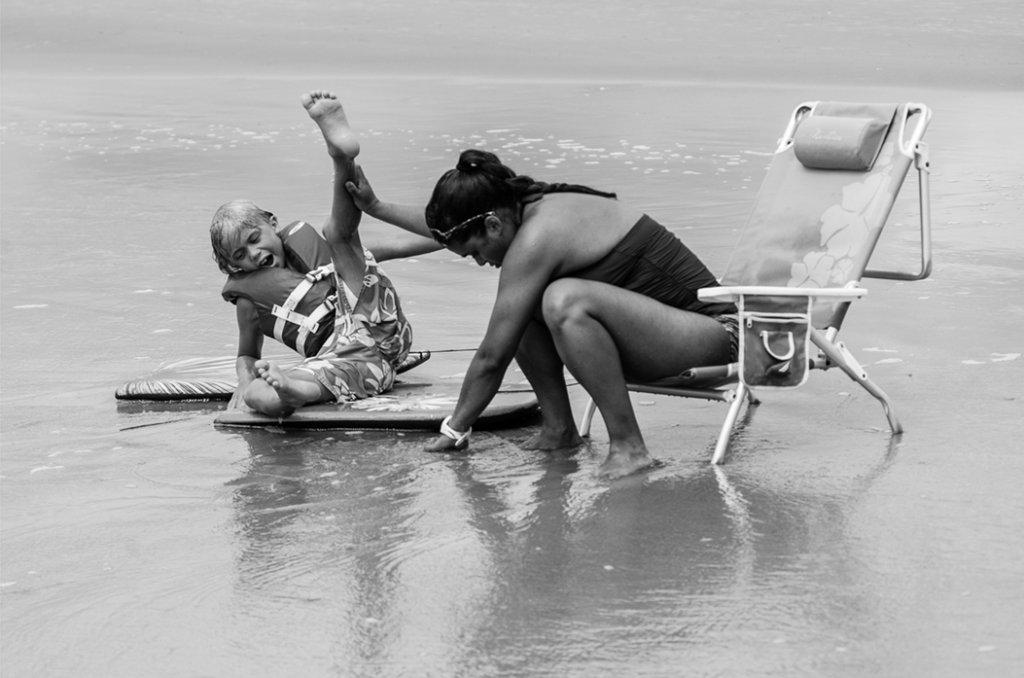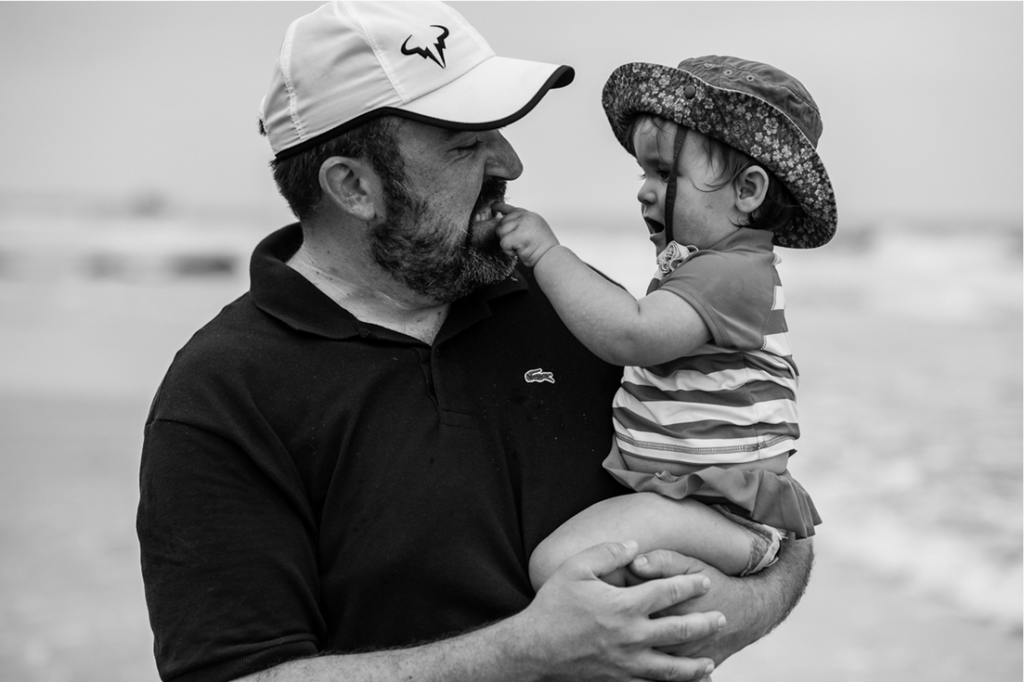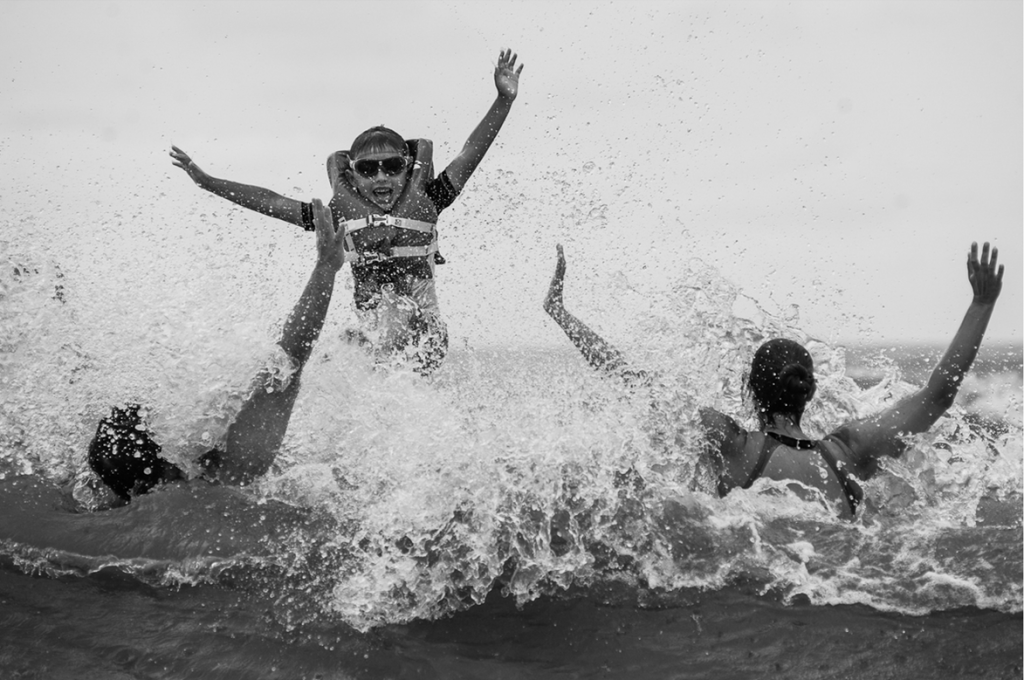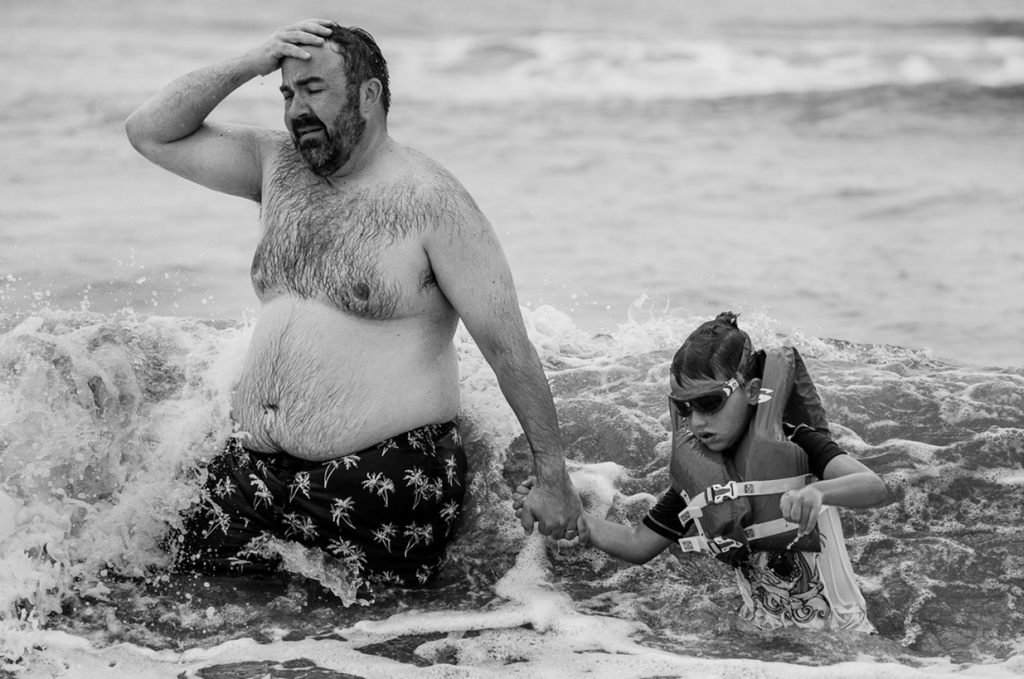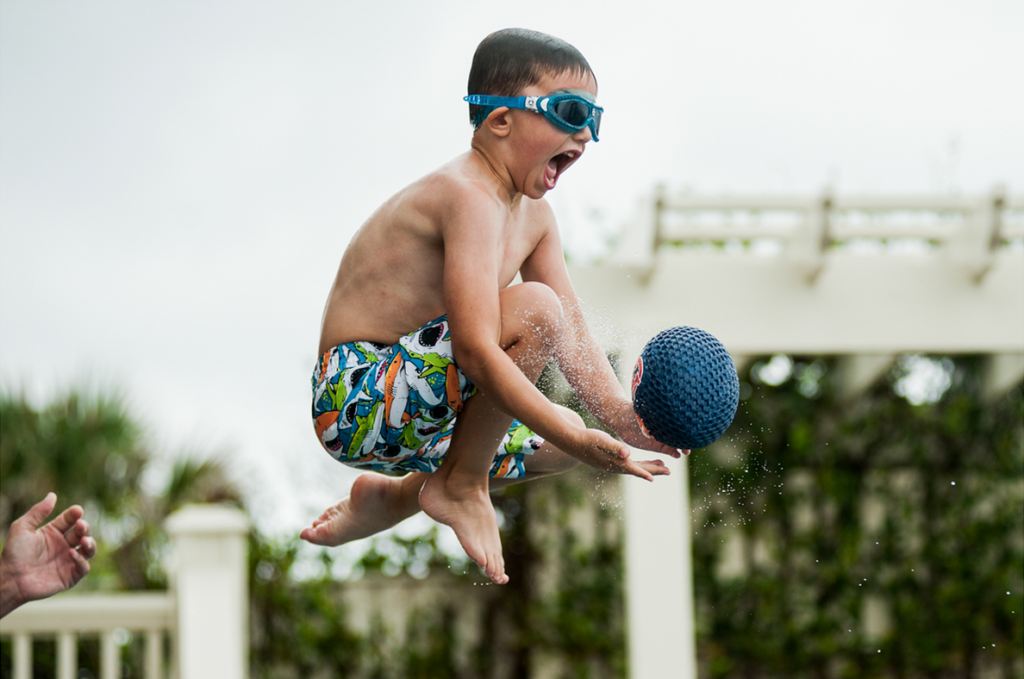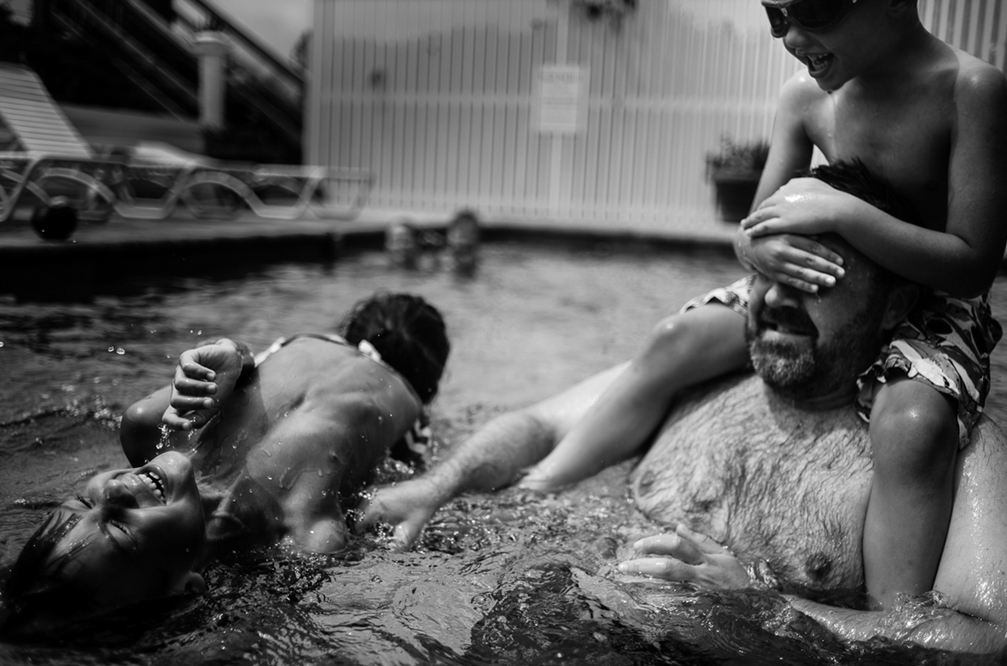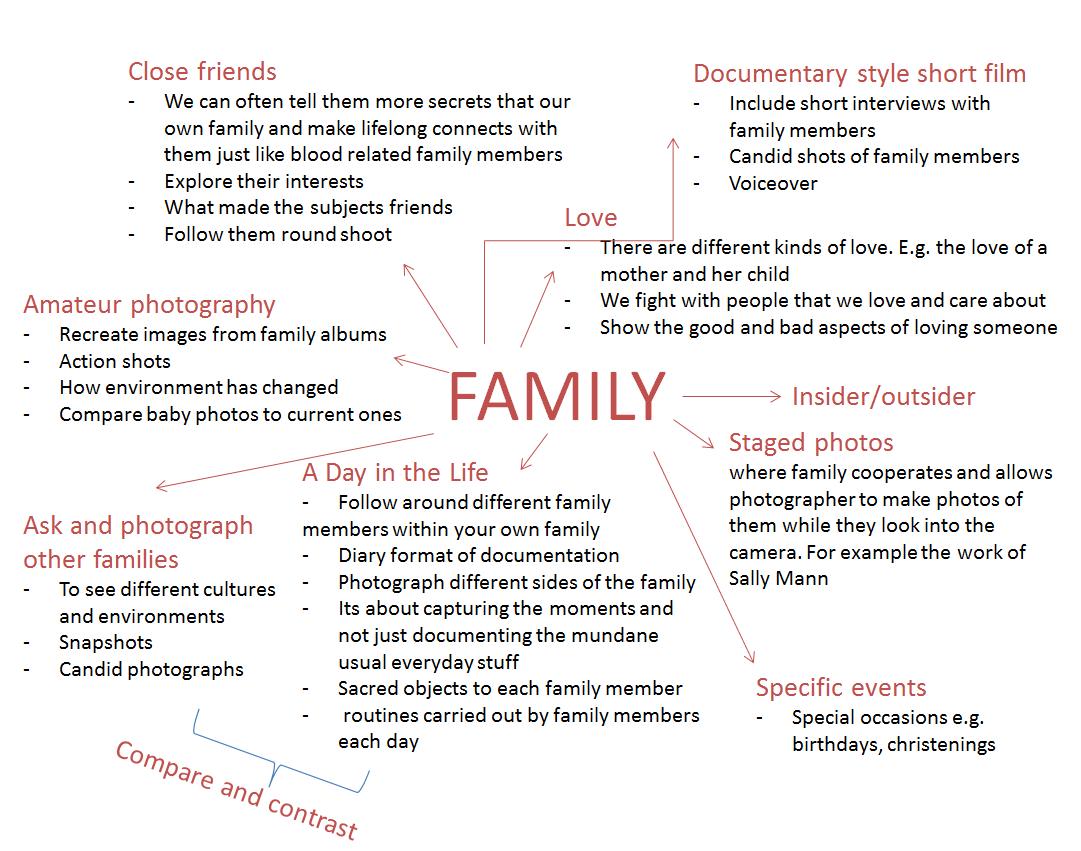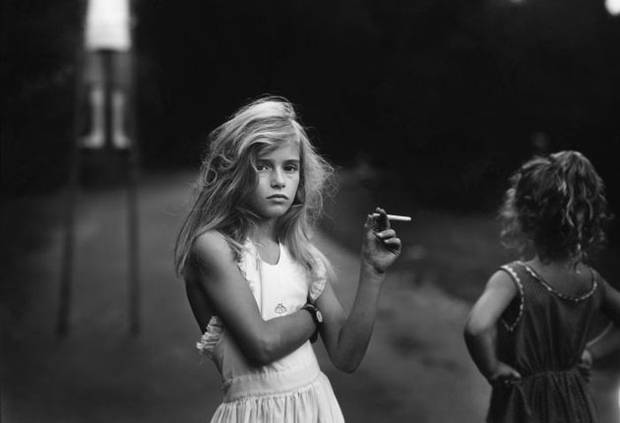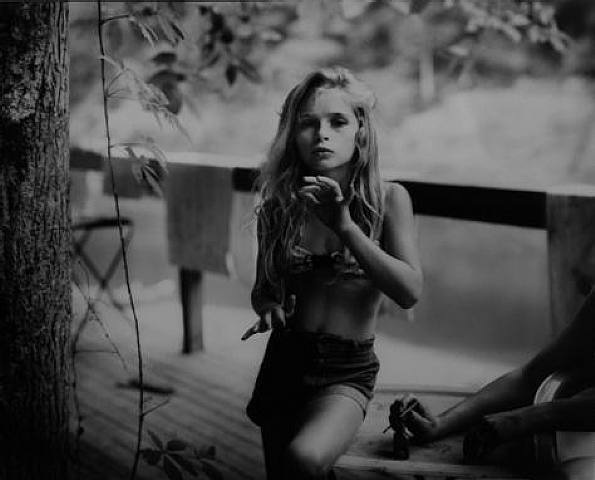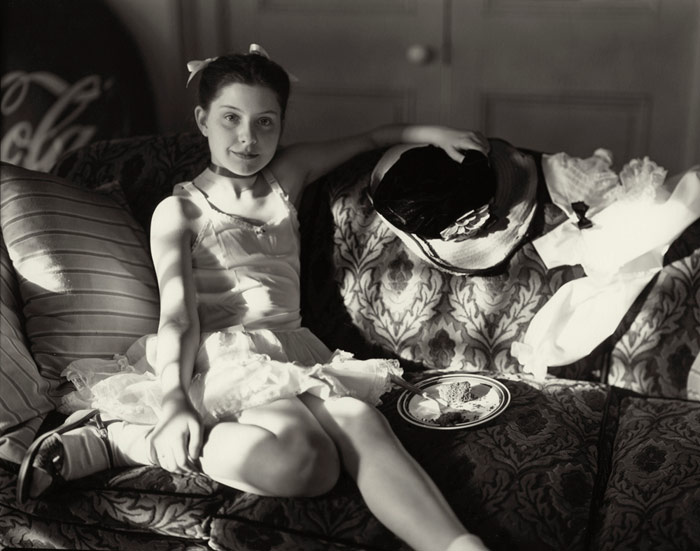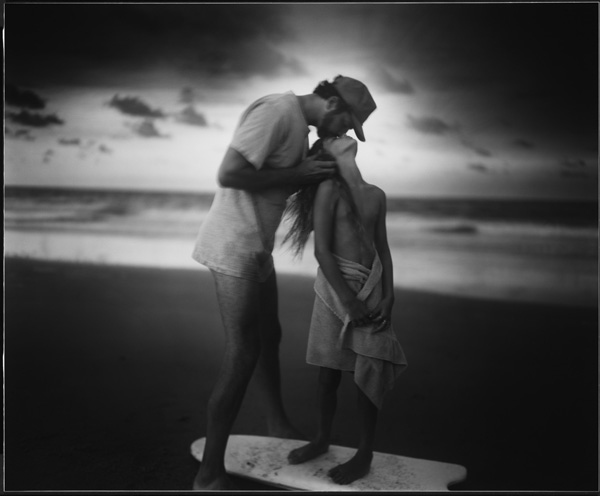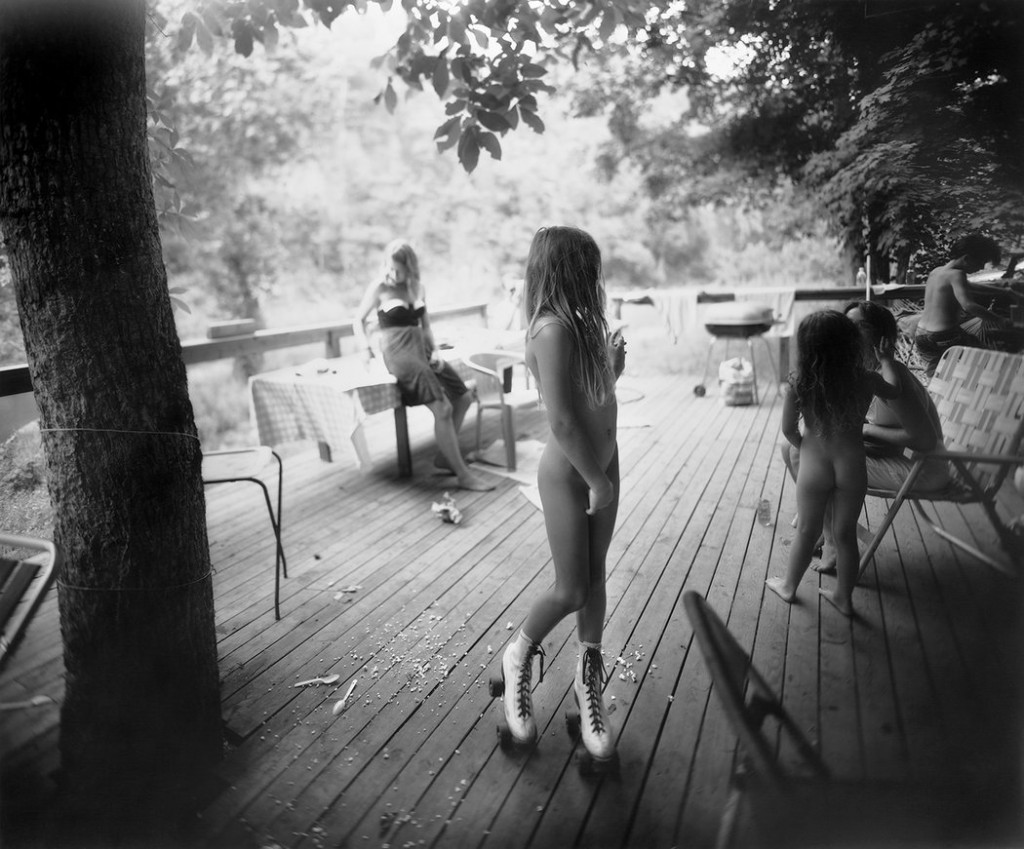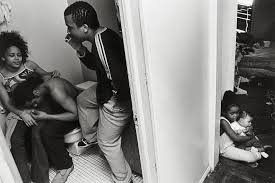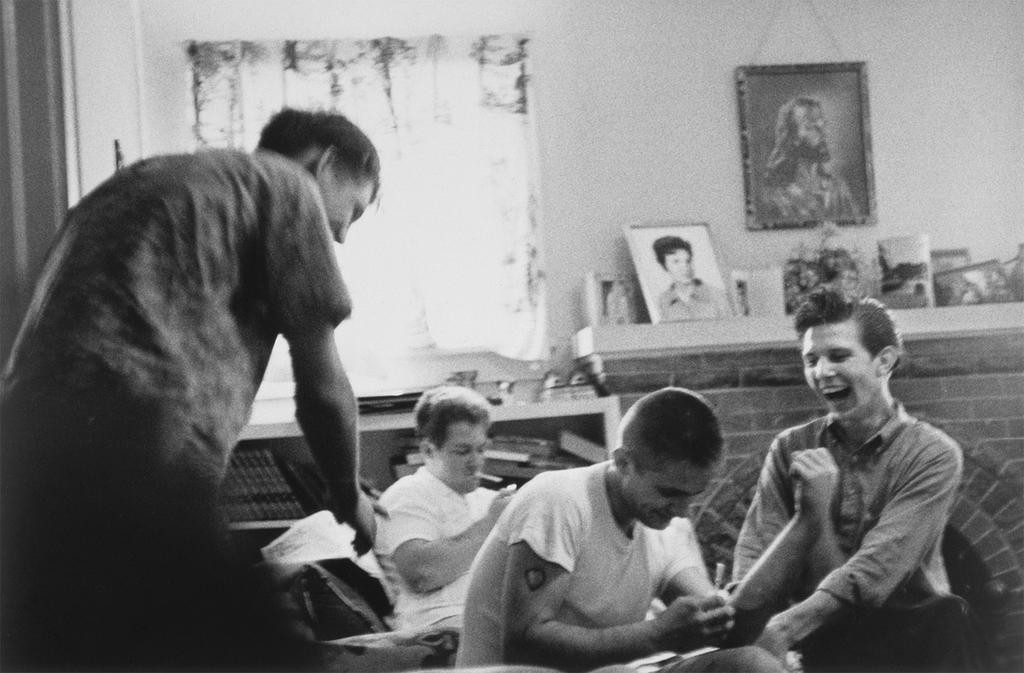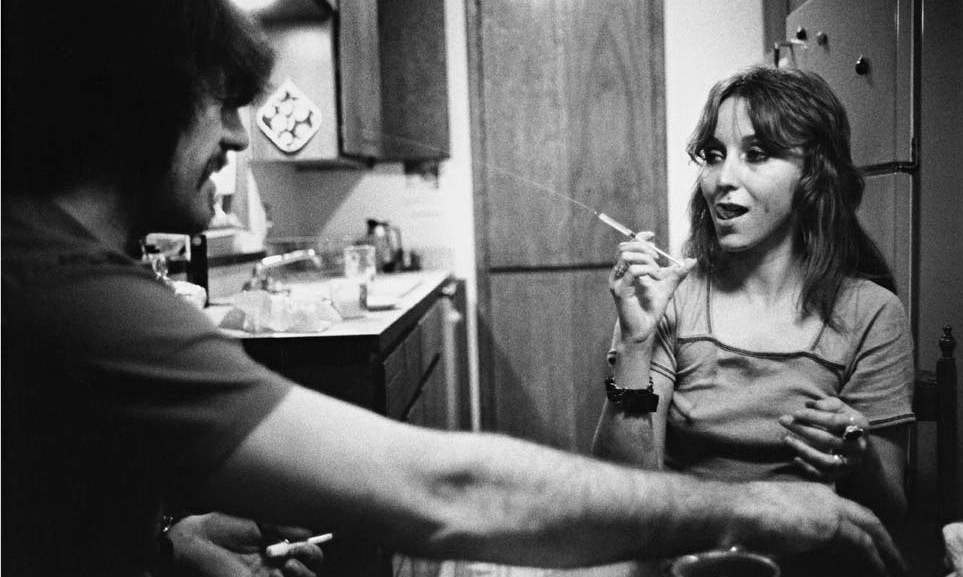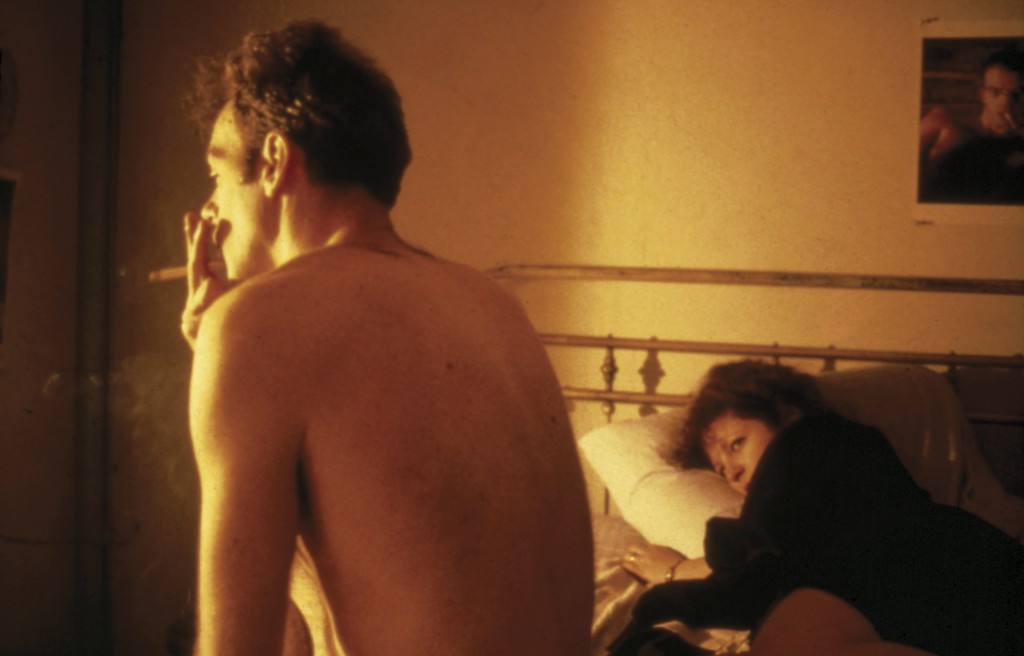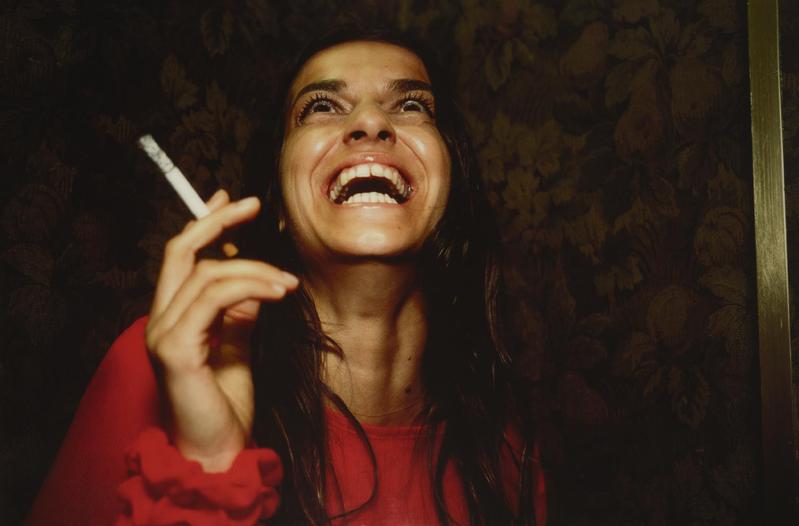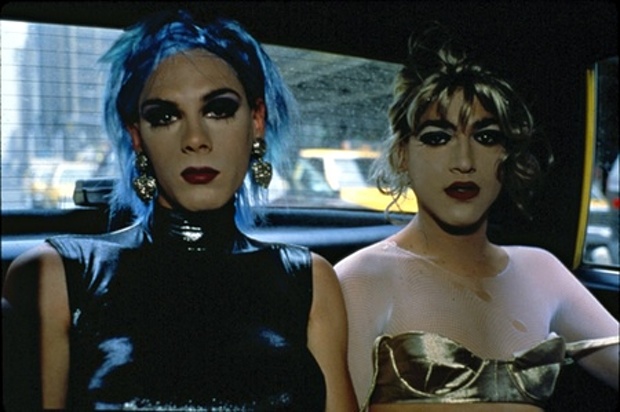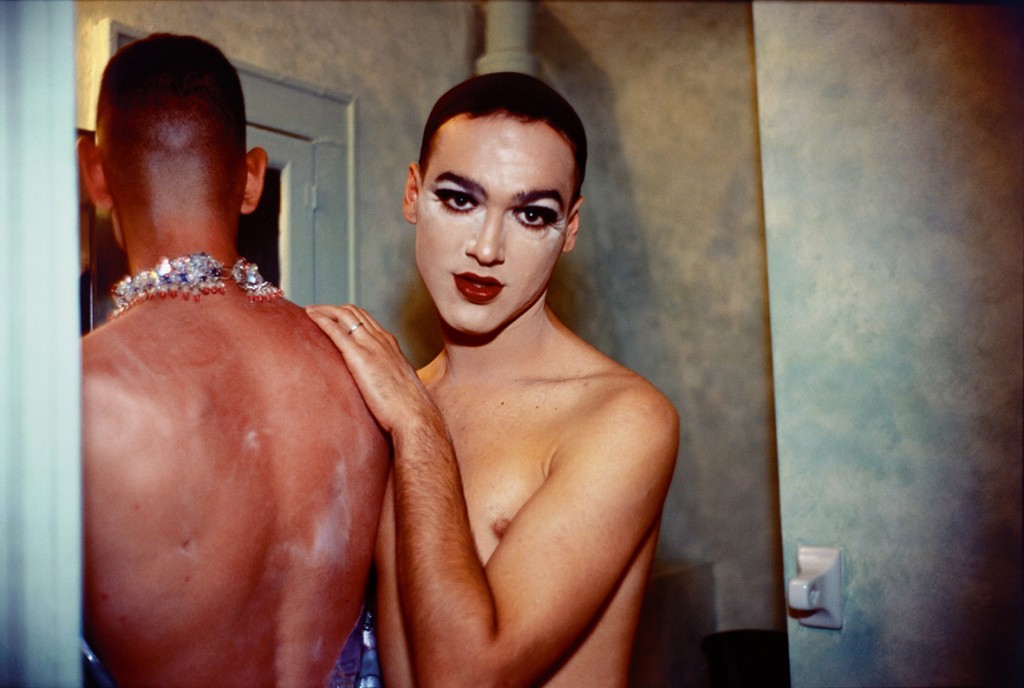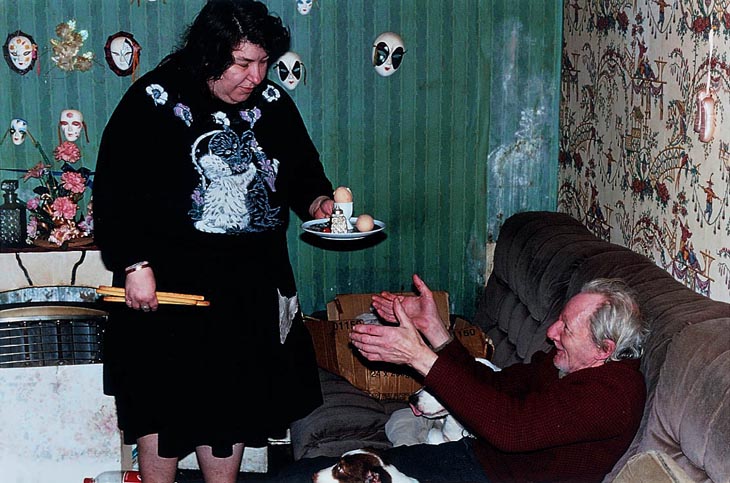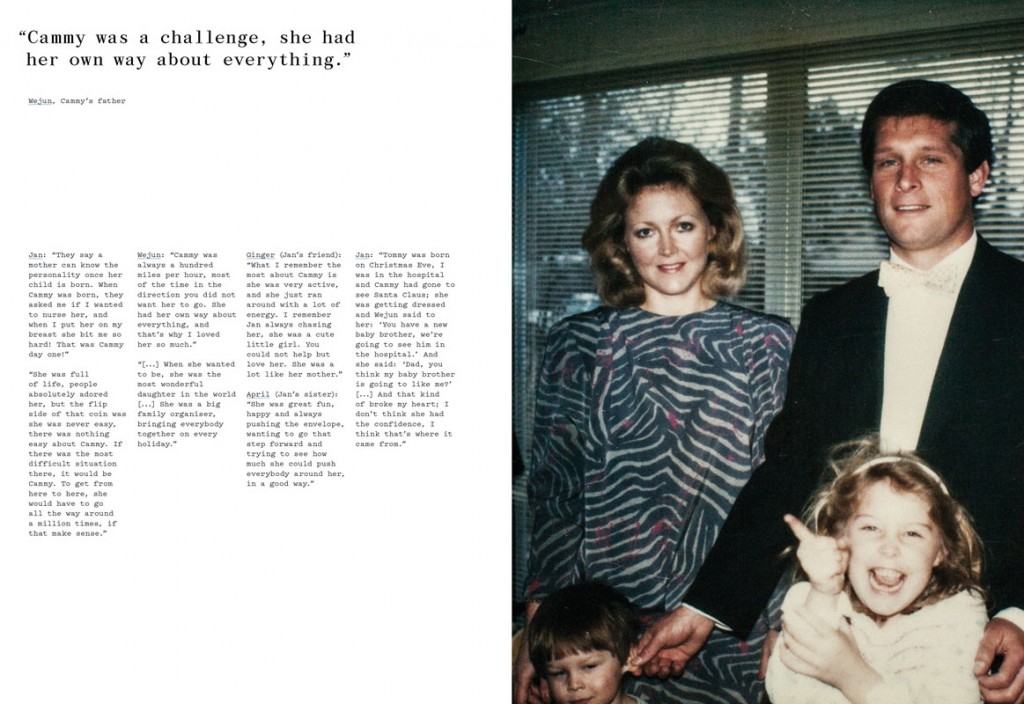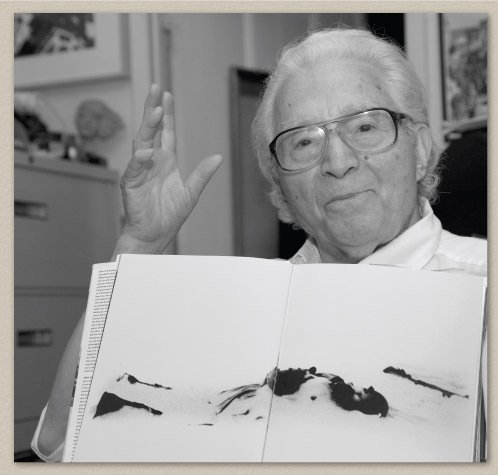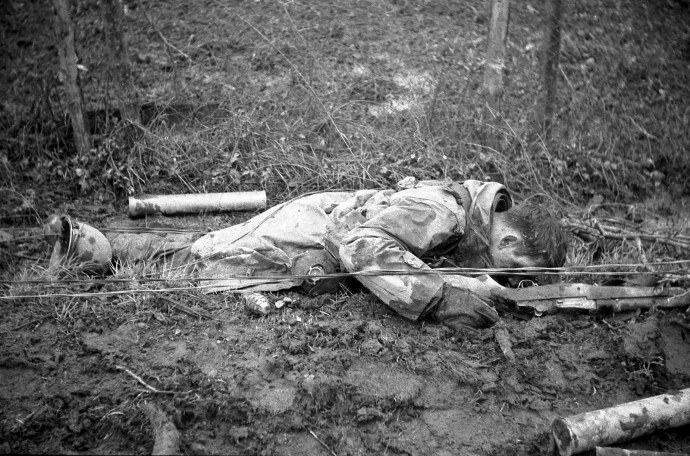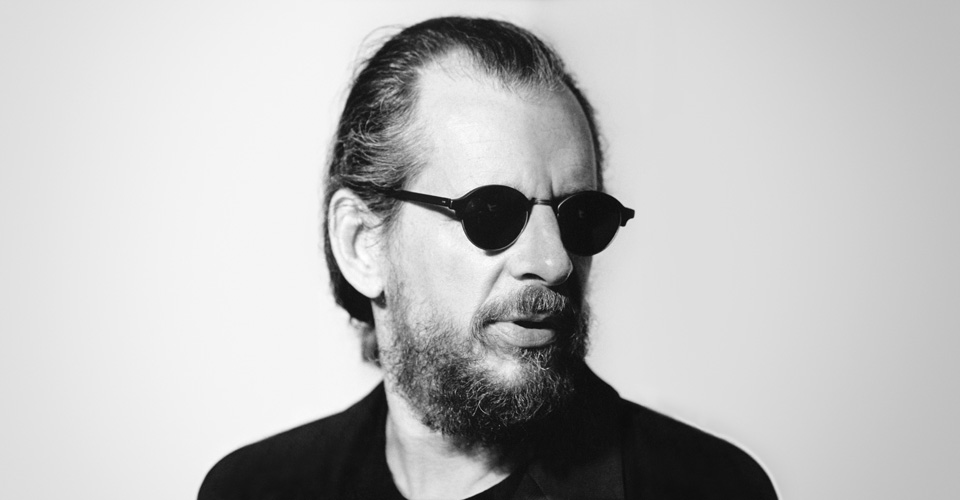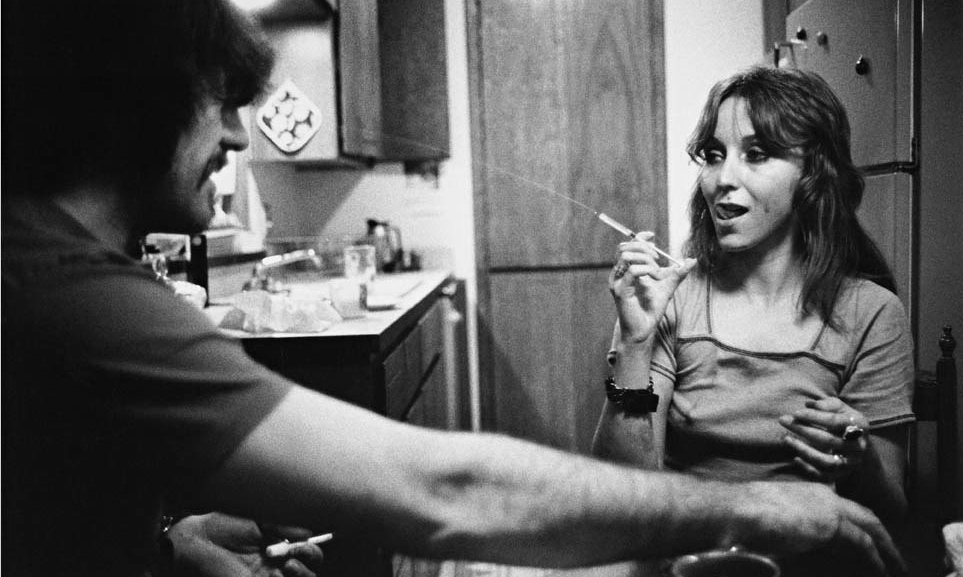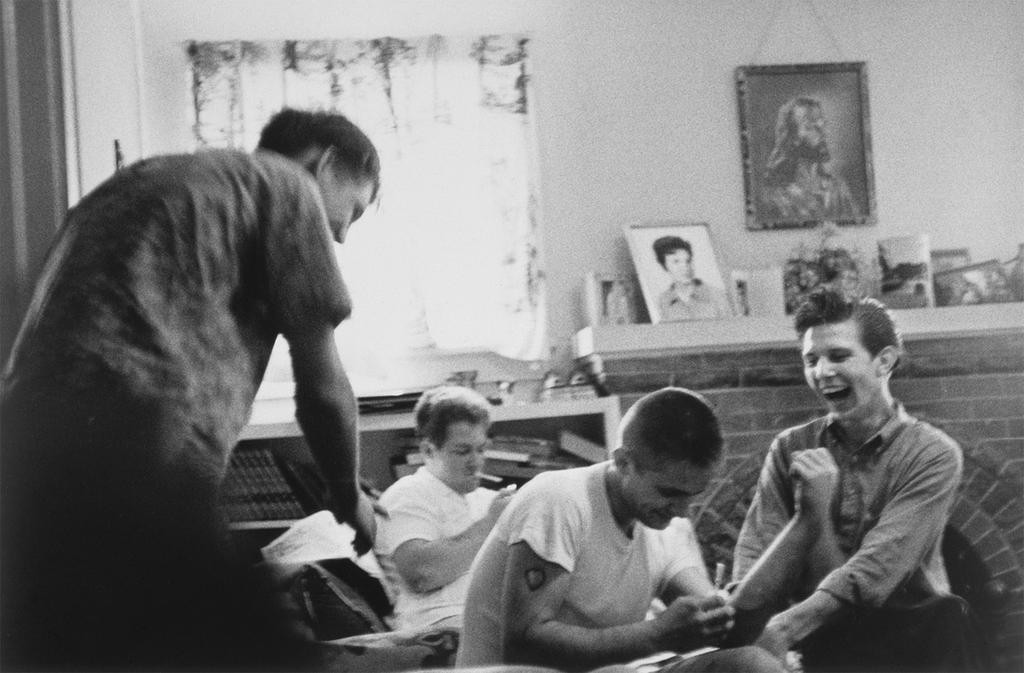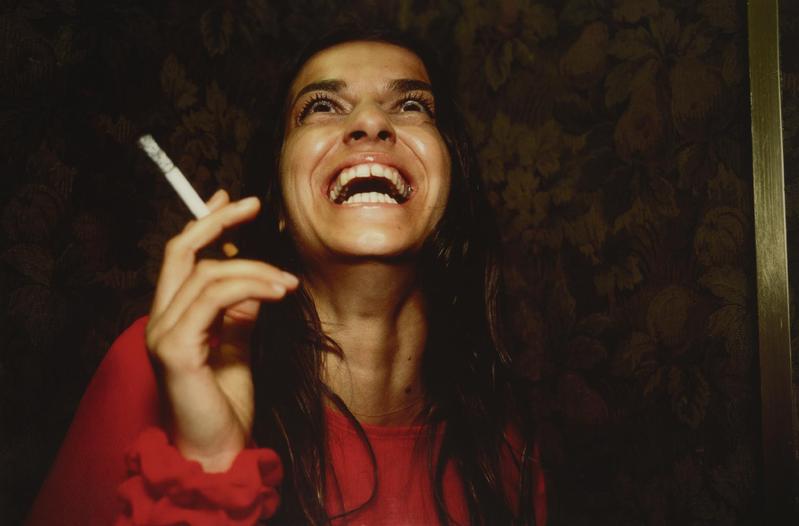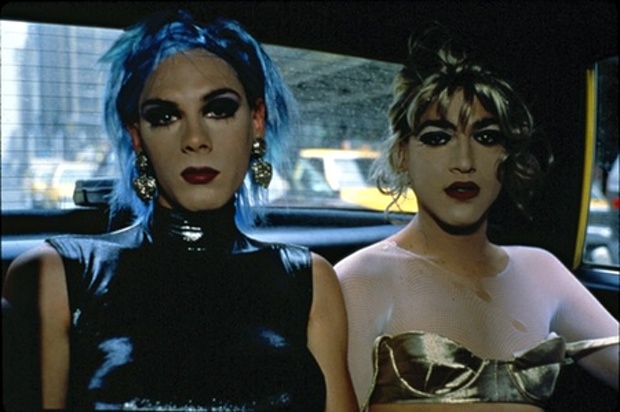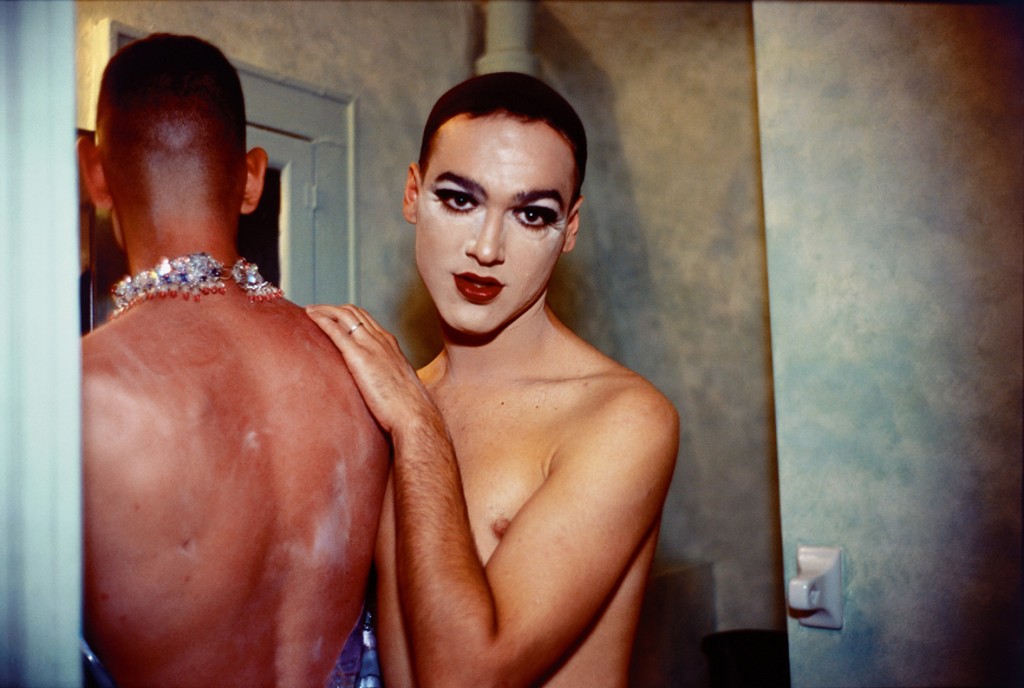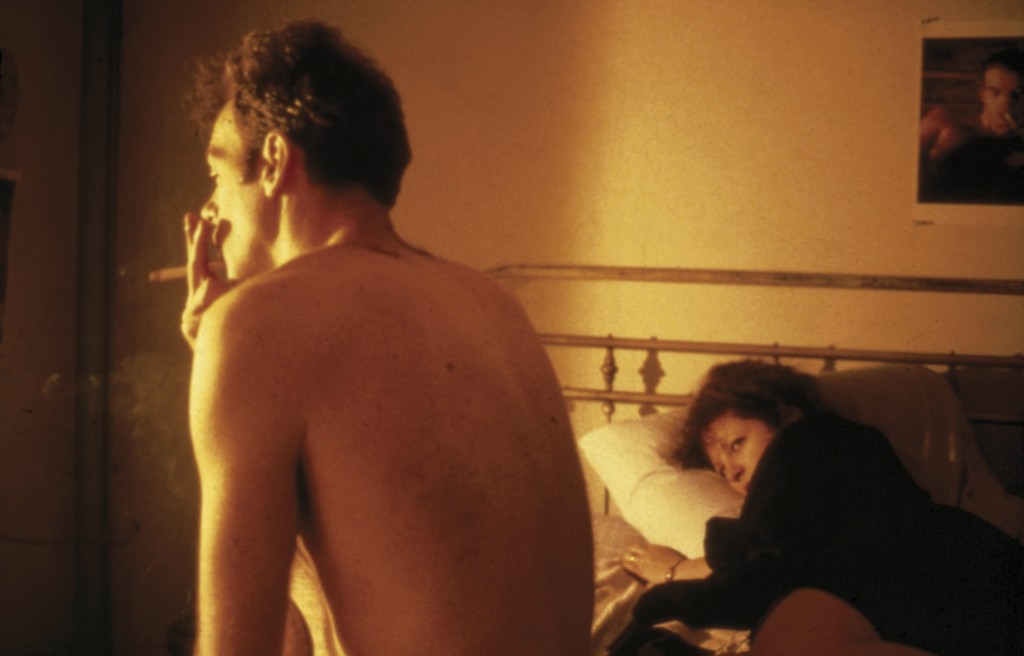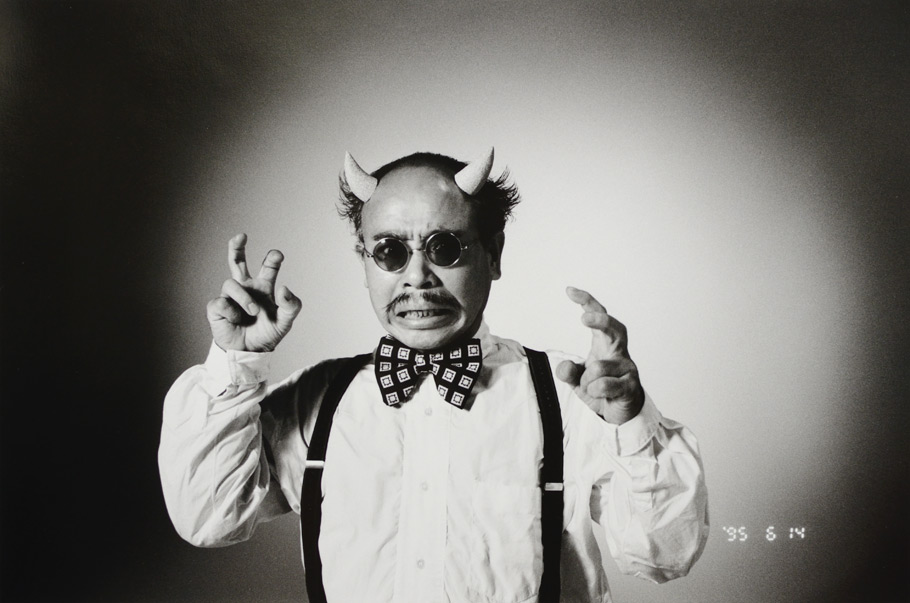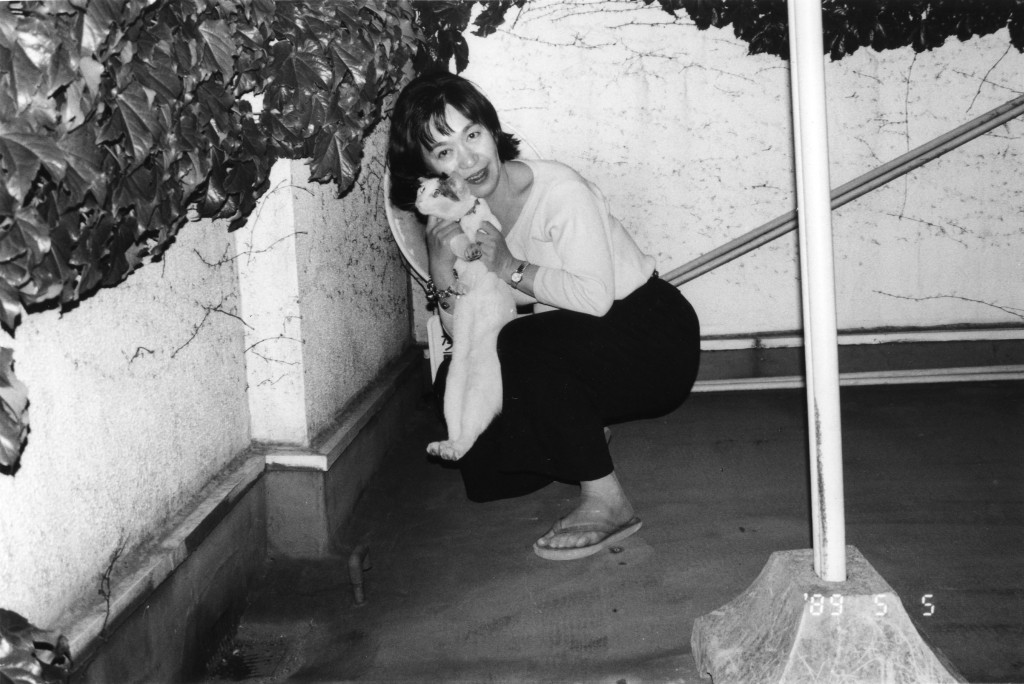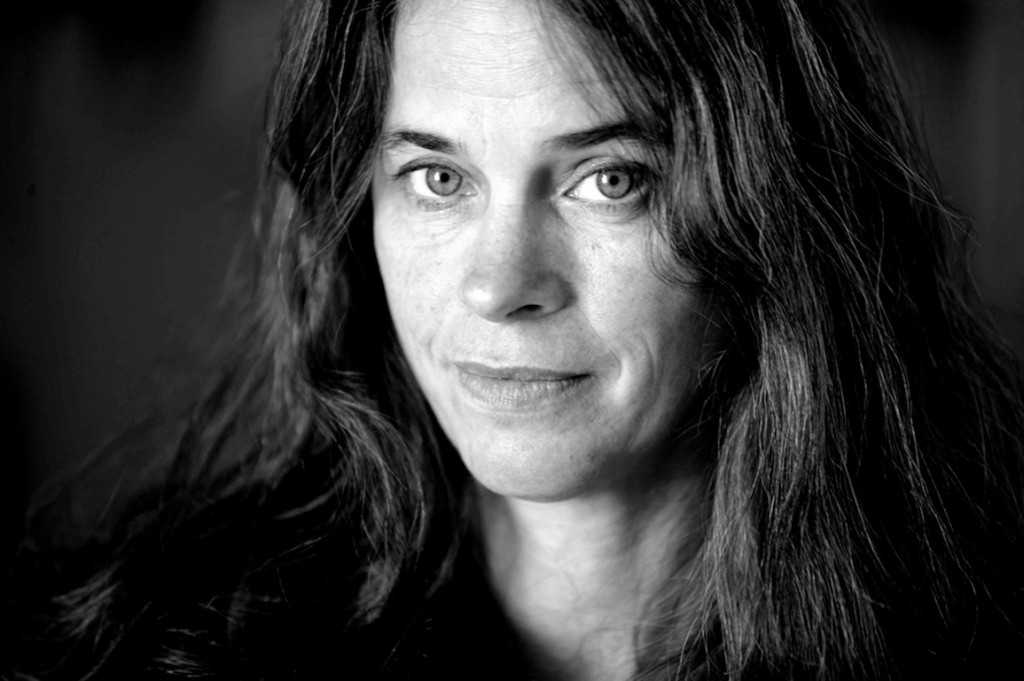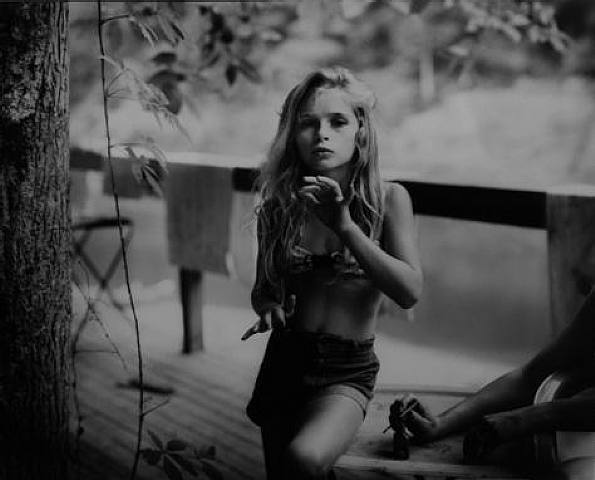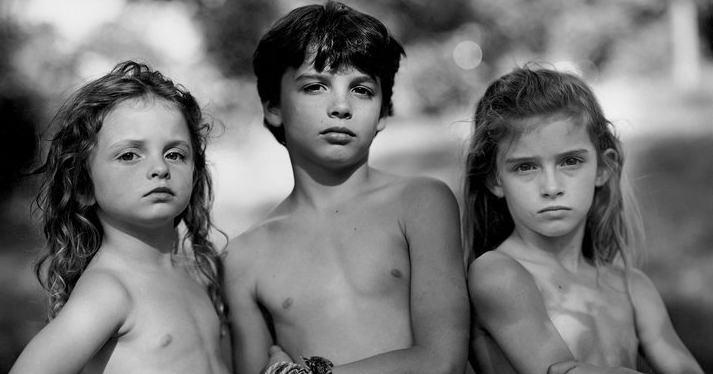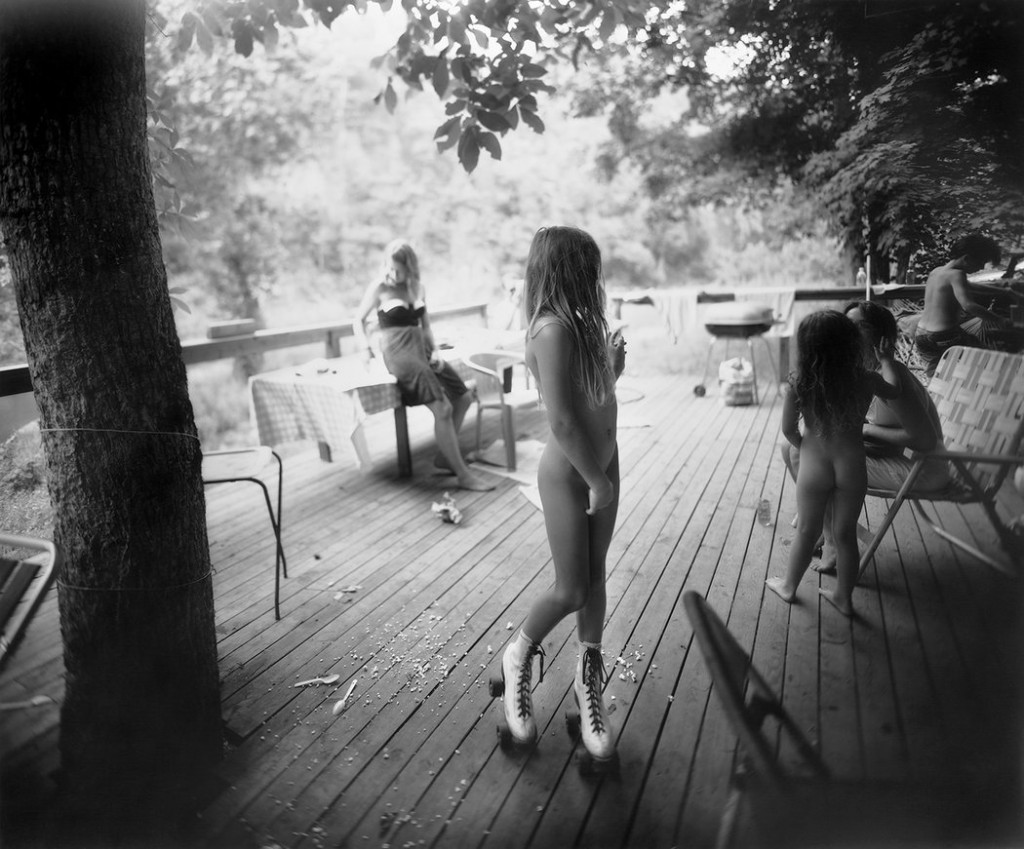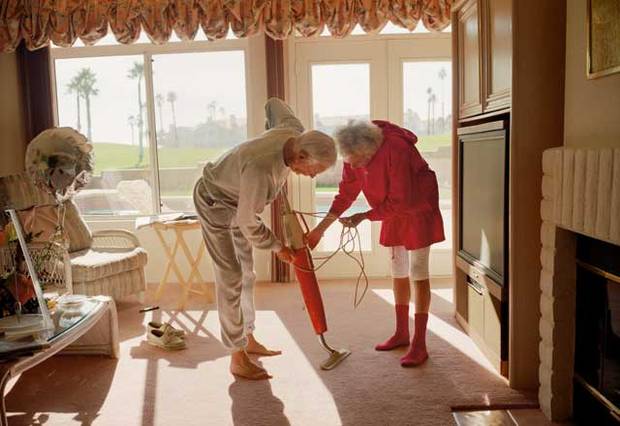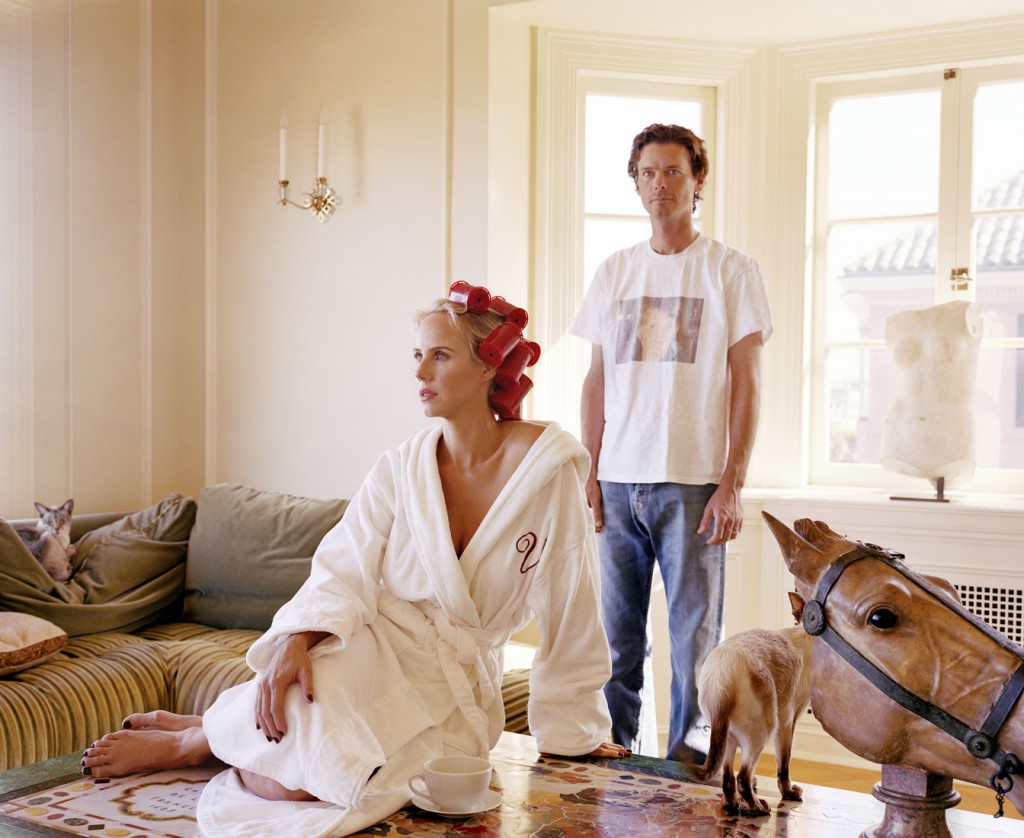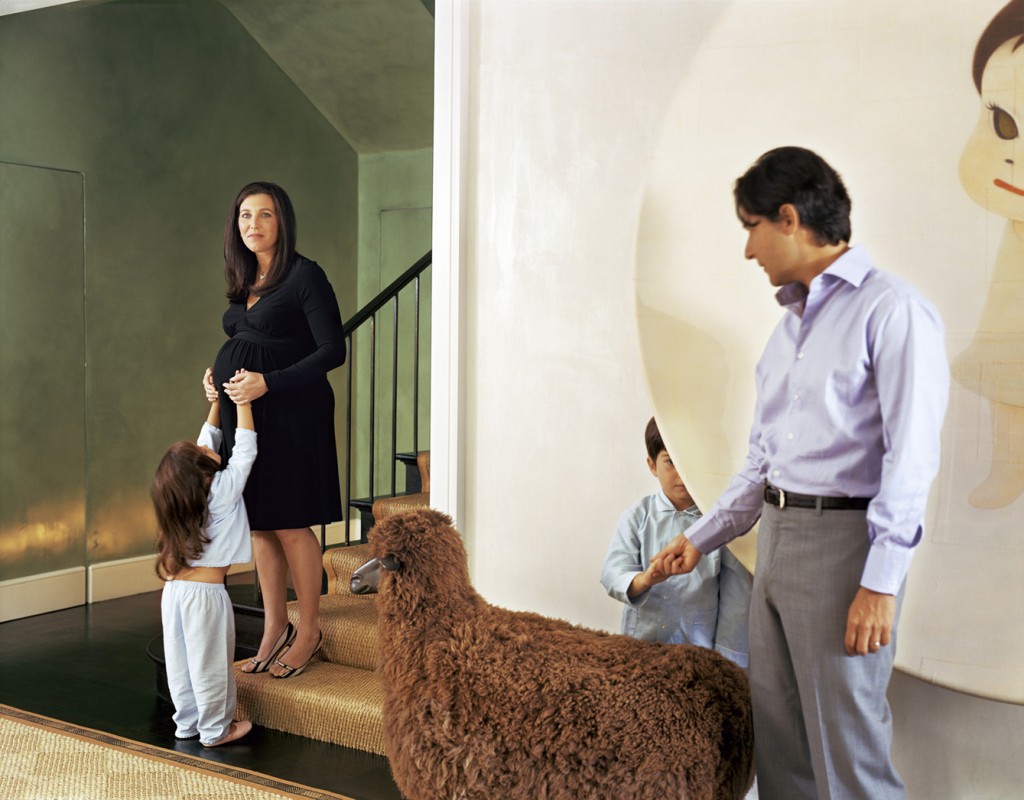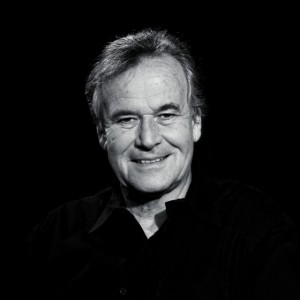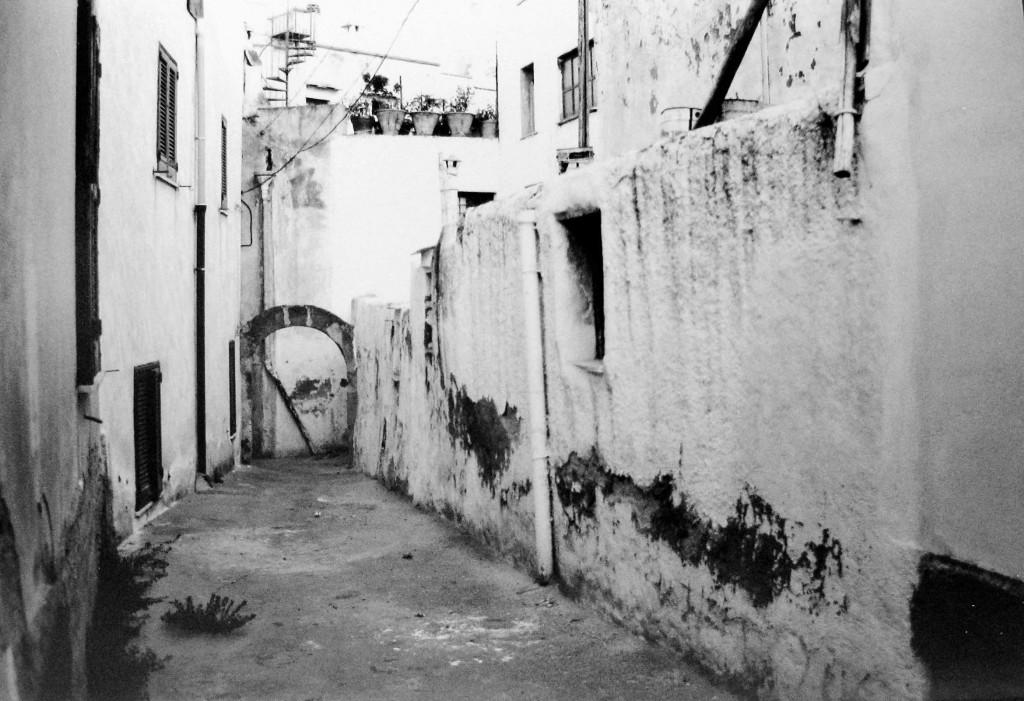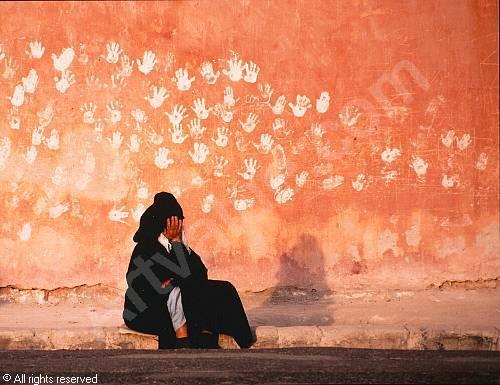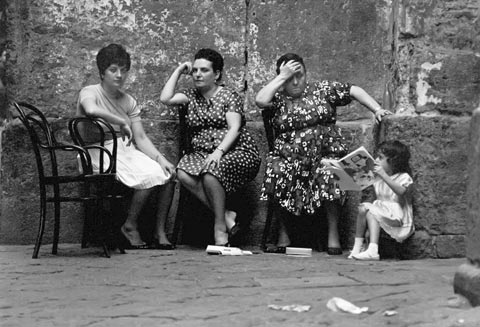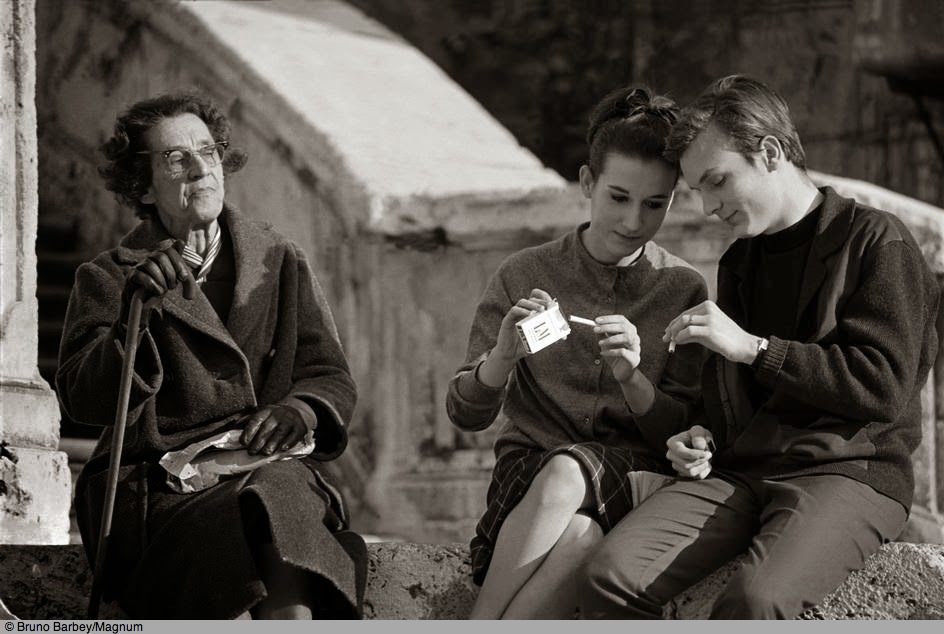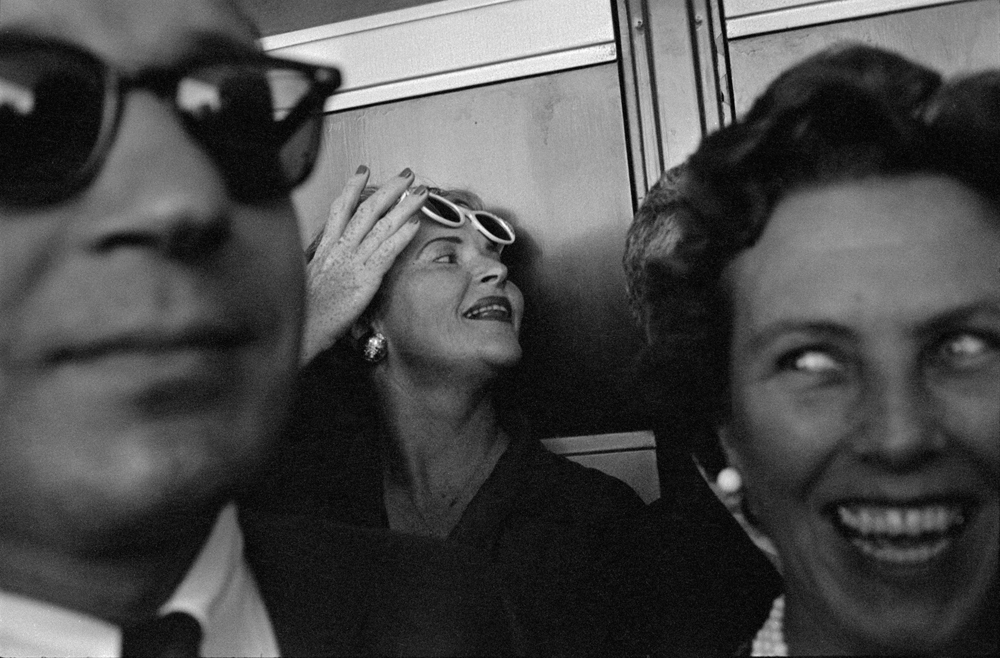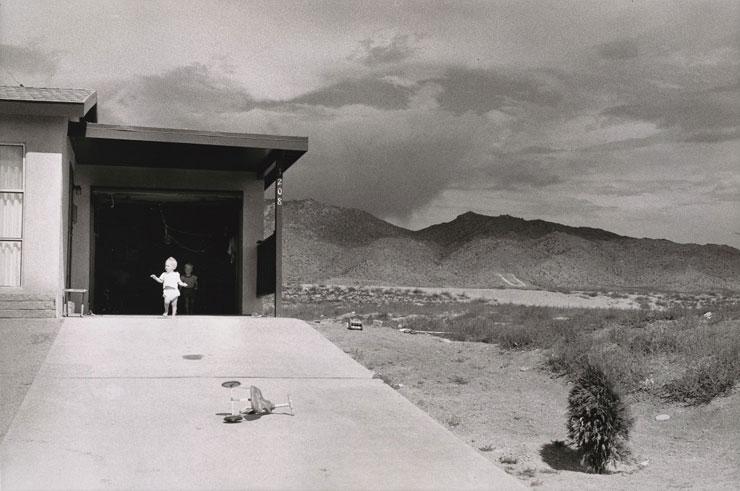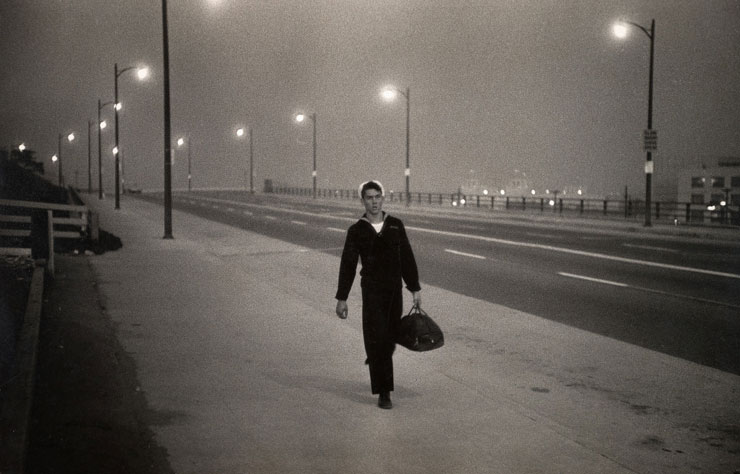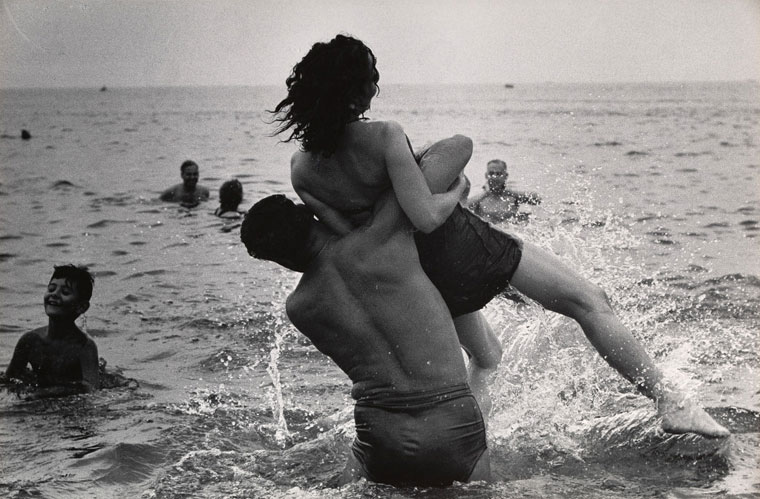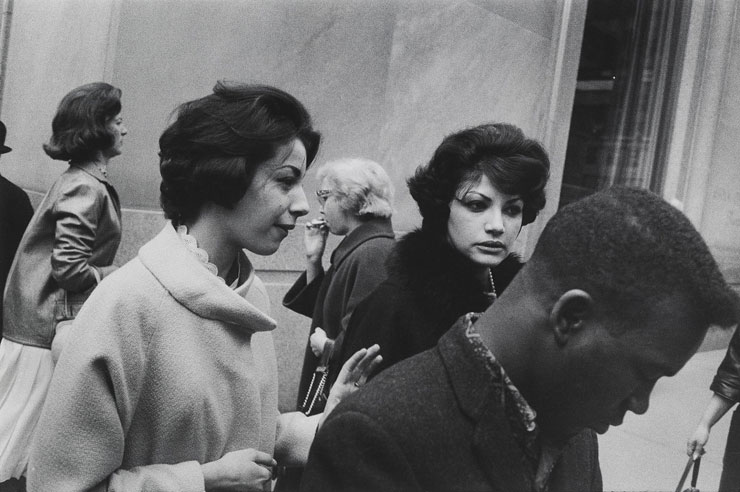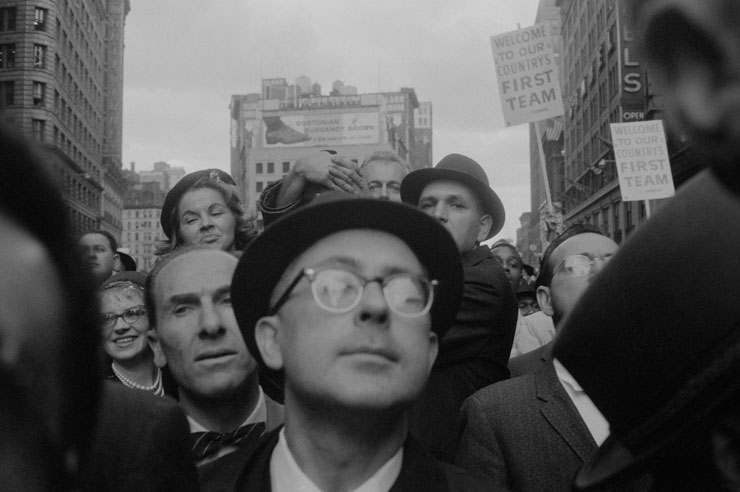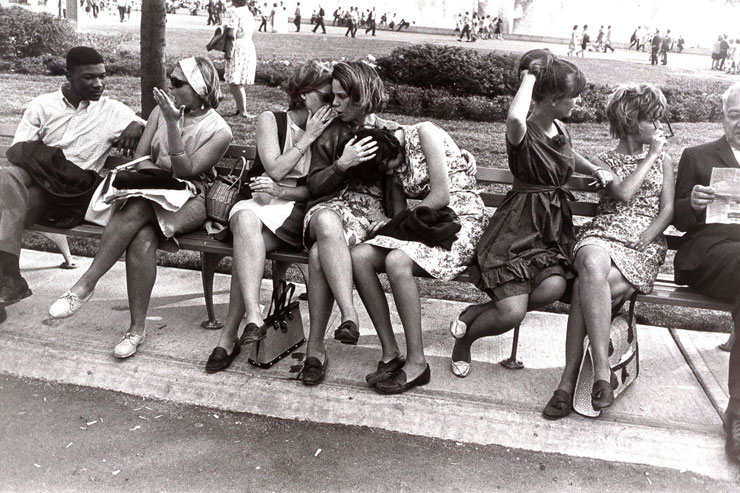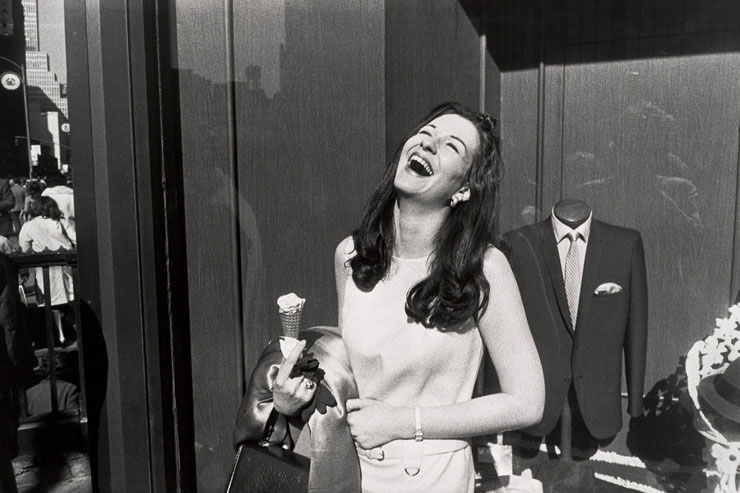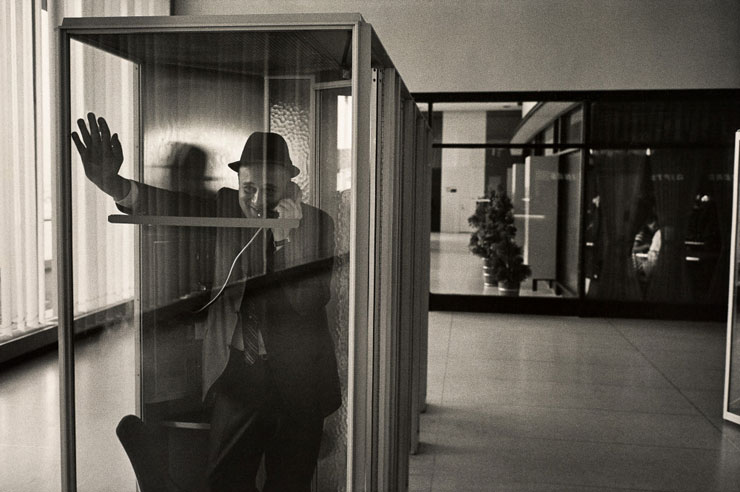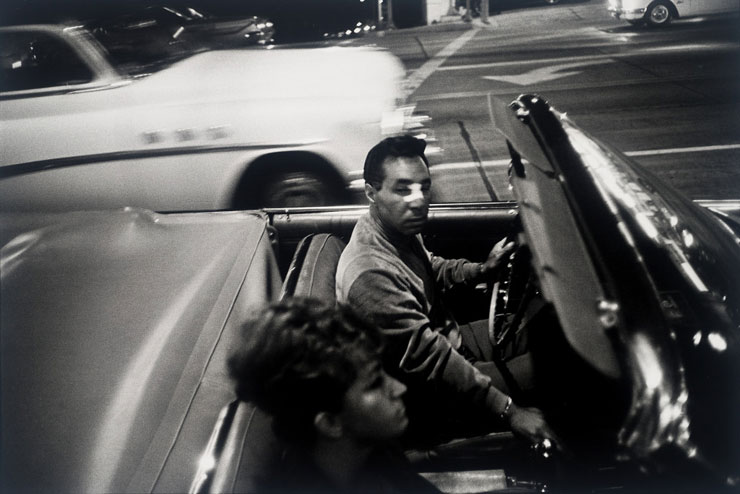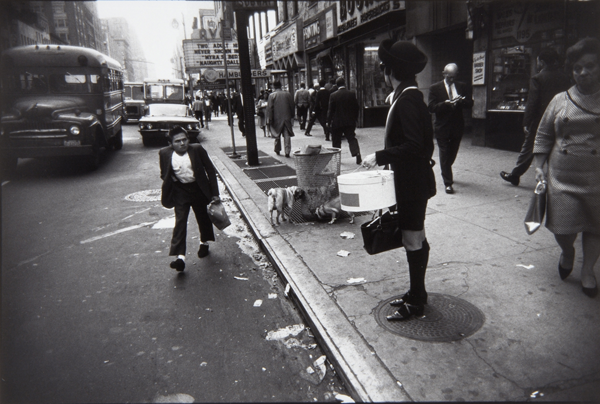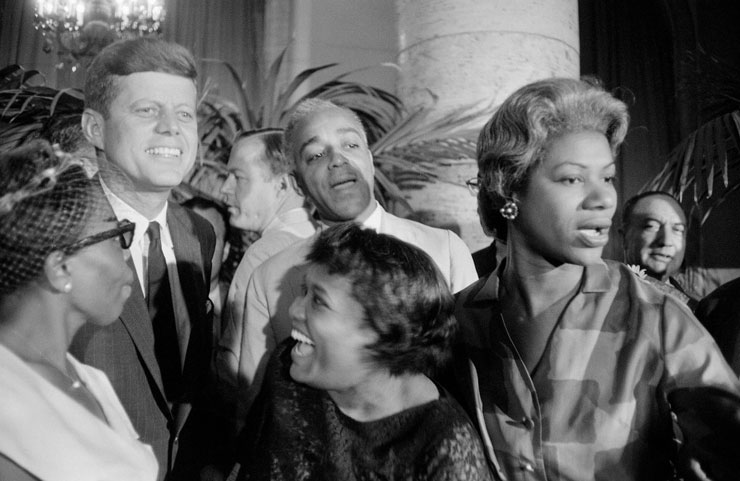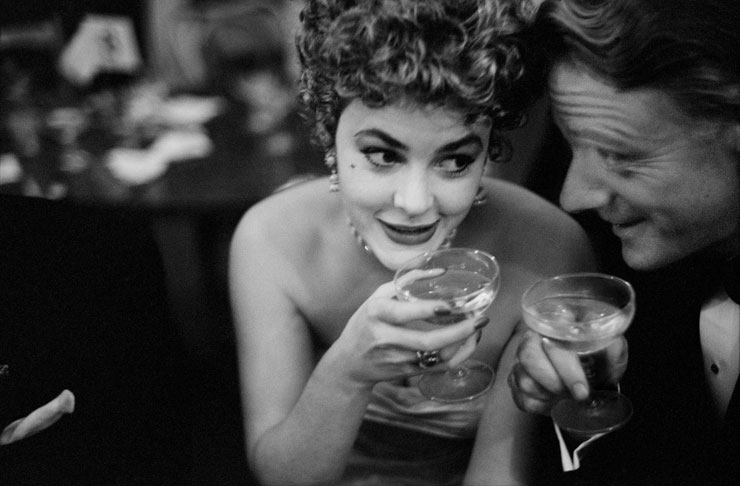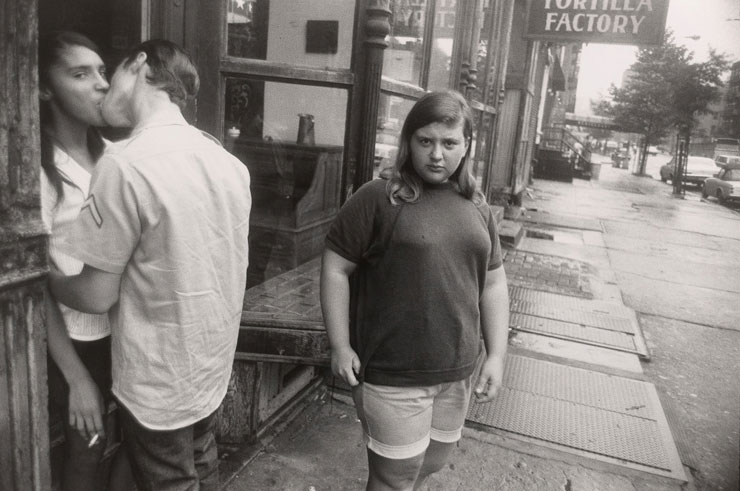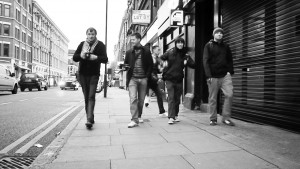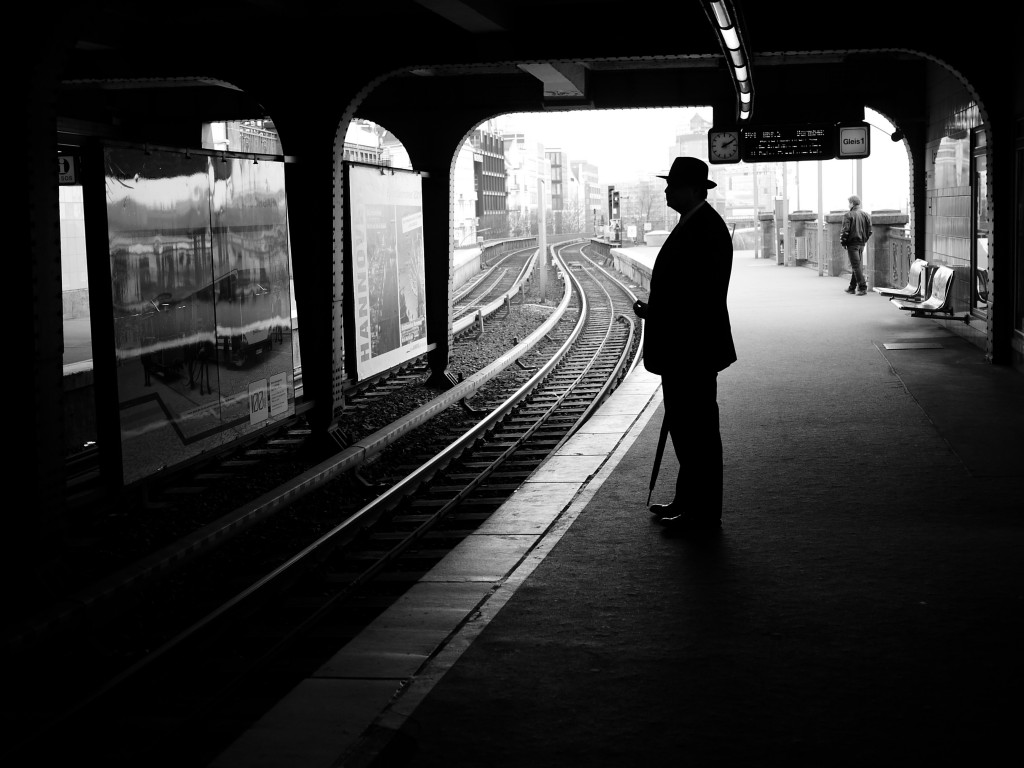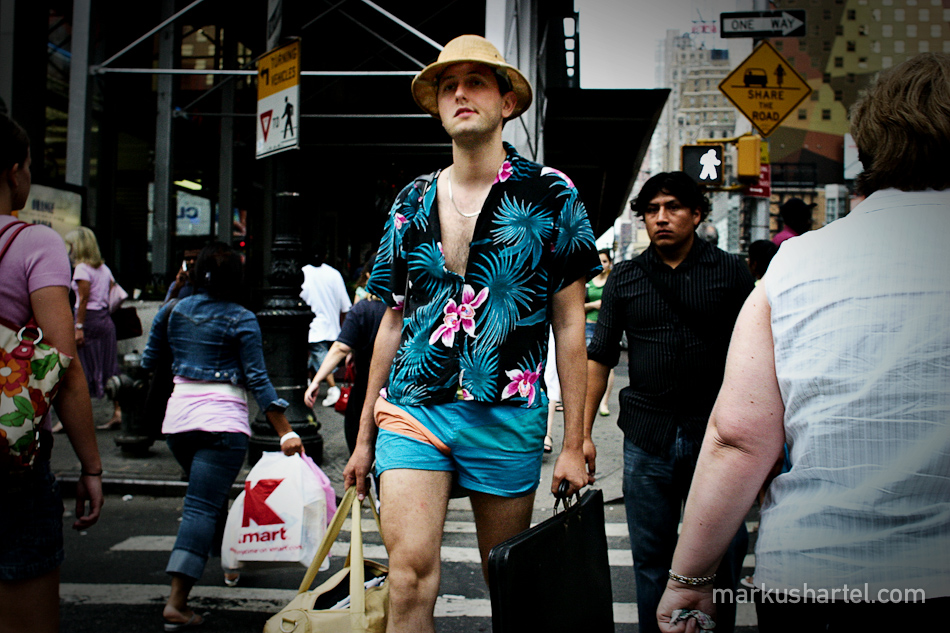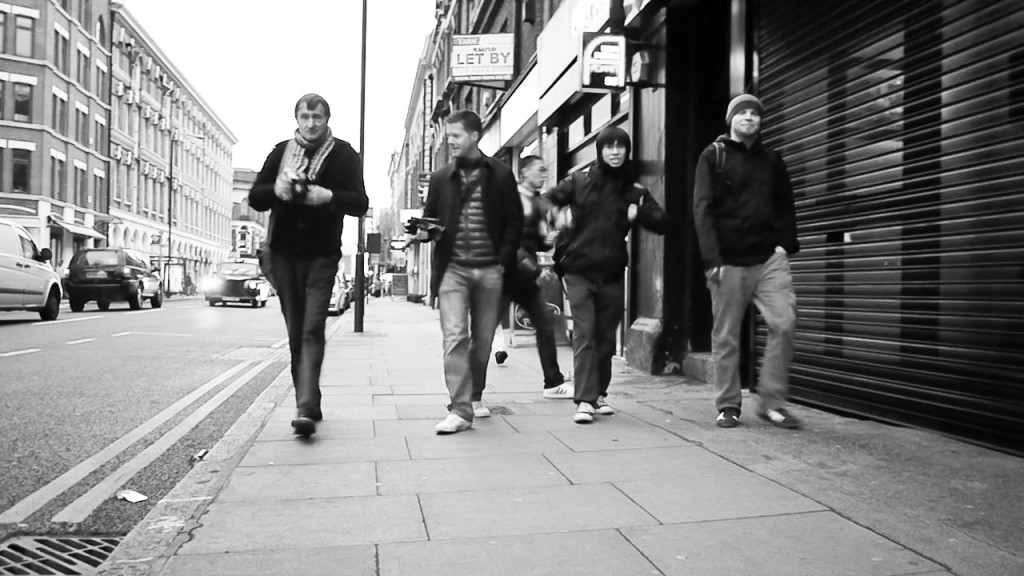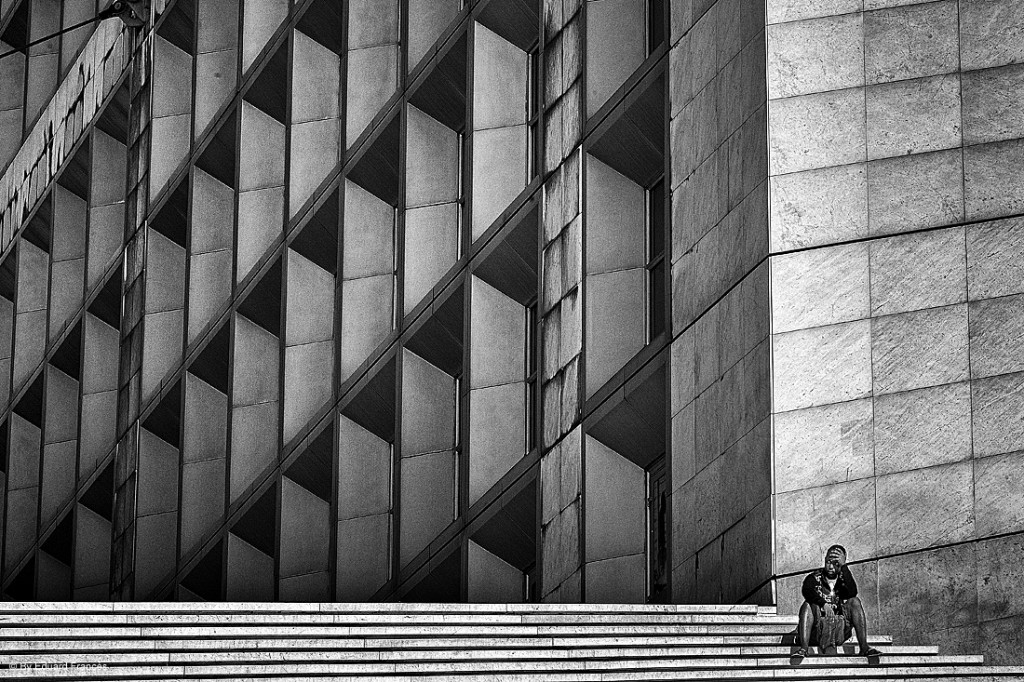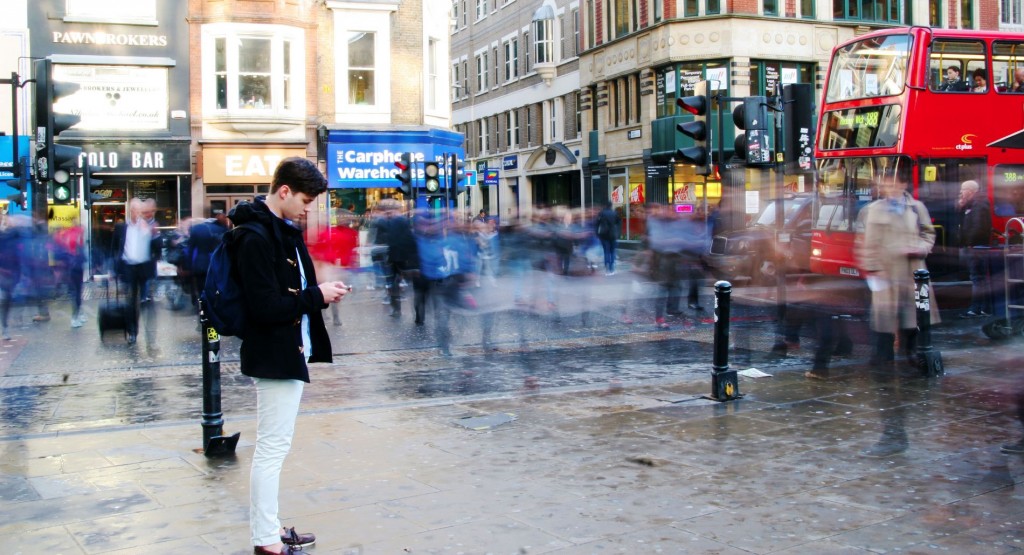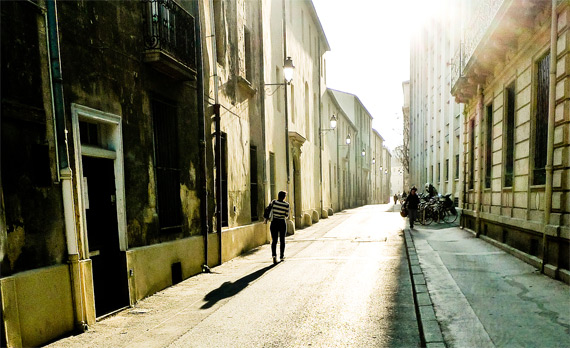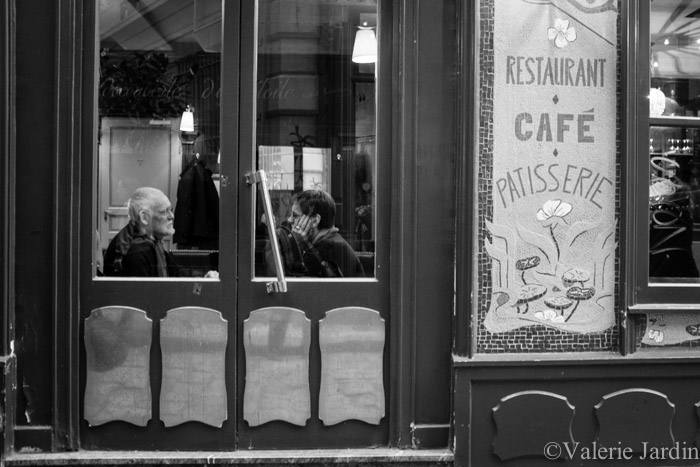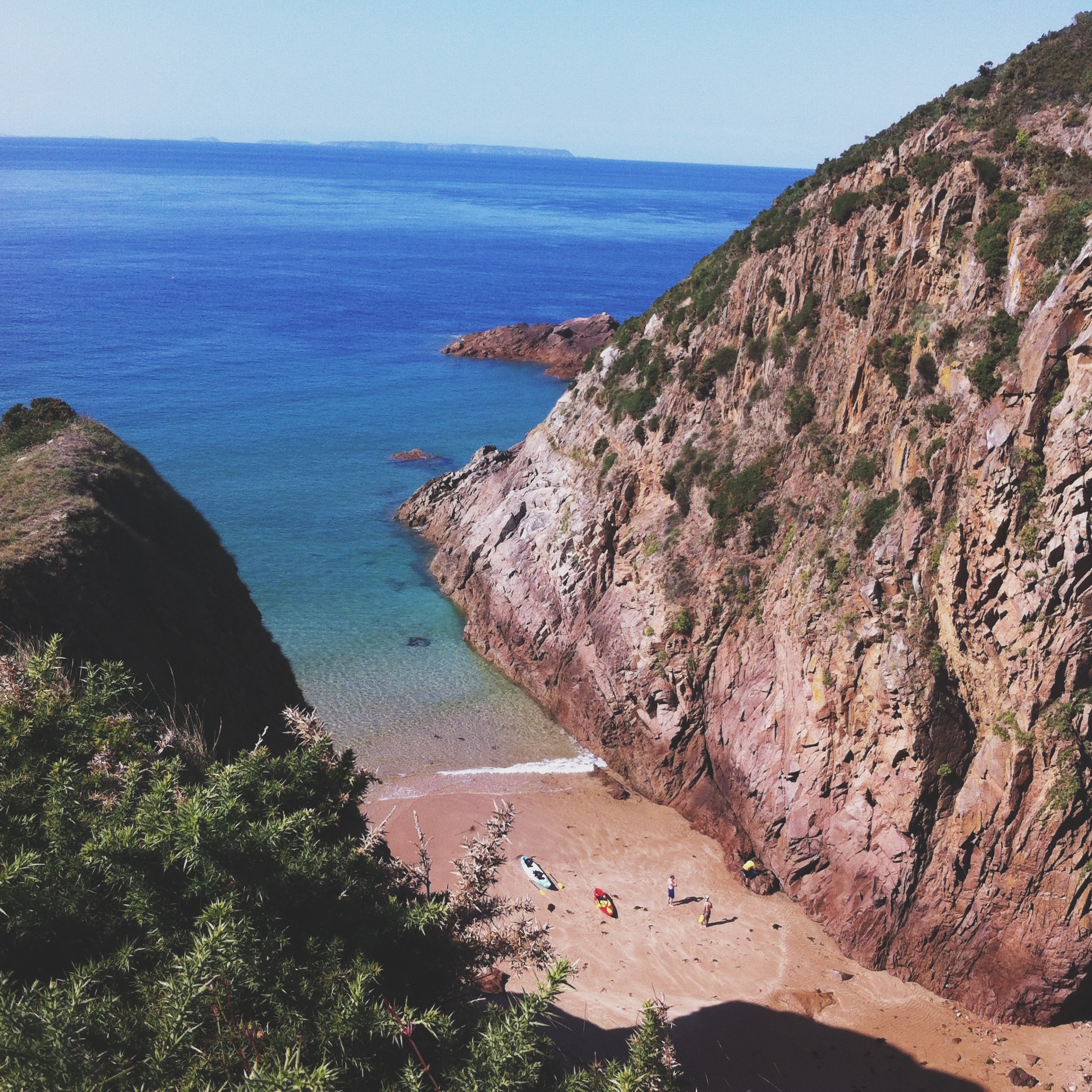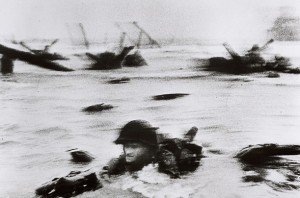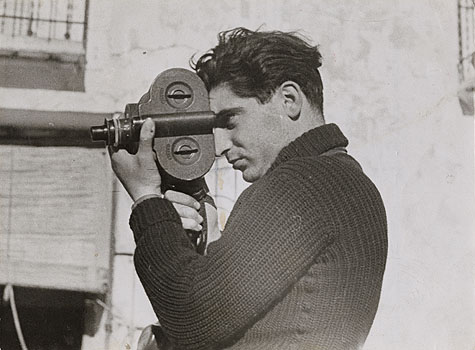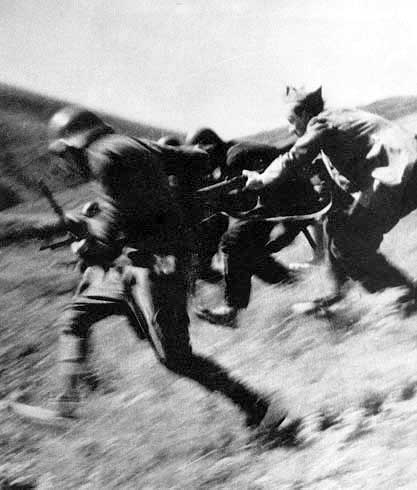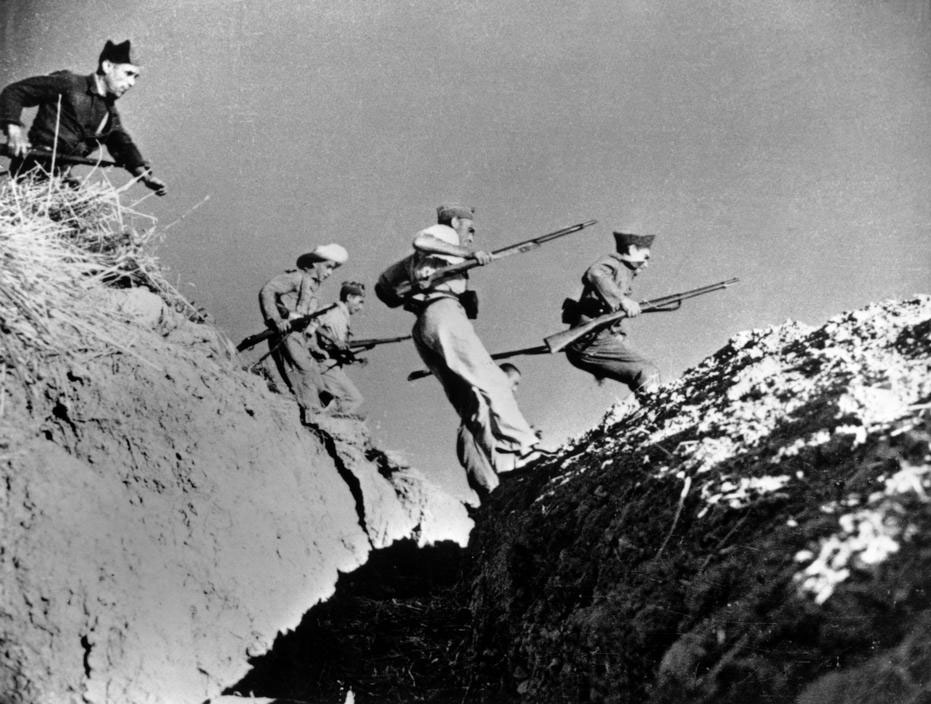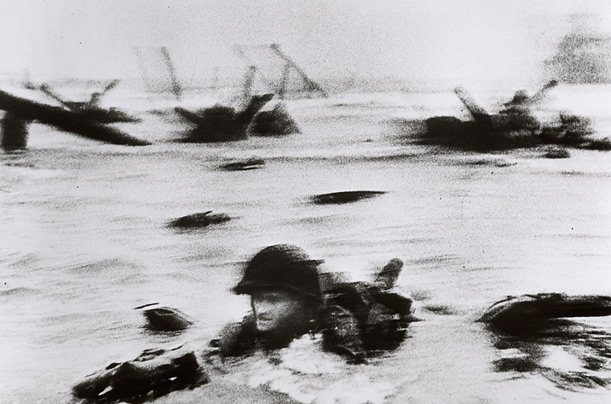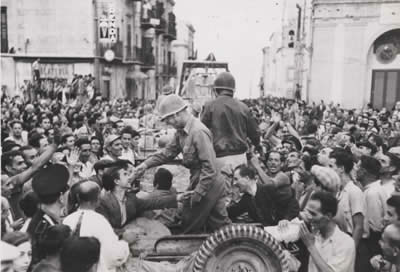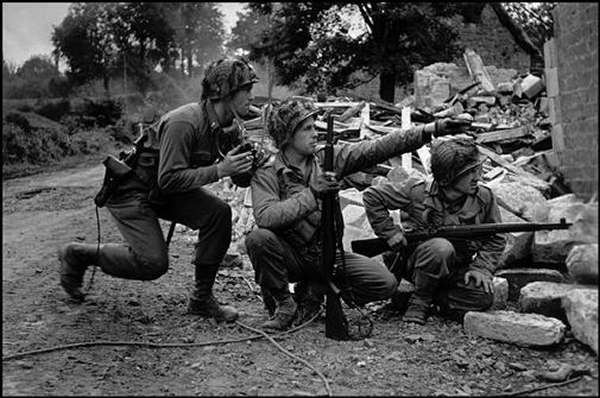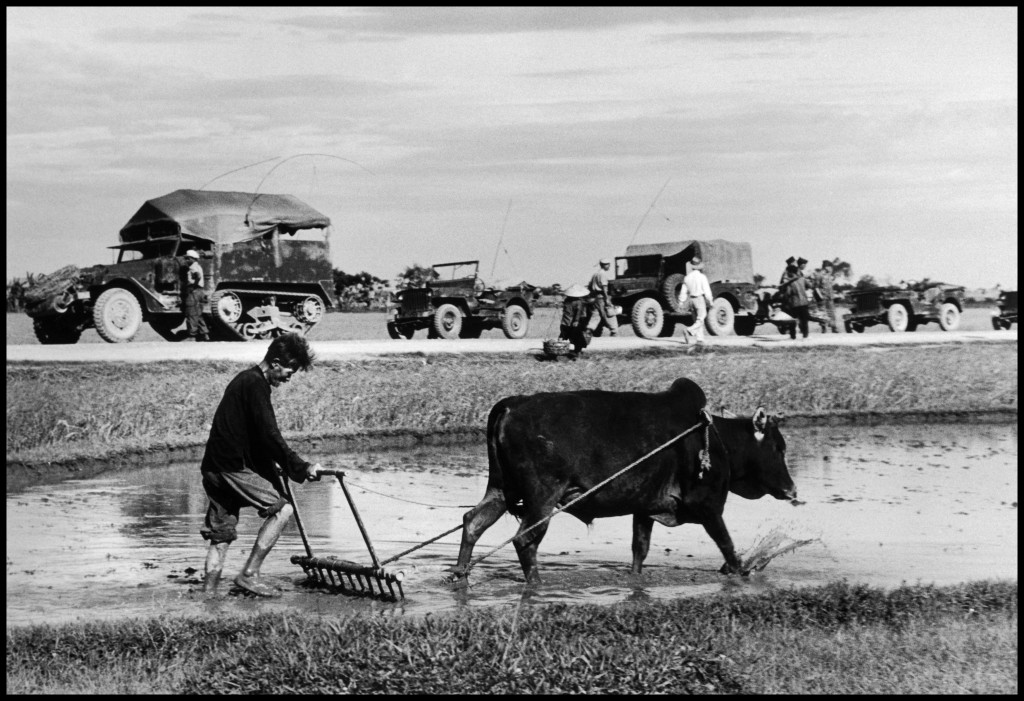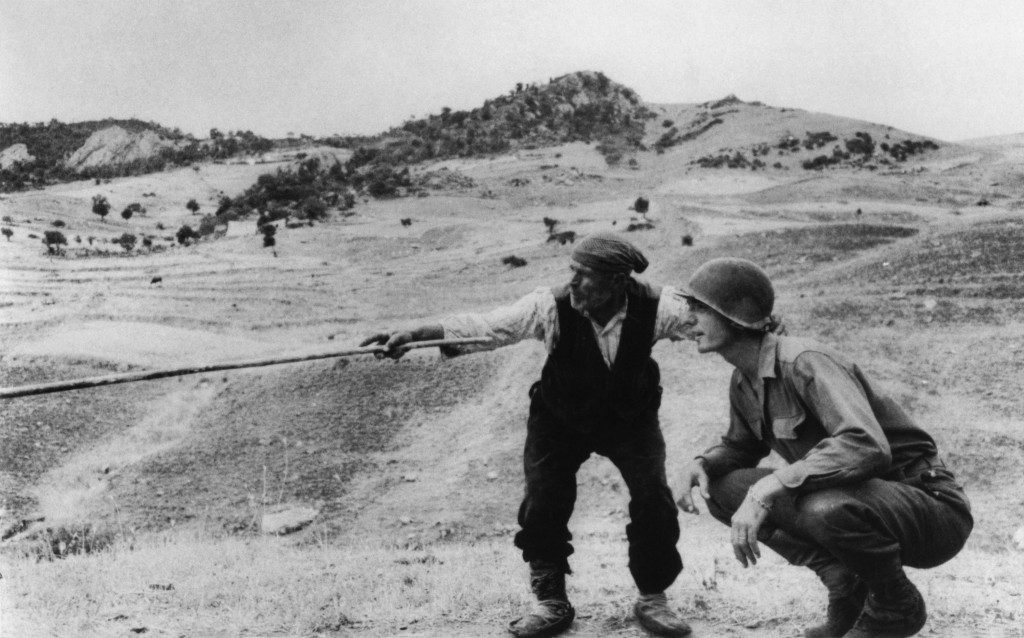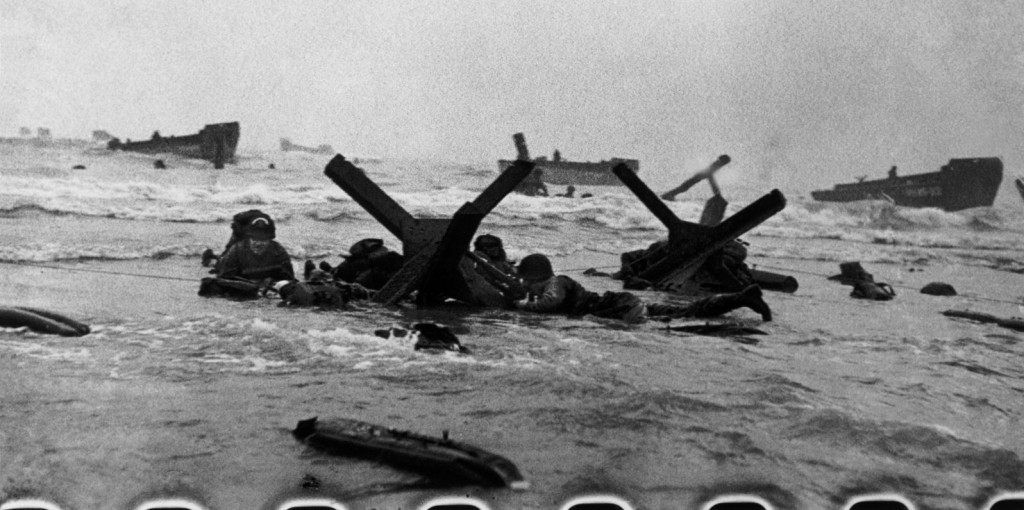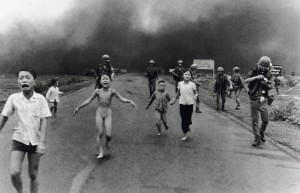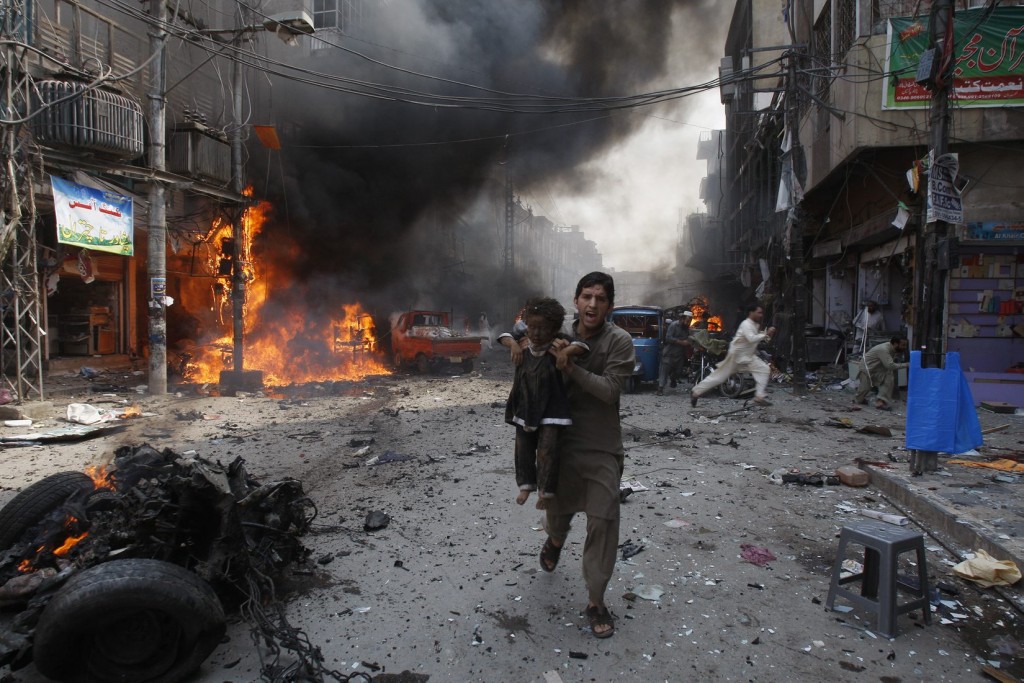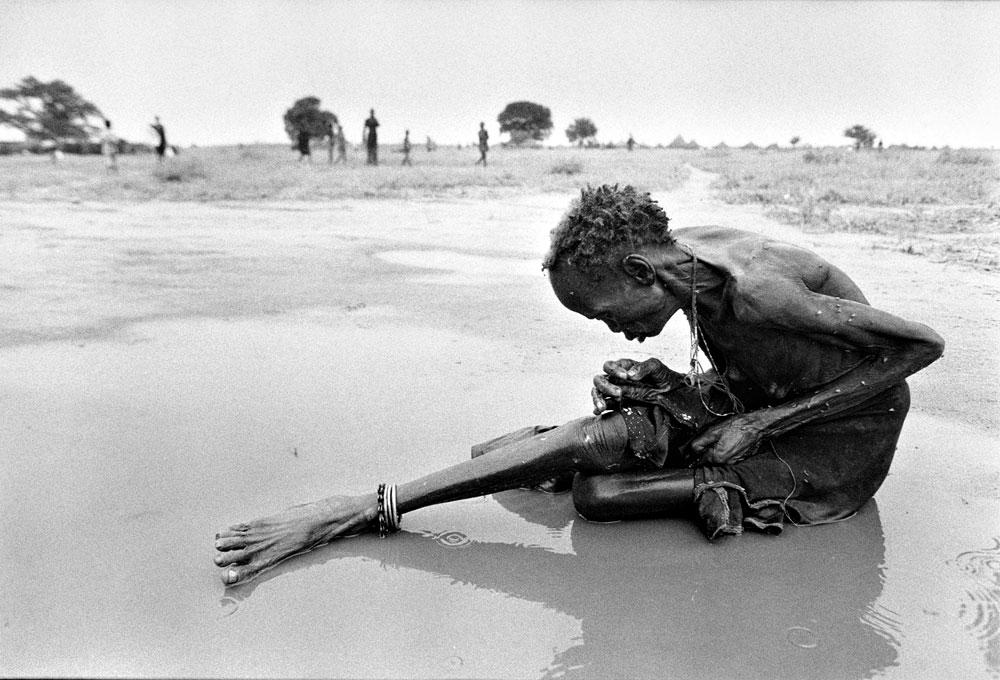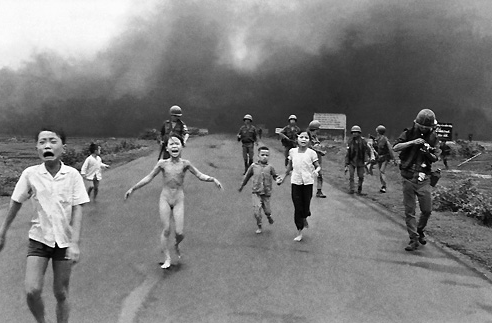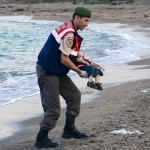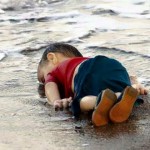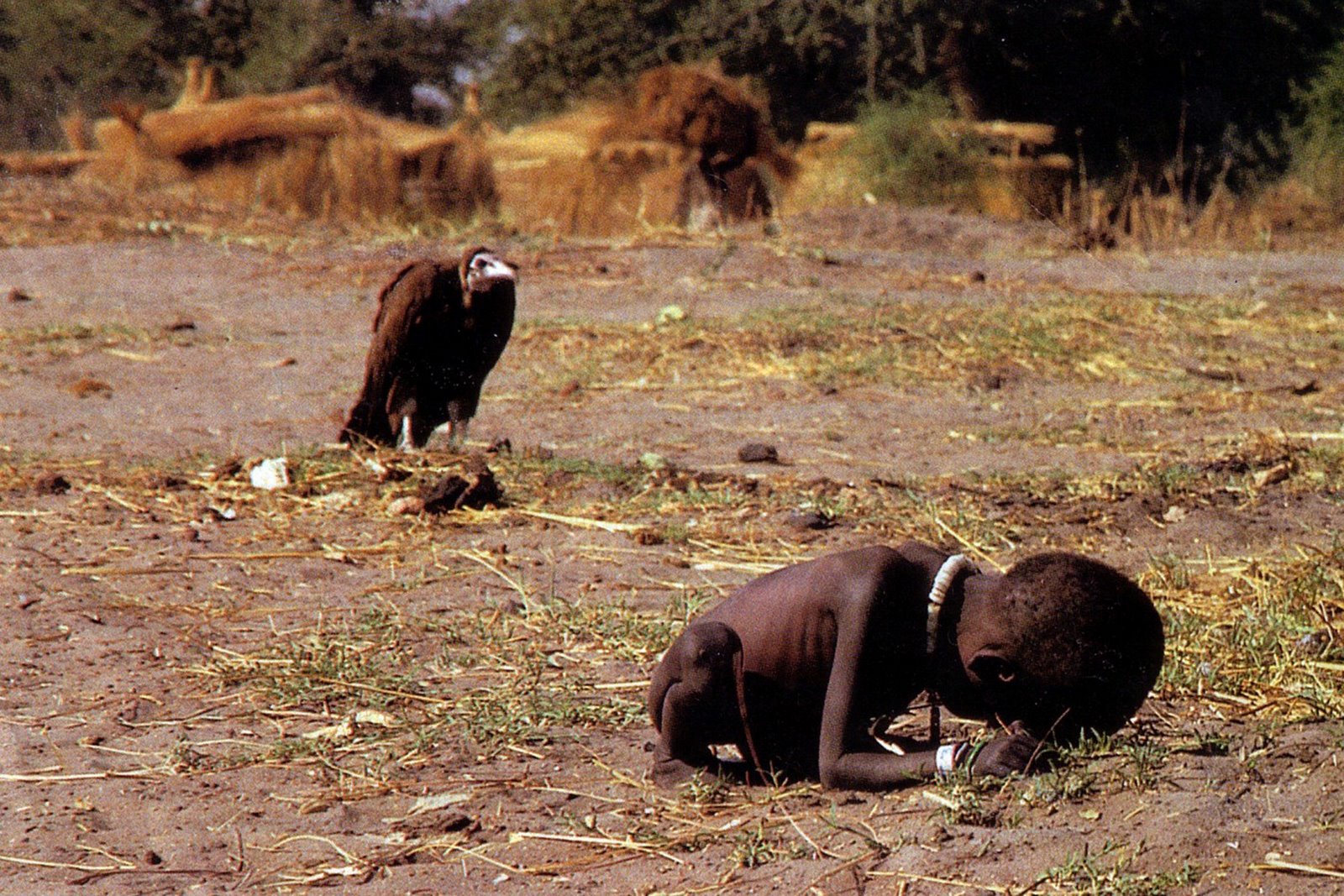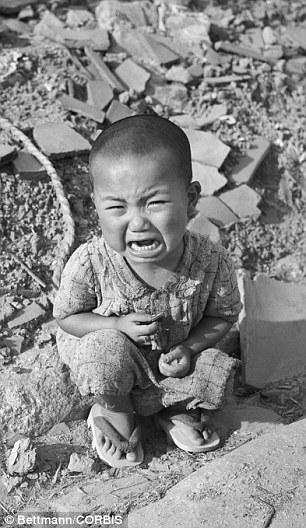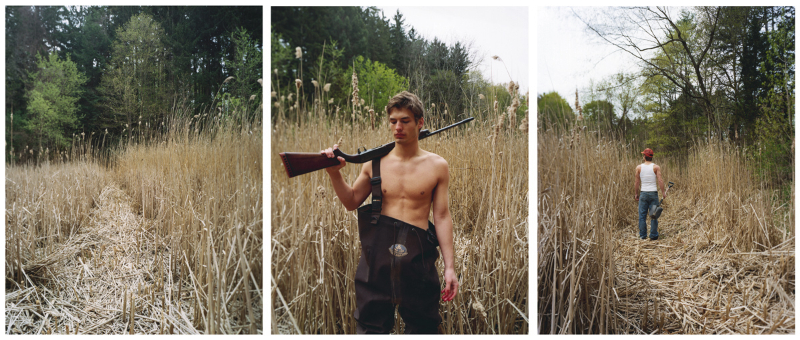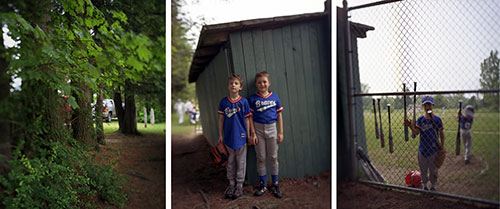This shoot was made when celebrating my nieces first birthday party on Sunday 27th September. Here around thirty people, friends and family, came round to my brother-in-laws parents house to celebrate with us. I decided to take photographs of this to show true family life as well as documenting my nieces first birthday. I don’t think that I made many interesting photographs as they were mostly just family shots and some action shots. I think that family is a very personal thing to photograph and I am not comfortable photographing this, I think I will enjoy focusing more on faith or community. Here are the images that I took from the day, it basically just tells the story of a 1 year old’s first birthday, how the child doesn’t actually know what is going on while the rest of the adults stand around and chat. something that I found when reviewing my images was that her mother was a lot more excited about the party than her daughter was.
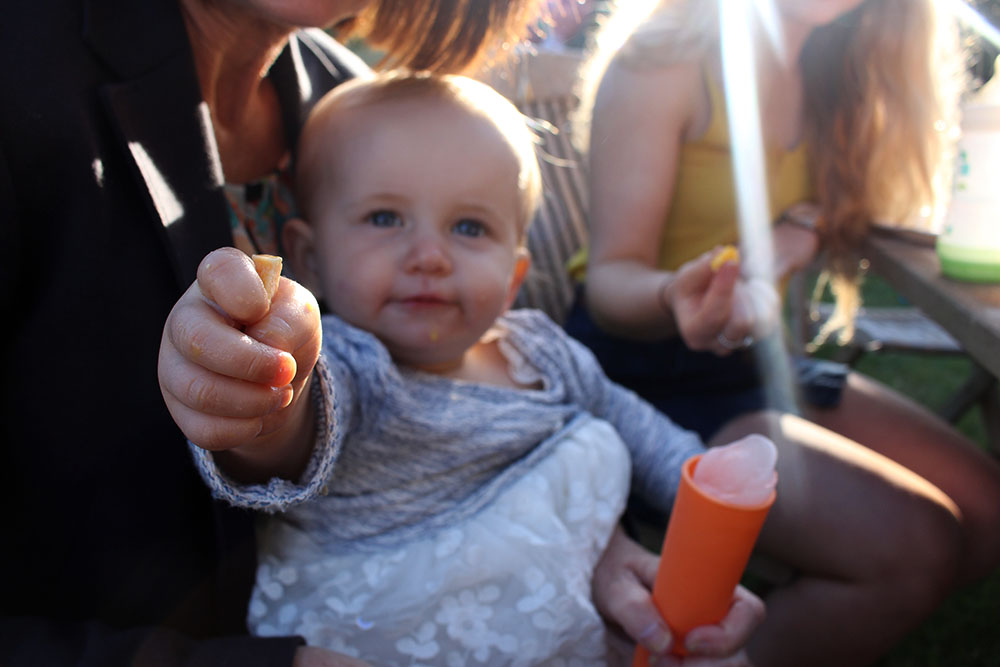 I like this image because it focuses on my niece trying to share her food with me. I found that throughout all of the photos my niece is the only one that acknowledges that I am taking photos and she constantly looks for me and tries to come next to me. This made for come interesting photographs. My niece loves to share as you can see in this image she is looking slightly above the camera at me and is trying to share her food with me. It also shows how she is surrounded by family as she is sitting on her nana’s [my mum] lap and her auntie [my sister] is sat waiting to pass her some more food. I like this photo as the light is creeping in the right side of the image as well as creating dramatic light on my mum’s jacket. There is a lot going on in this photograph giving the spectator more to look at.
I like this image because it focuses on my niece trying to share her food with me. I found that throughout all of the photos my niece is the only one that acknowledges that I am taking photos and she constantly looks for me and tries to come next to me. This made for come interesting photographs. My niece loves to share as you can see in this image she is looking slightly above the camera at me and is trying to share her food with me. It also shows how she is surrounded by family as she is sitting on her nana’s [my mum] lap and her auntie [my sister] is sat waiting to pass her some more food. I like this photo as the light is creeping in the right side of the image as well as creating dramatic light on my mum’s jacket. There is a lot going on in this photograph giving the spectator more to look at.
This image was actually corrupt when I was looking through my photos but I actually quite like it. This is three images that have been put together somehow by my camera/SD card. I think it looks pretty good and I think it looks like a collage. I don’t think that this image is very strong as a final image but I do find it interesting as it was a mistake but it seemed to catch your eye. This image brings together three different photos from different times in the day and different elements of what was going on in the garden.
I don’t think that I would use any of these images to tell a story for family as I don’t think they are good enough. The photos are ok but there is no real meaning behind them with no real dramatic or standout issues. These images are plain and simple which I do not think is good enough after researching some family photographers. I really think that these images are boring as it’s only parts of an ordinary day with an ordinary group of people and nothing very interesting happened that day. I guess that for some people these images could be a good insight on someone else’s life and how other people celebrate birthdays etc. I think that to link to this idea of photographing my niece I would possibly follow my sister round for a day and see what it is really like to care for a small baby and to show that it isn’t as easy and fun as TV and films tend to make it out to be.
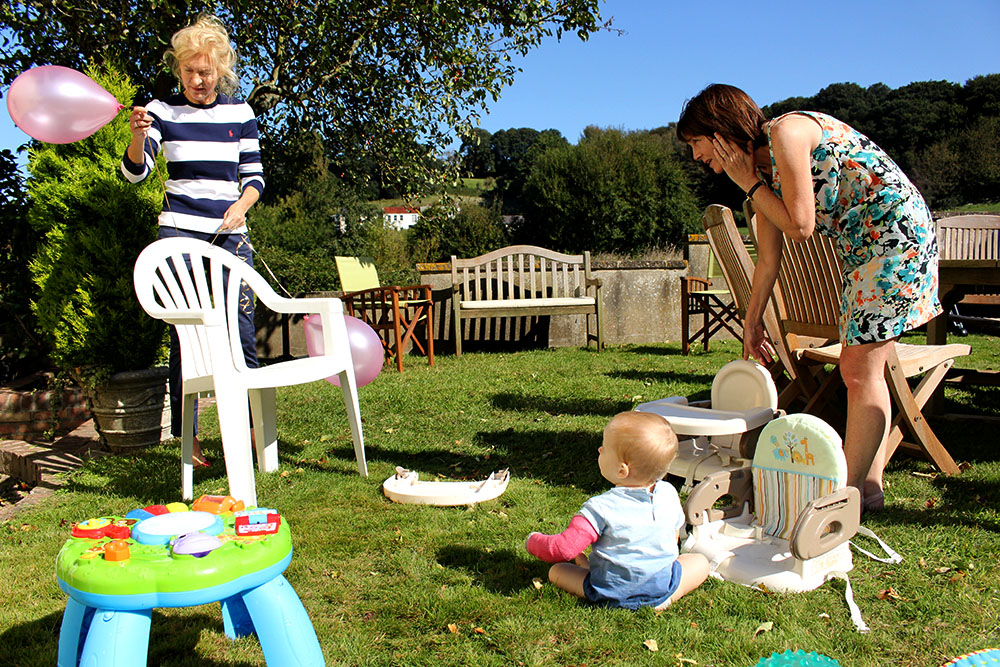 I like this photograph because it is quite simple. It shows my niece with her broken arm, my mum [her nana] and my brother-in-laws mum [her nanny]. I don’t really have a solid reason for liking this image apart from how clear and bright it is. Everything seems to be well lite and it is an action shot from throughout the day of my niece’s birthday. I like that they are all ignoring the camera and acting like themselves. I find this image shows that her nana cares about her and is looking out for her to make sure that she doesn’t fall over while attempting to stand up using her chair. It also shows my niece looking up at her nanny as if in awe of her or just happily watching her as she fixes the balloons. I just like this image because of how clear the actual image itself is.
I like this photograph because it is quite simple. It shows my niece with her broken arm, my mum [her nana] and my brother-in-laws mum [her nanny]. I don’t really have a solid reason for liking this image apart from how clear and bright it is. Everything seems to be well lite and it is an action shot from throughout the day of my niece’s birthday. I like that they are all ignoring the camera and acting like themselves. I find this image shows that her nana cares about her and is looking out for her to make sure that she doesn’t fall over while attempting to stand up using her chair. It also shows my niece looking up at her nanny as if in awe of her or just happily watching her as she fixes the balloons. I just like this image because of how clear the actual image itself is.
Here I have selected a series of 12 of my favourite images that I think work better together. I think that these images tell the story of my little niece and brings in different elements of the day for everyone. I think that these shots are good and interesting to see another perspective of other people’s lives during an event like a birthday. I think that these photos work well and give a clear understanding of what was going on throughout that day. The spectator is able to see what goes on behind the scenes of an Instagram photo or a Facebook post. I tried to get photos of my subjects off guard and not looking at the camera so to get the most raw photographs possible. If I had to choose a favourite image it would probably be the one below just because I find it the most interesting and it is quite off guard and isn’t staged at all which ties in with it being more documentary style.
More experimentation
 This is one of my favourite black and white images as it shows my niece trying to stand up on her own using her little chair for support. I think this image is simple and looks good. I like that my mum is cut off only showing her hands holding down the chair so that my niece doesn’t fall over on her face. The facial expression of my niece looks very concentrated as if she is trying really hard to stand up and using all of her power to do so. It shows a growing stage in her life and how she needs to work on her own and learn how to walk on her own two feet.
This is one of my favourite black and white images as it shows my niece trying to stand up on her own using her little chair for support. I think this image is simple and looks good. I like that my mum is cut off only showing her hands holding down the chair so that my niece doesn’t fall over on her face. The facial expression of my niece looks very concentrated as if she is trying really hard to stand up and using all of her power to do so. It shows a growing stage in her life and how she needs to work on her own and learn how to walk on her own two feet.
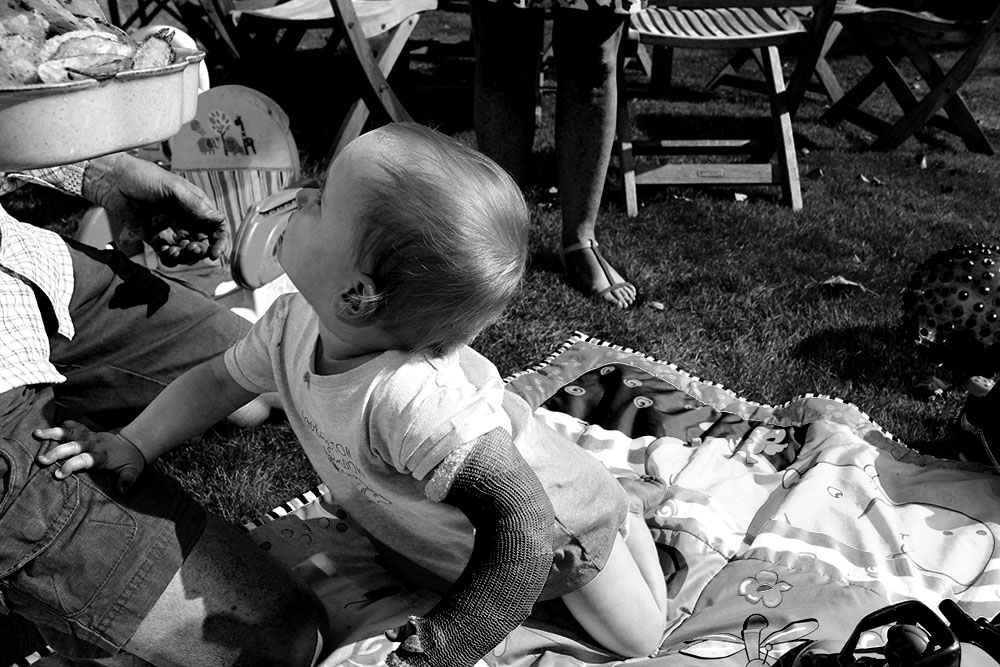 I also like this image as it shows my niece with her broken arm. She is looking up at her grandfather and holding onto his leg in the hopes that he will give her some of the crisps that he is holding for the party. I like that she is looking up at him as if she is begging for the food. I like this image in black and white as it makes it more effective and allows the spectator to focus in on what the subject is doing the facial expression of that subject rather than focusing on the environment and all of the colours surrounding my subject. For this shoot I took inspiration from the photographer Kristen Lewis by taking more action shots of the family and to catch them in moments, when something more exciting is happening or even when no one is going anything and are looking bored. I took inspiration from Lewis as I found her images very simple and I wanted to use that with my family photo shoot. I also like that a lot of her images are in black and white which I also like to use as it allows the spectator to focus in on the subject and what is going on within the picture rather than focusing in on the colours and environment surrounding the subject.
I also like this image as it shows my niece with her broken arm. She is looking up at her grandfather and holding onto his leg in the hopes that he will give her some of the crisps that he is holding for the party. I like that she is looking up at him as if she is begging for the food. I like this image in black and white as it makes it more effective and allows the spectator to focus in on what the subject is doing the facial expression of that subject rather than focusing on the environment and all of the colours surrounding my subject. For this shoot I took inspiration from the photographer Kristen Lewis by taking more action shots of the family and to catch them in moments, when something more exciting is happening or even when no one is going anything and are looking bored. I took inspiration from Lewis as I found her images very simple and I wanted to use that with my family photo shoot. I also like that a lot of her images are in black and white which I also like to use as it allows the spectator to focus in on the subject and what is going on within the picture rather than focusing in on the colours and environment surrounding the subject.
